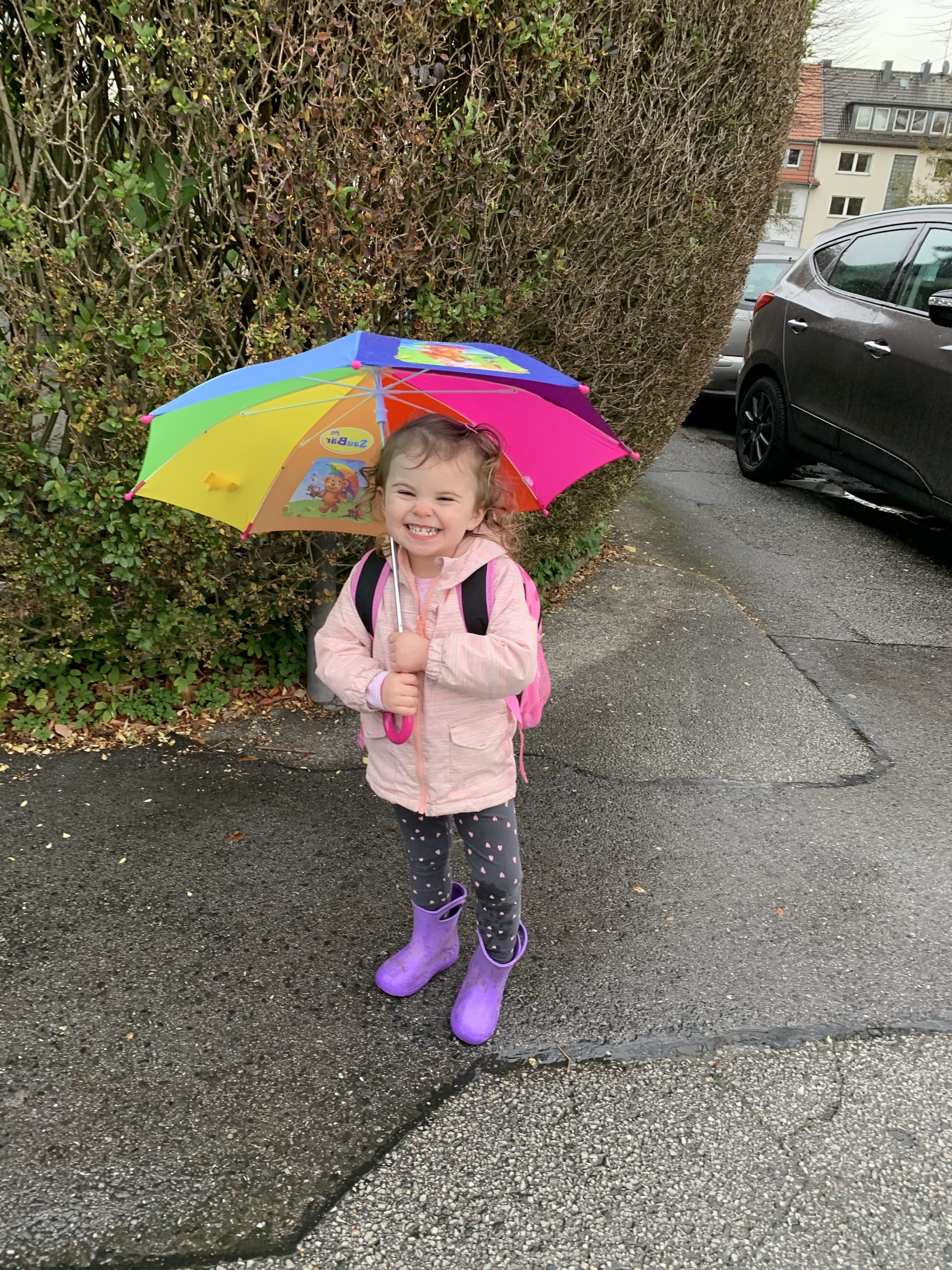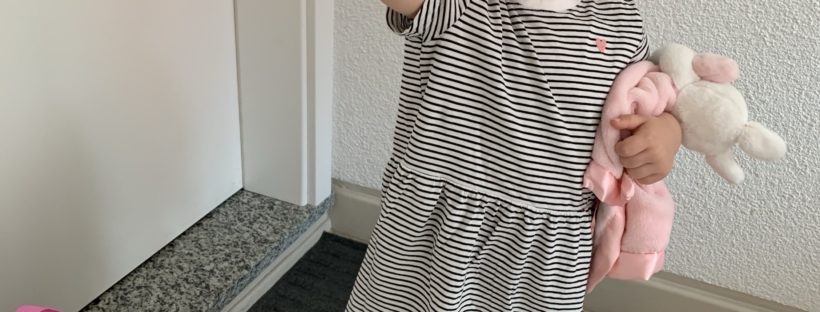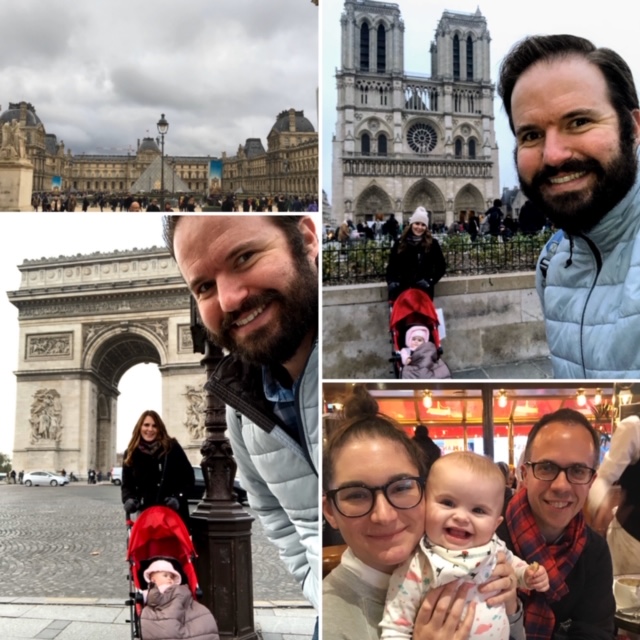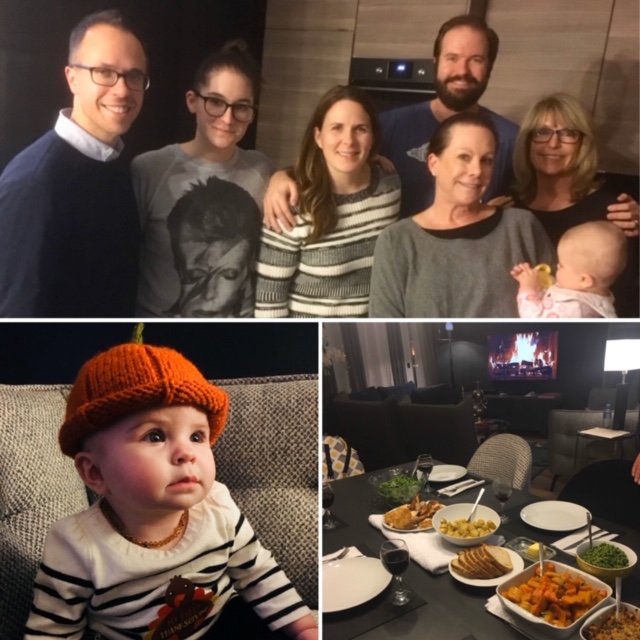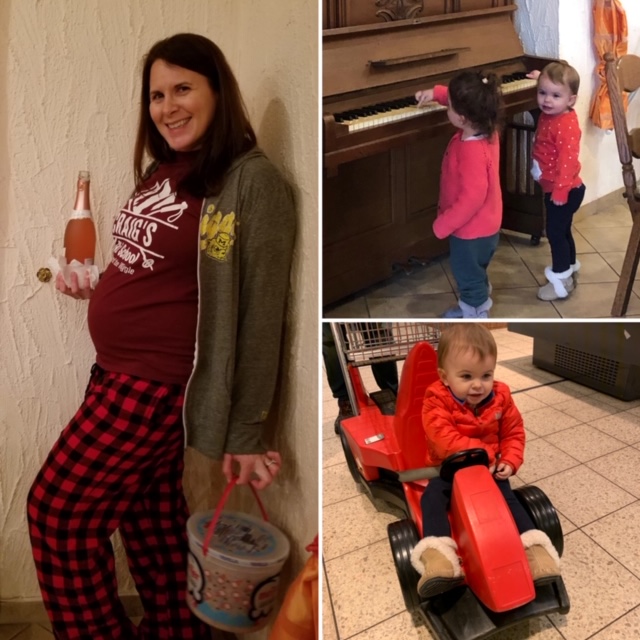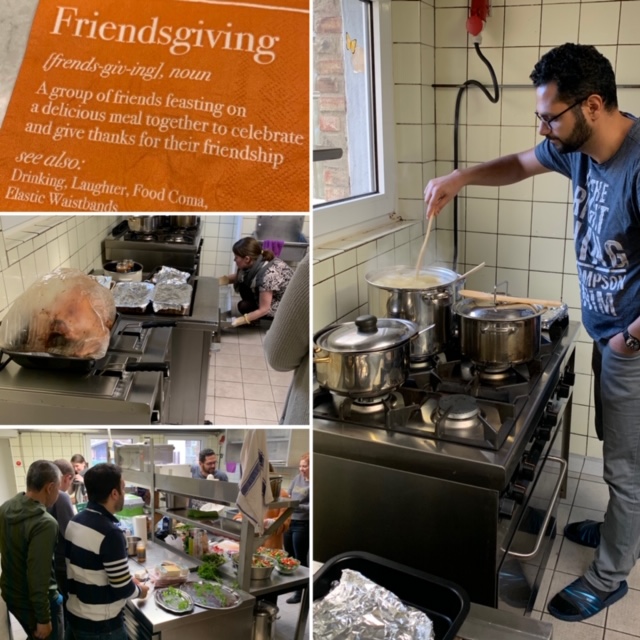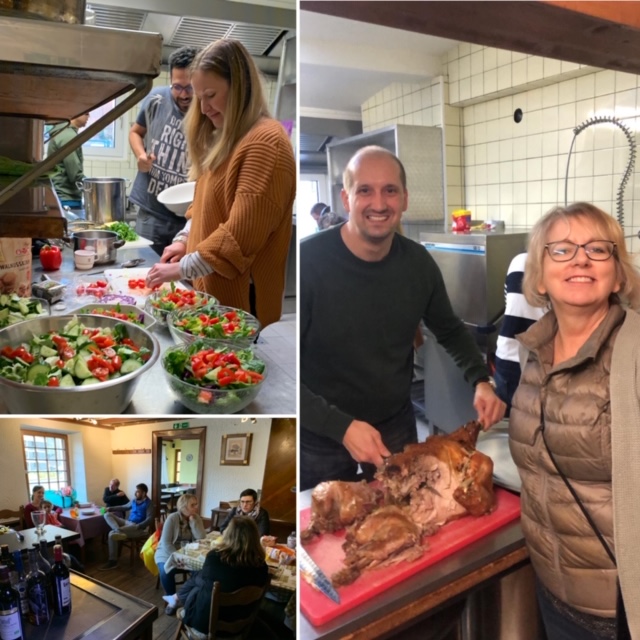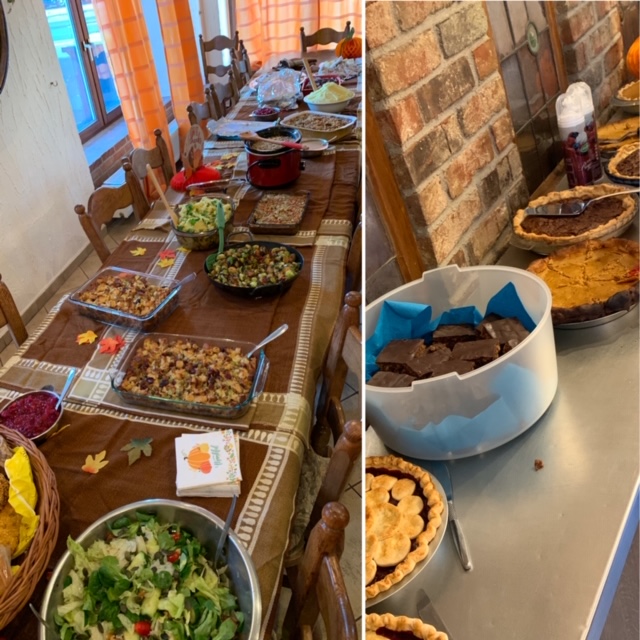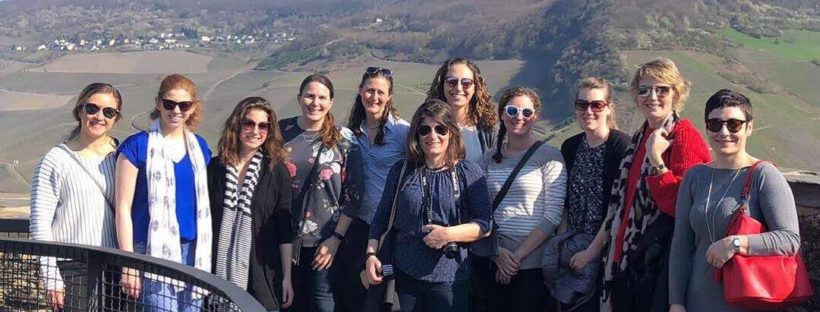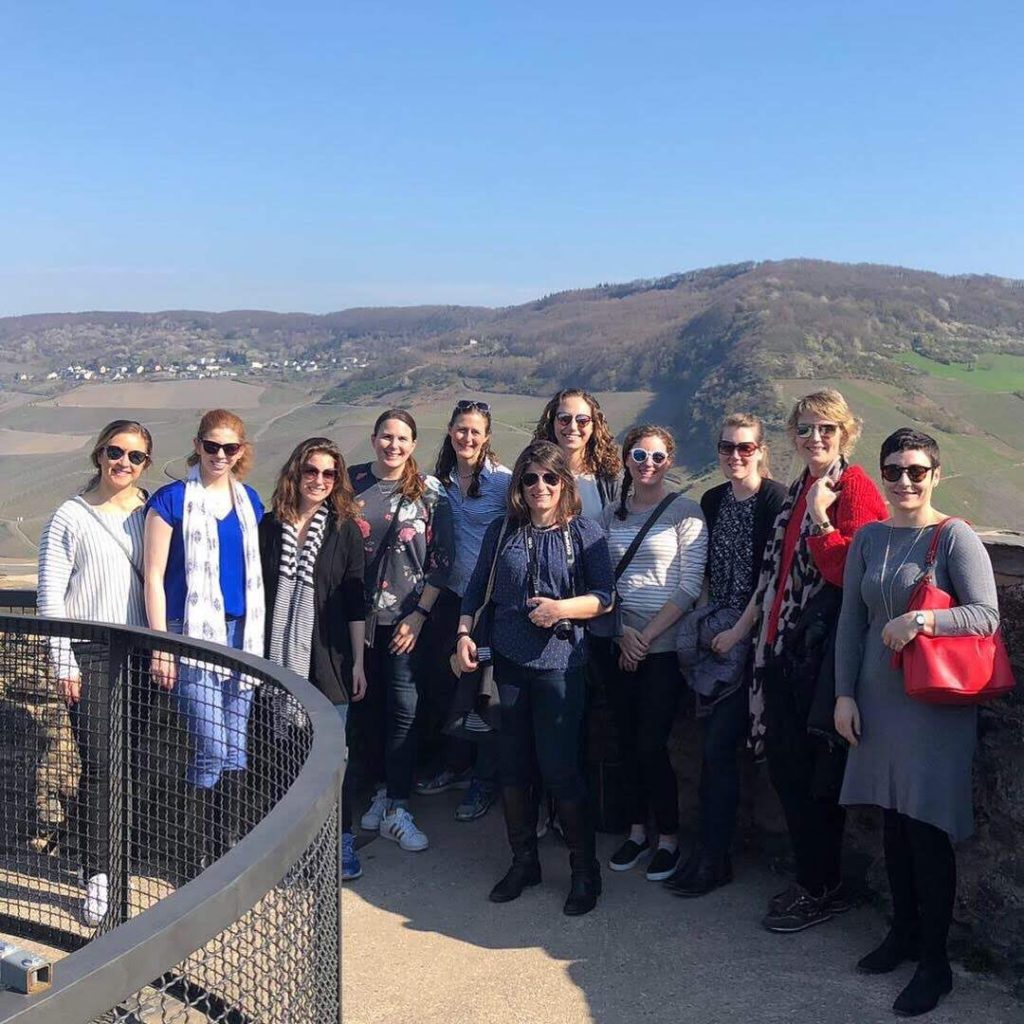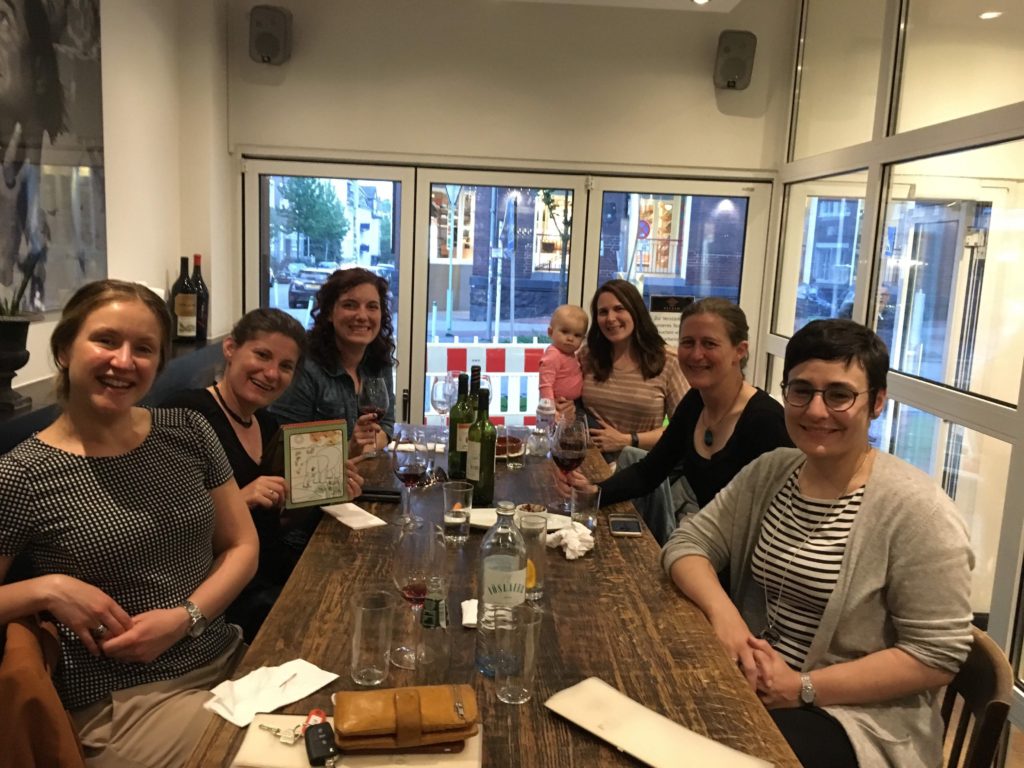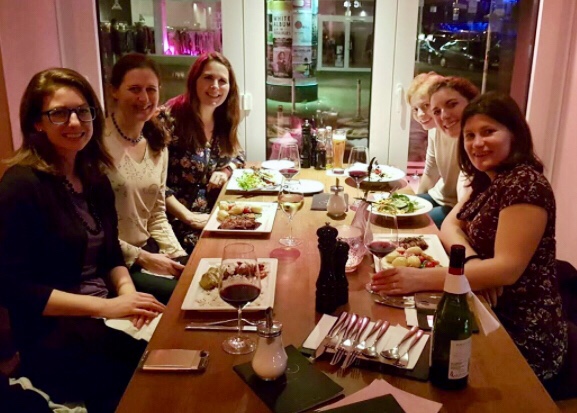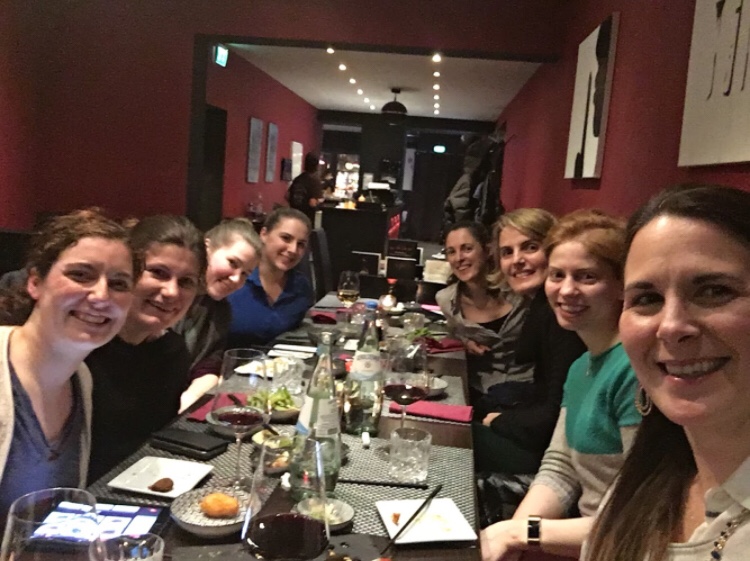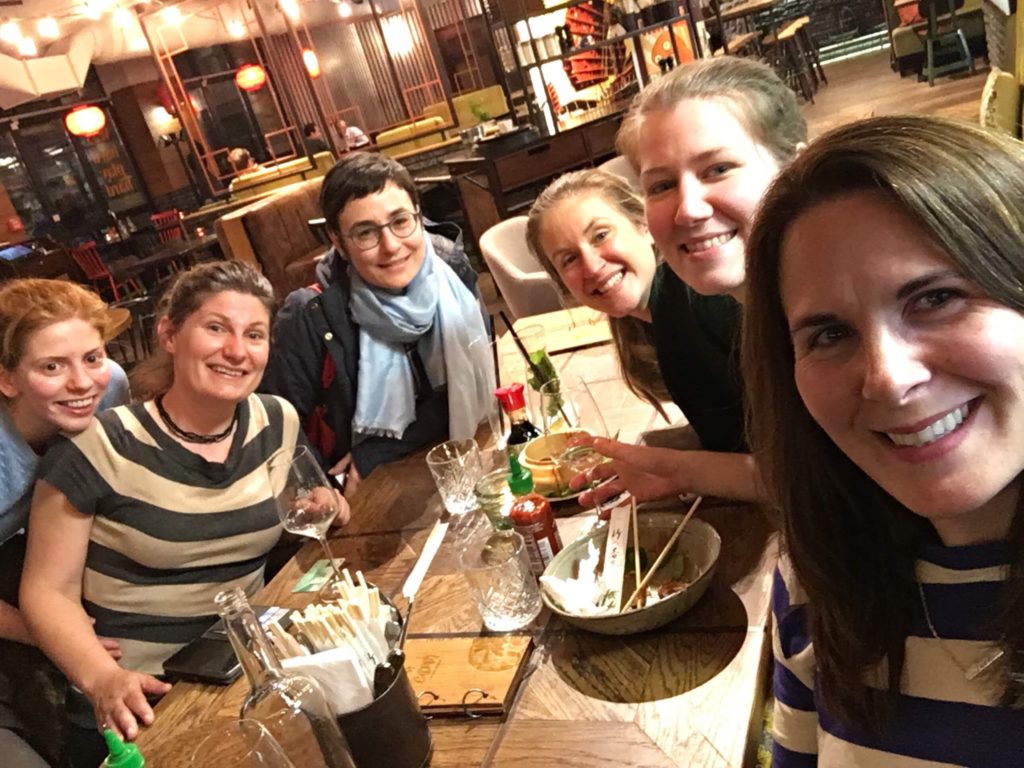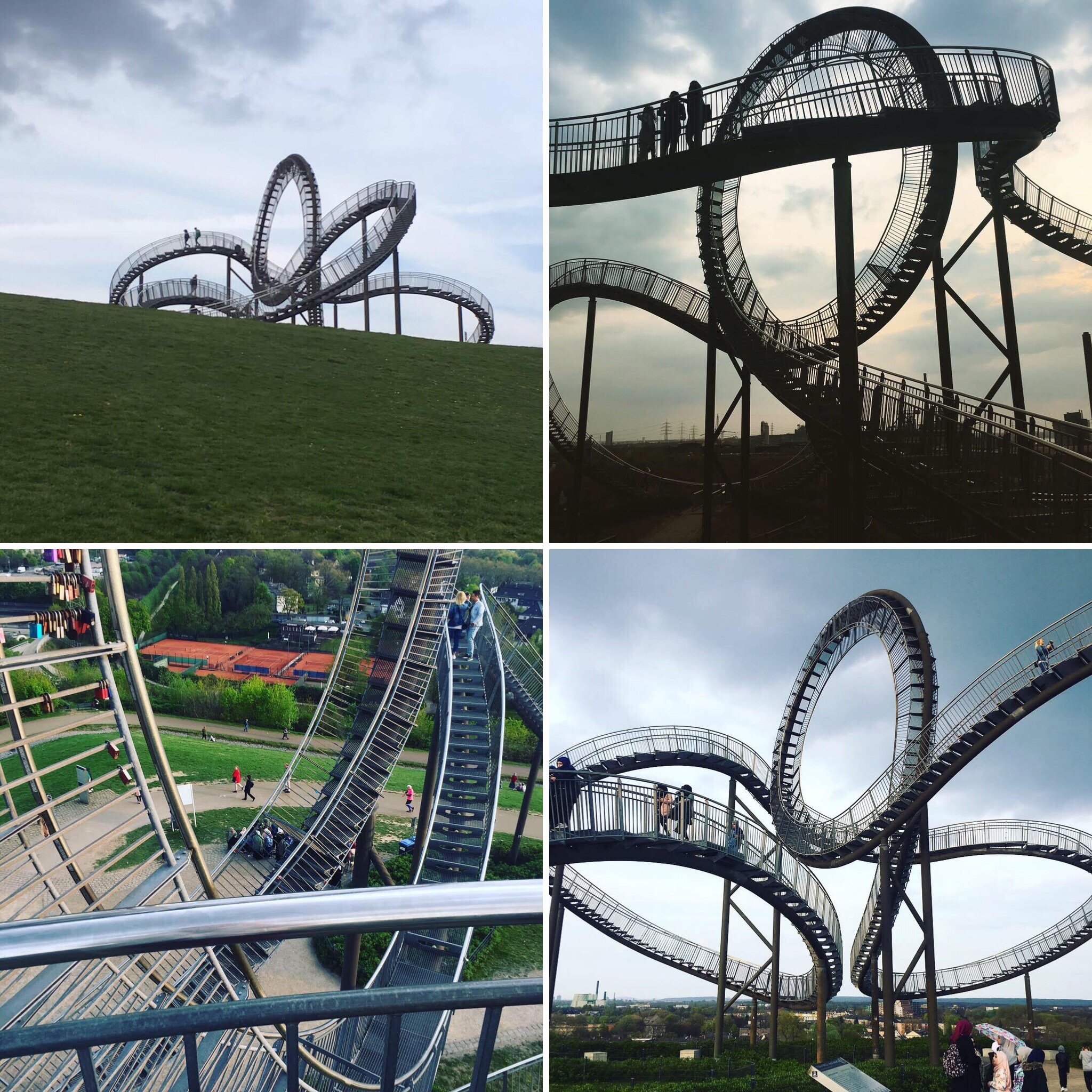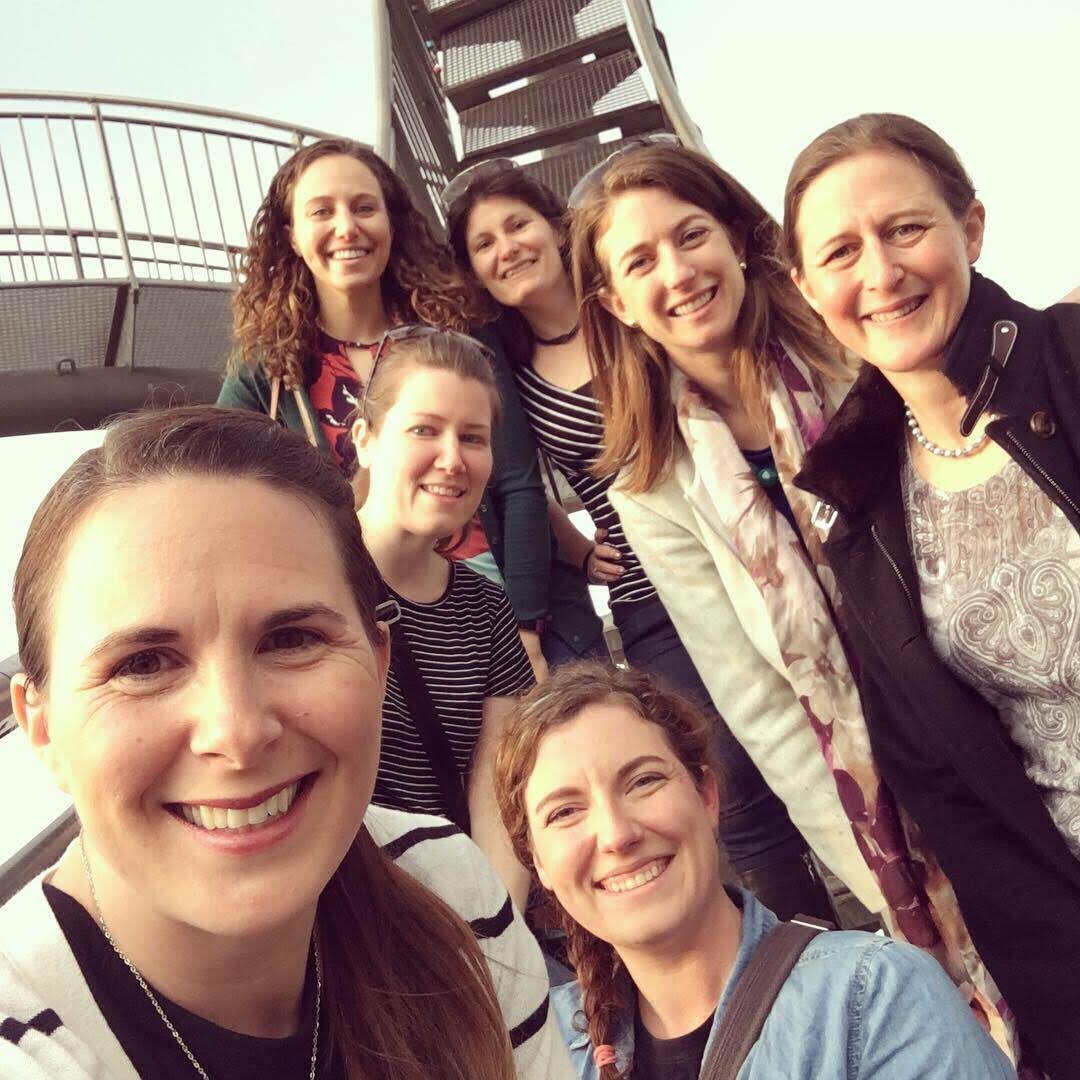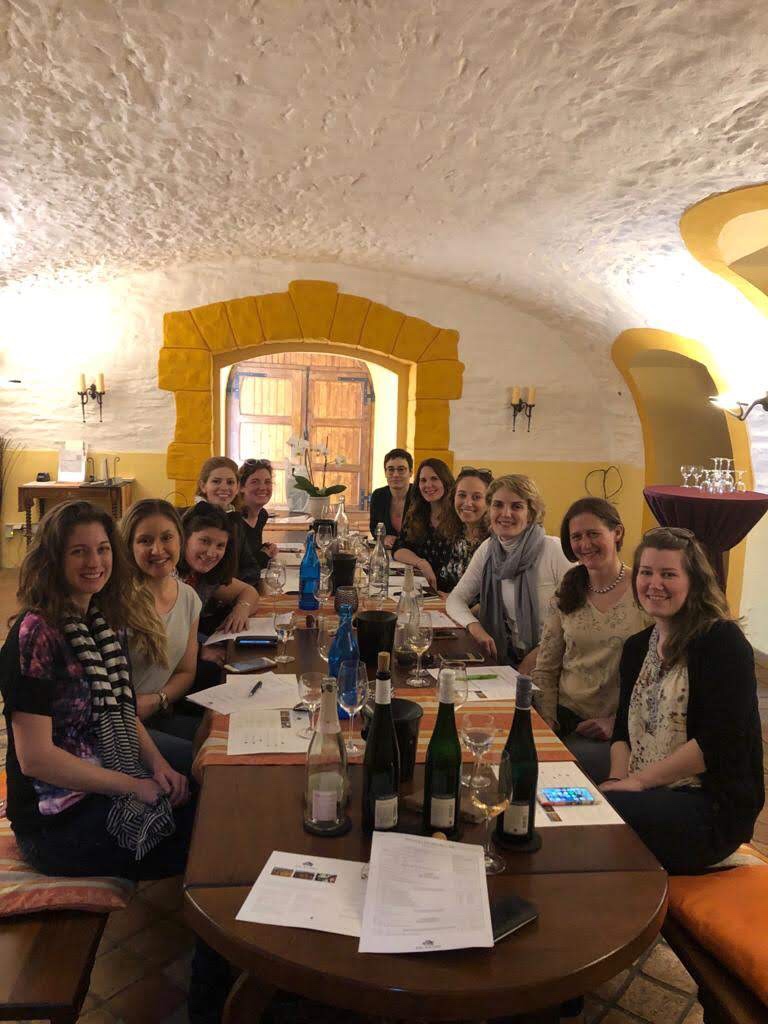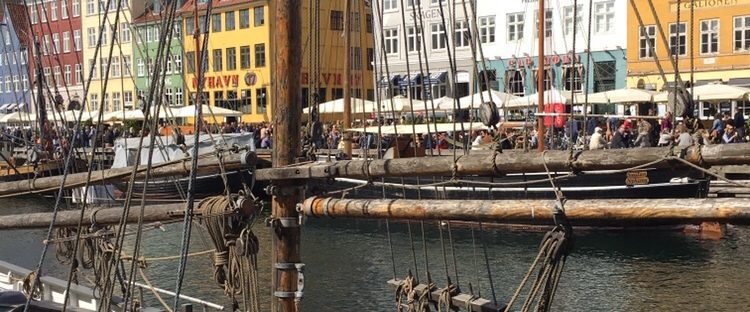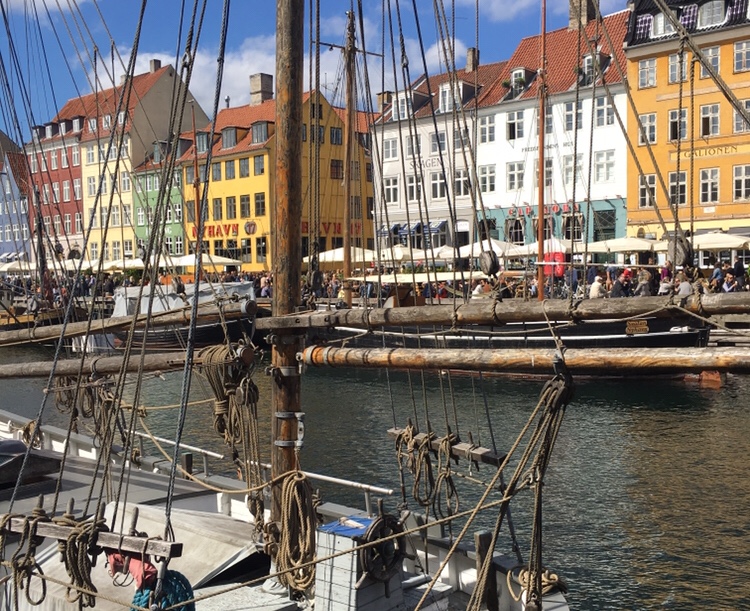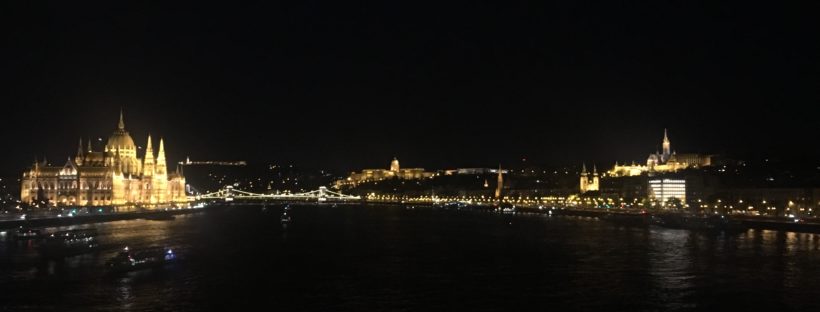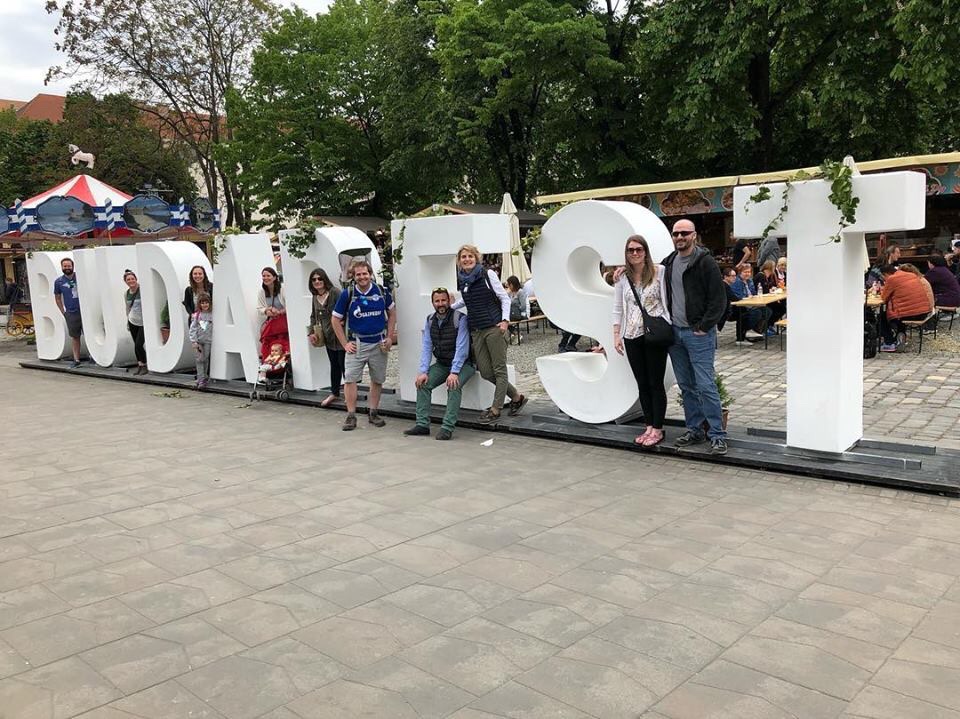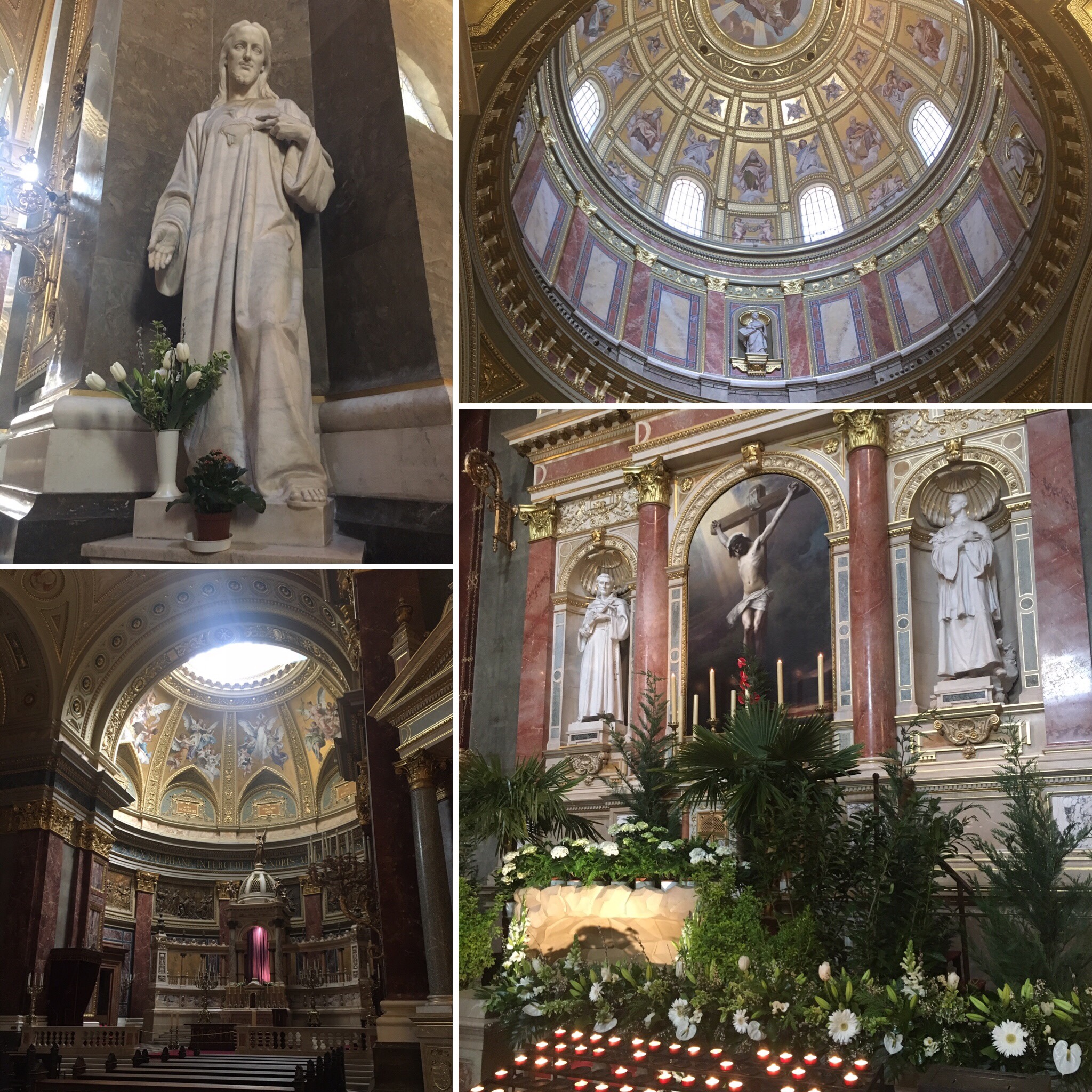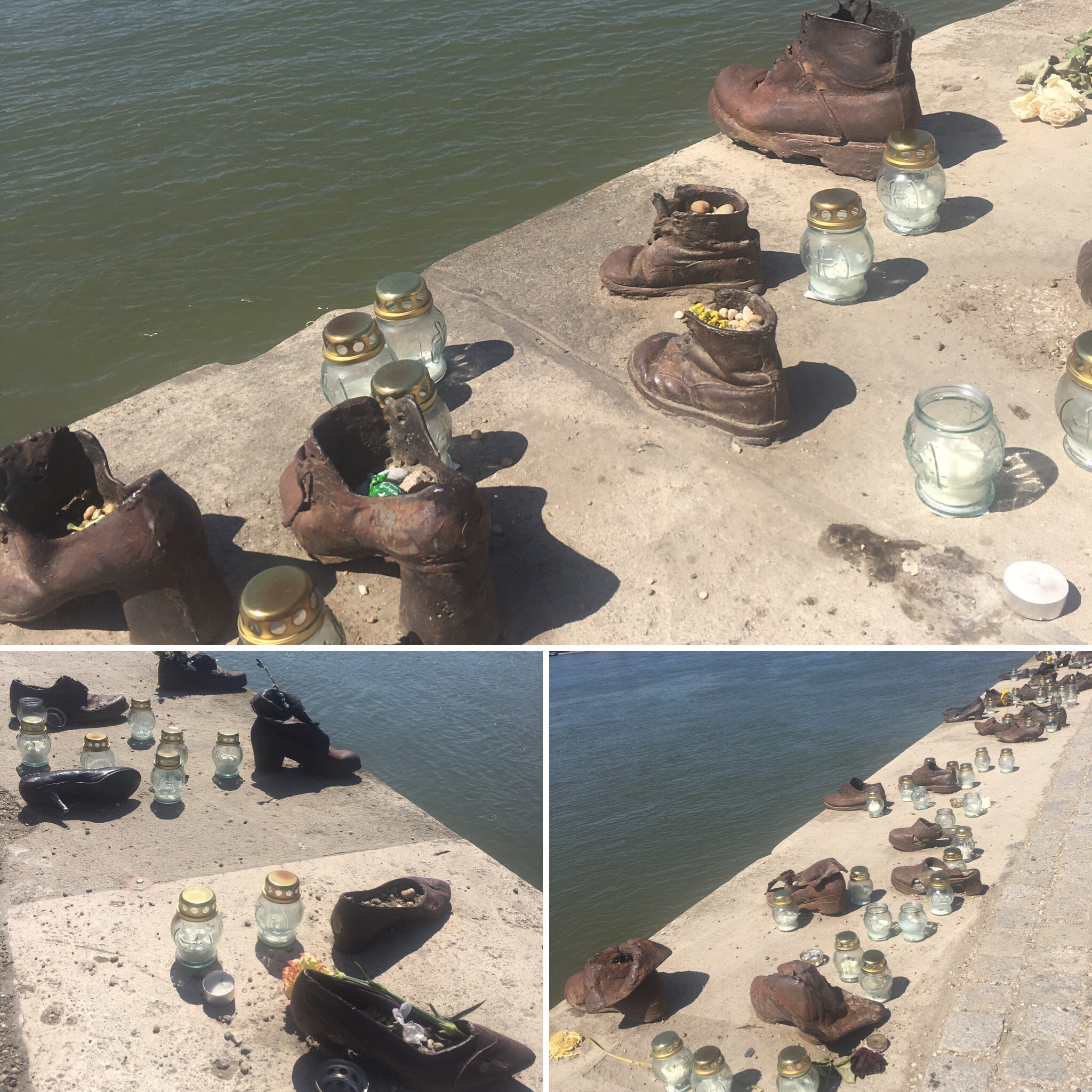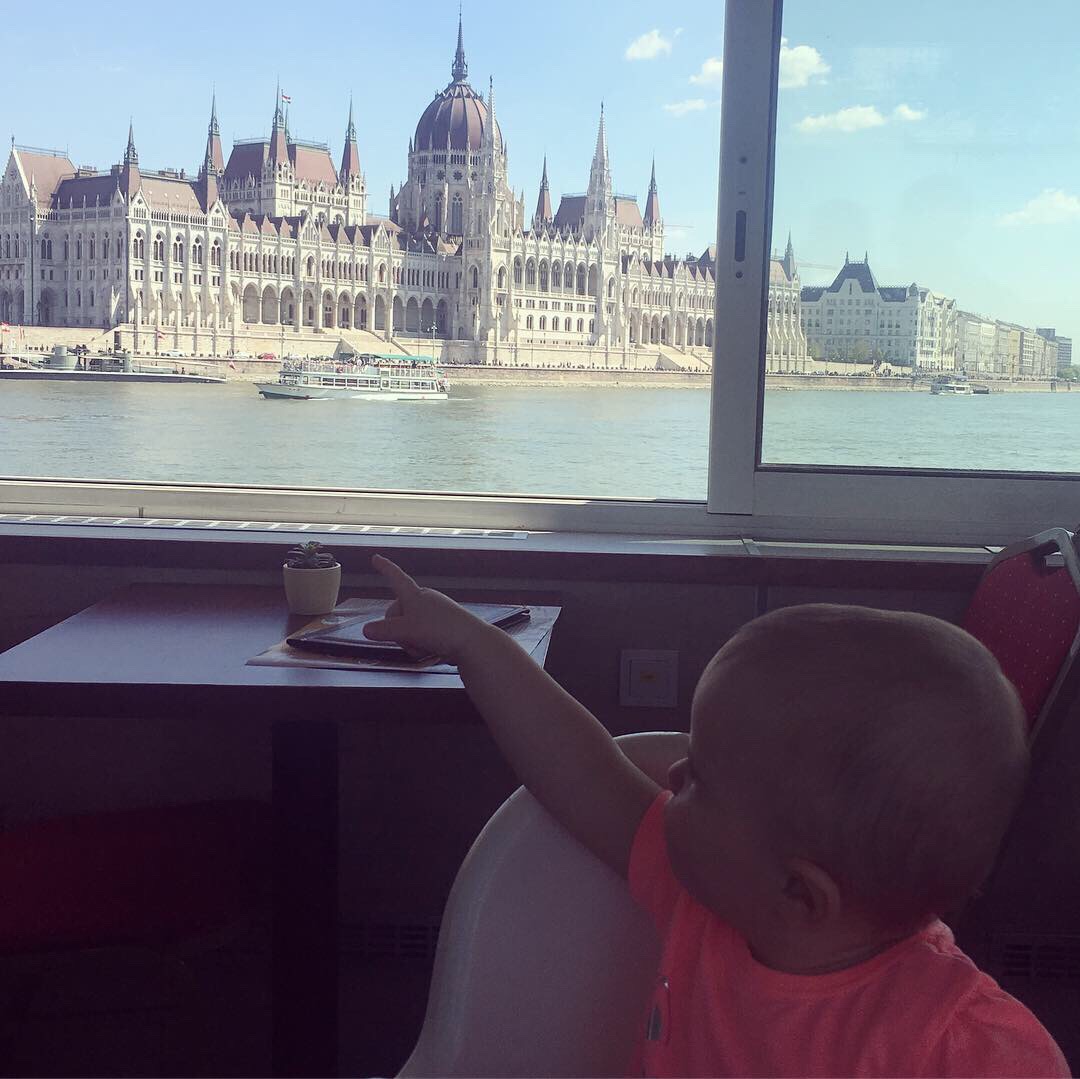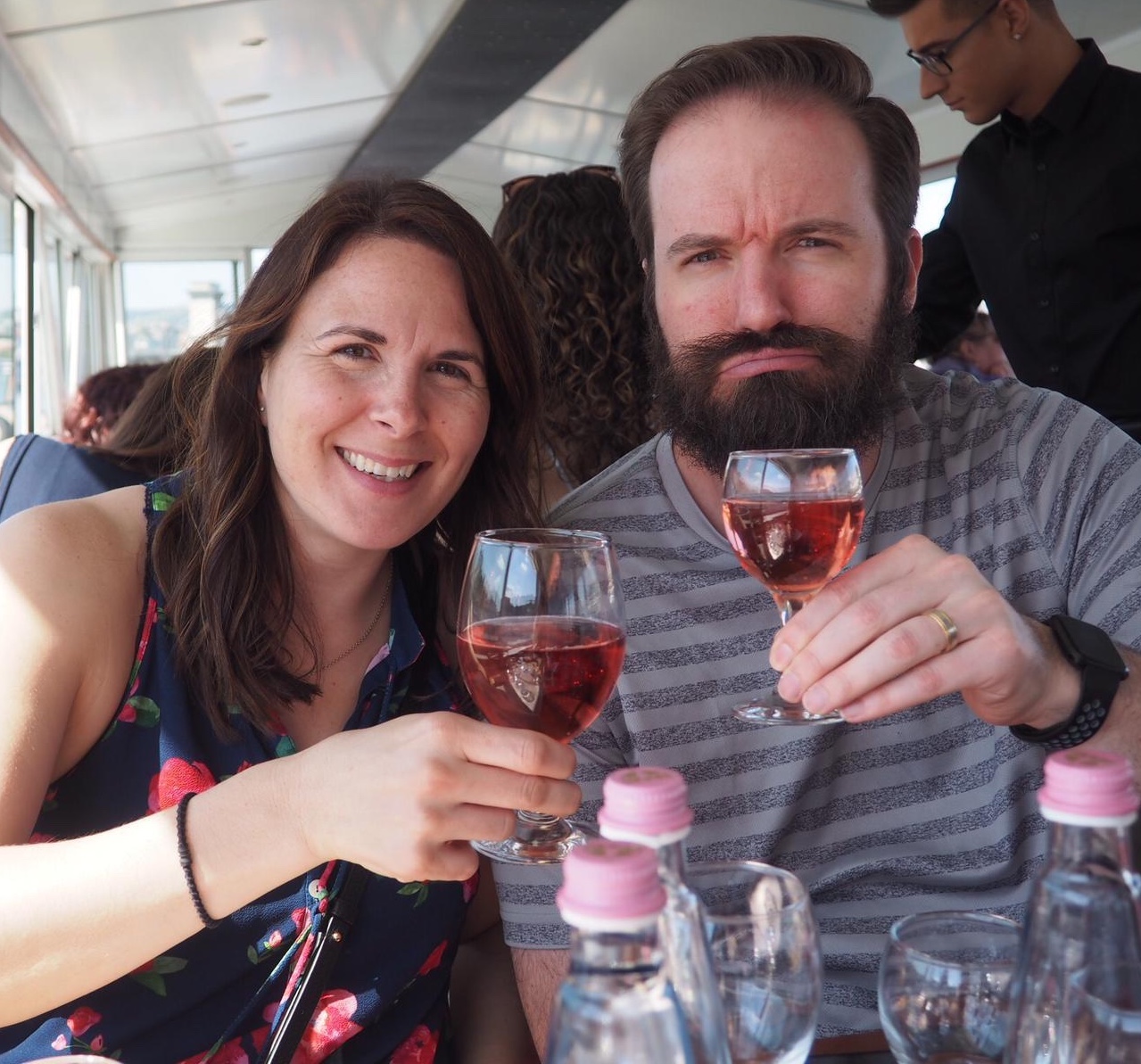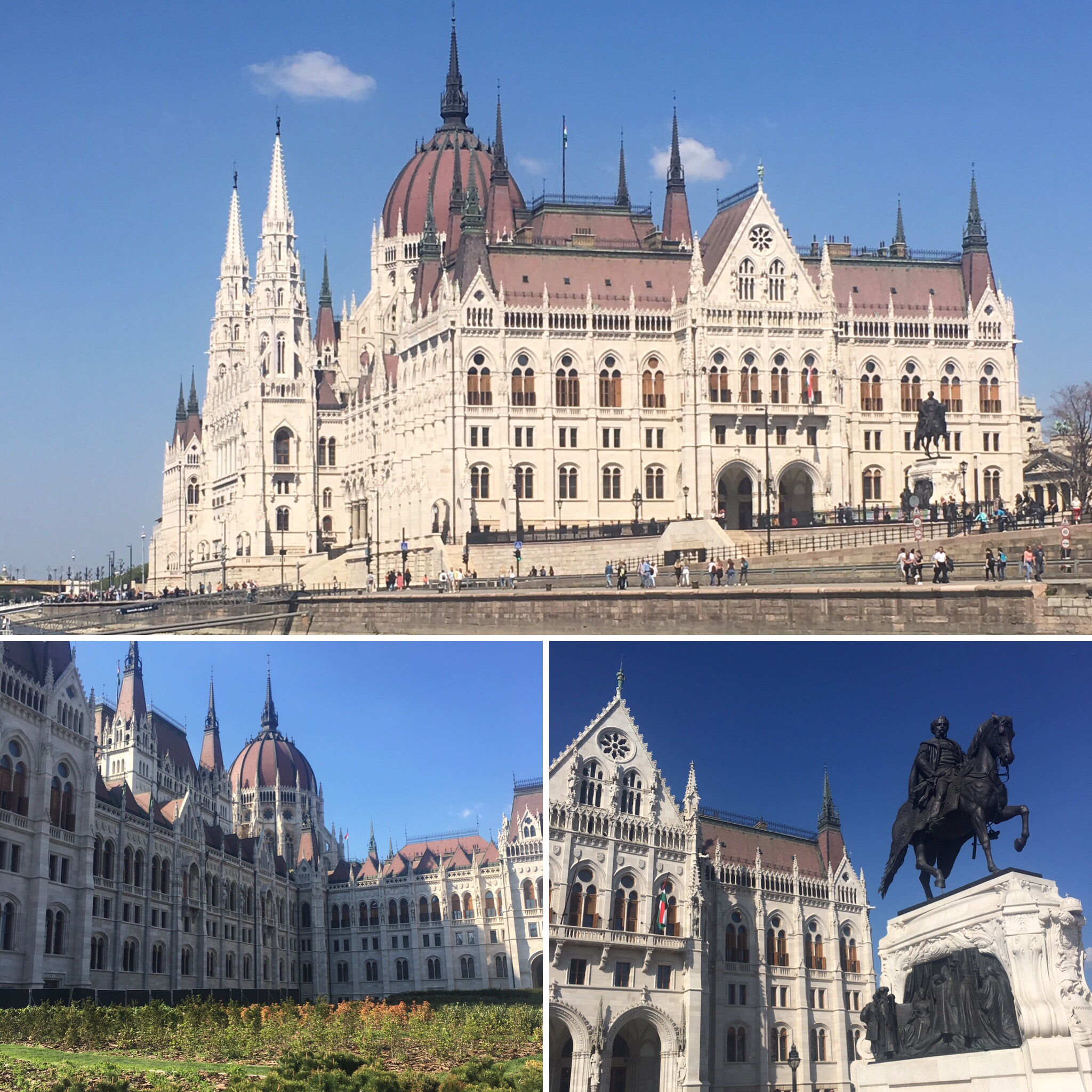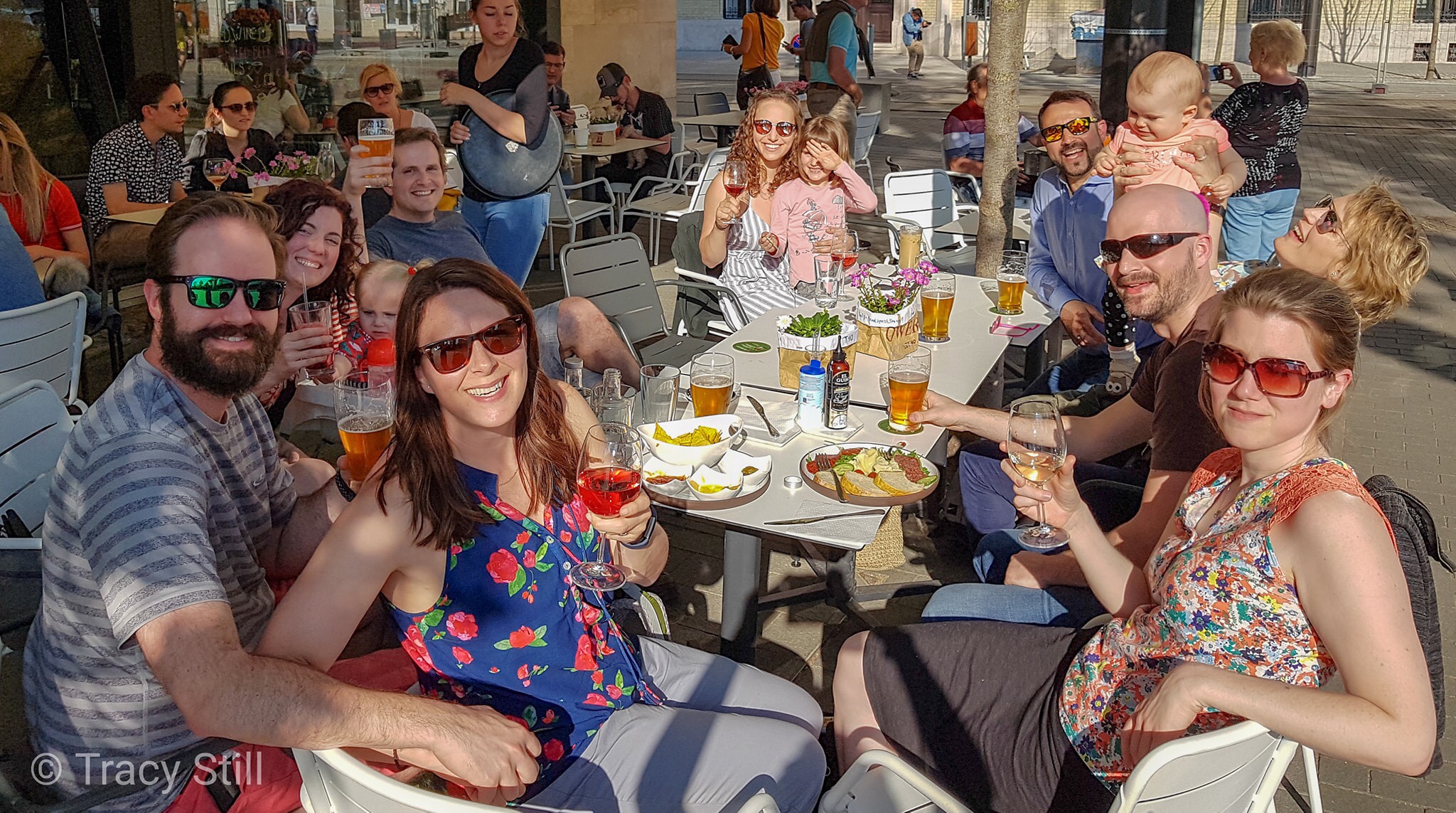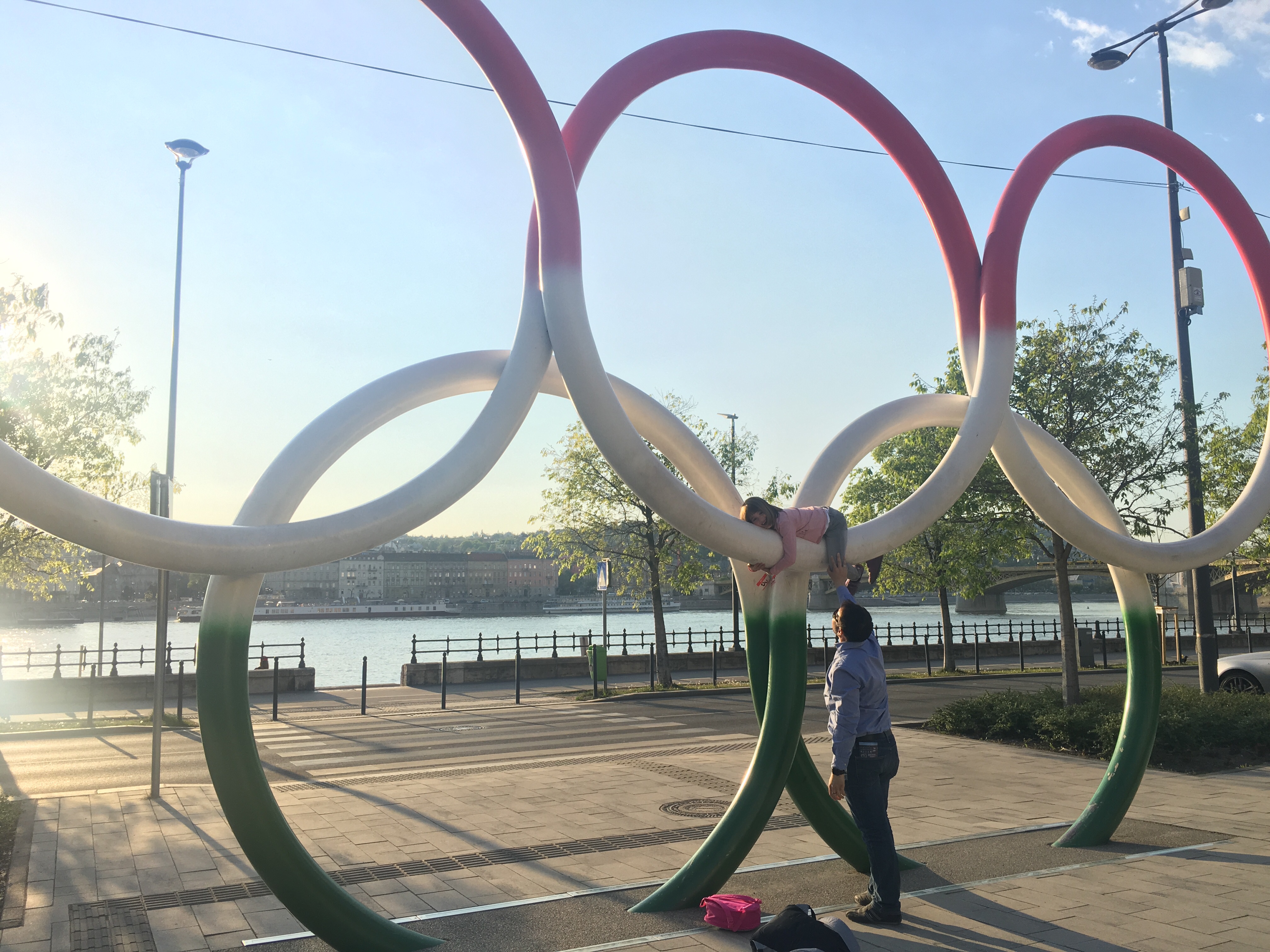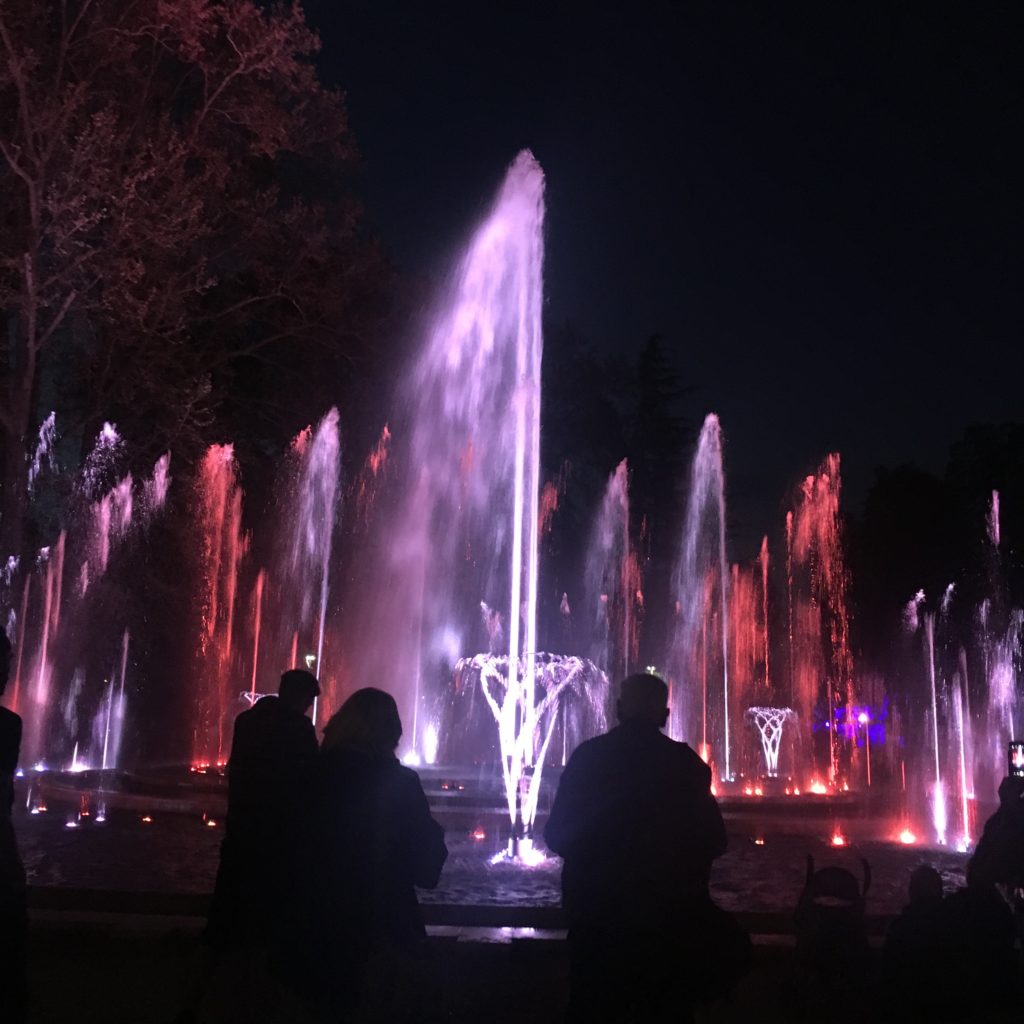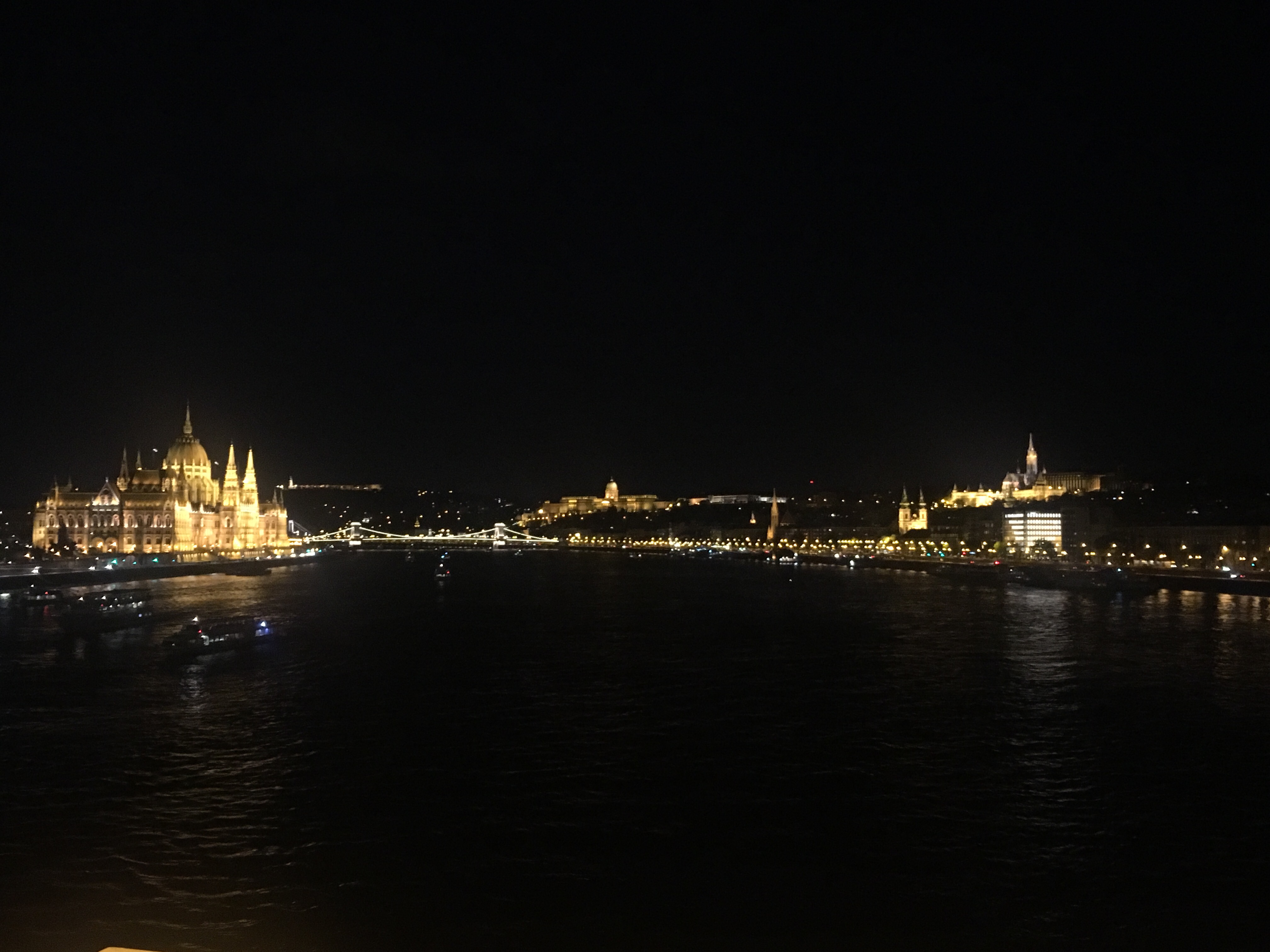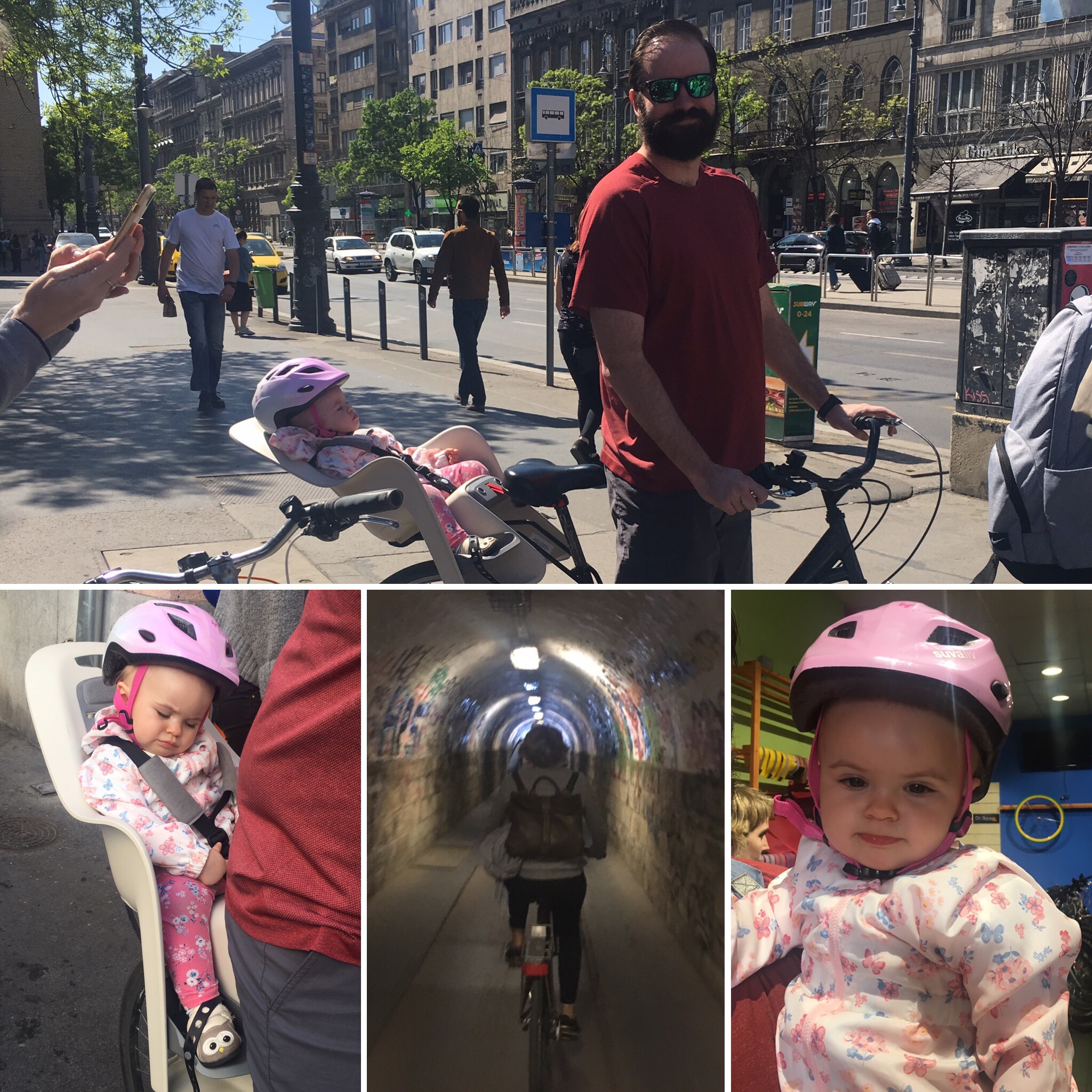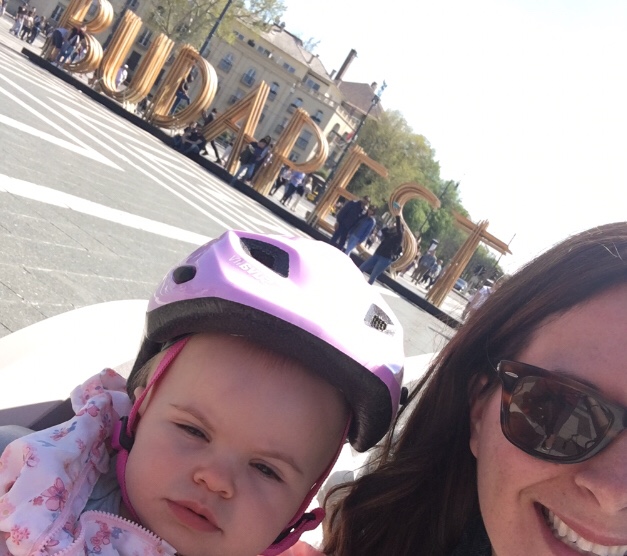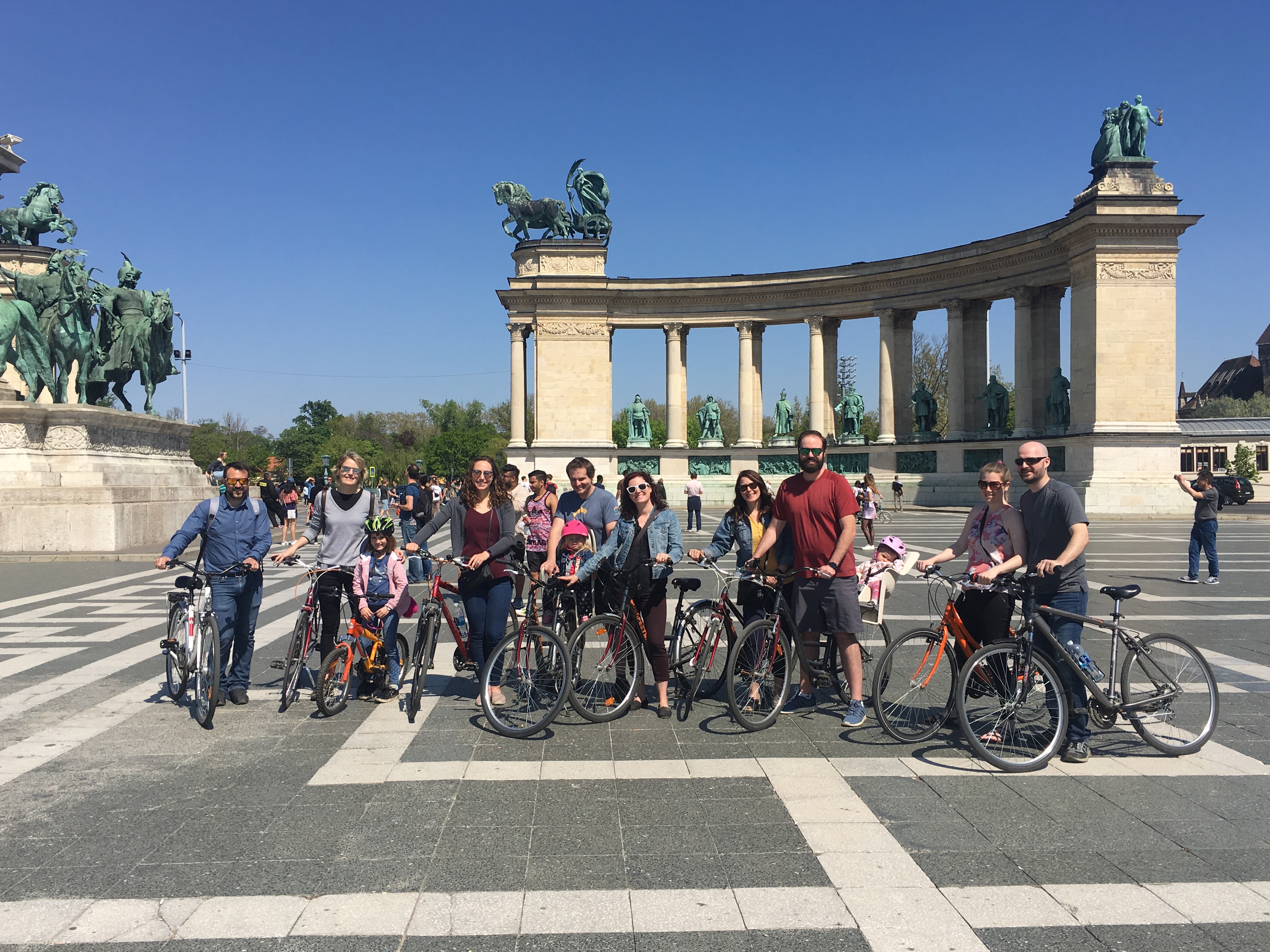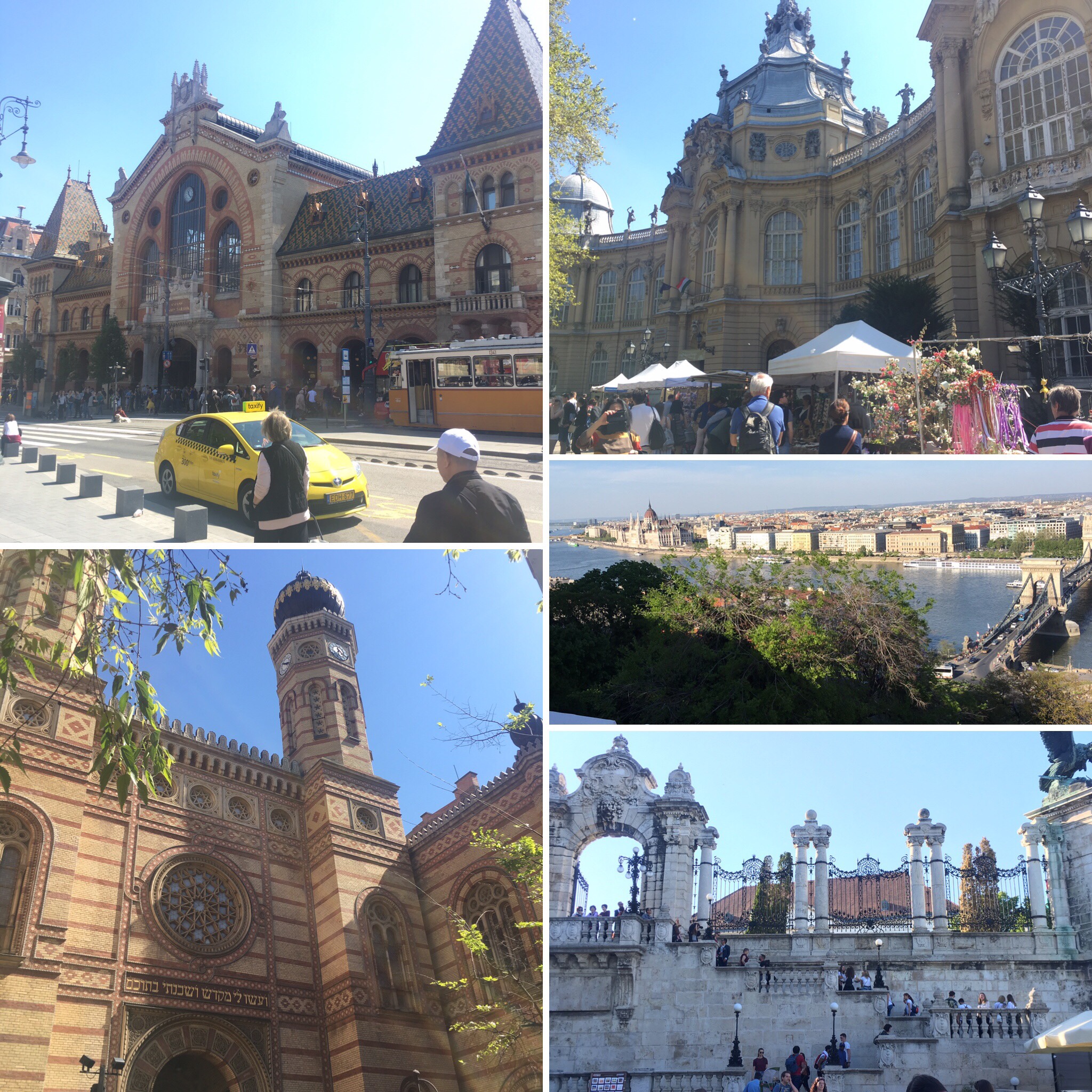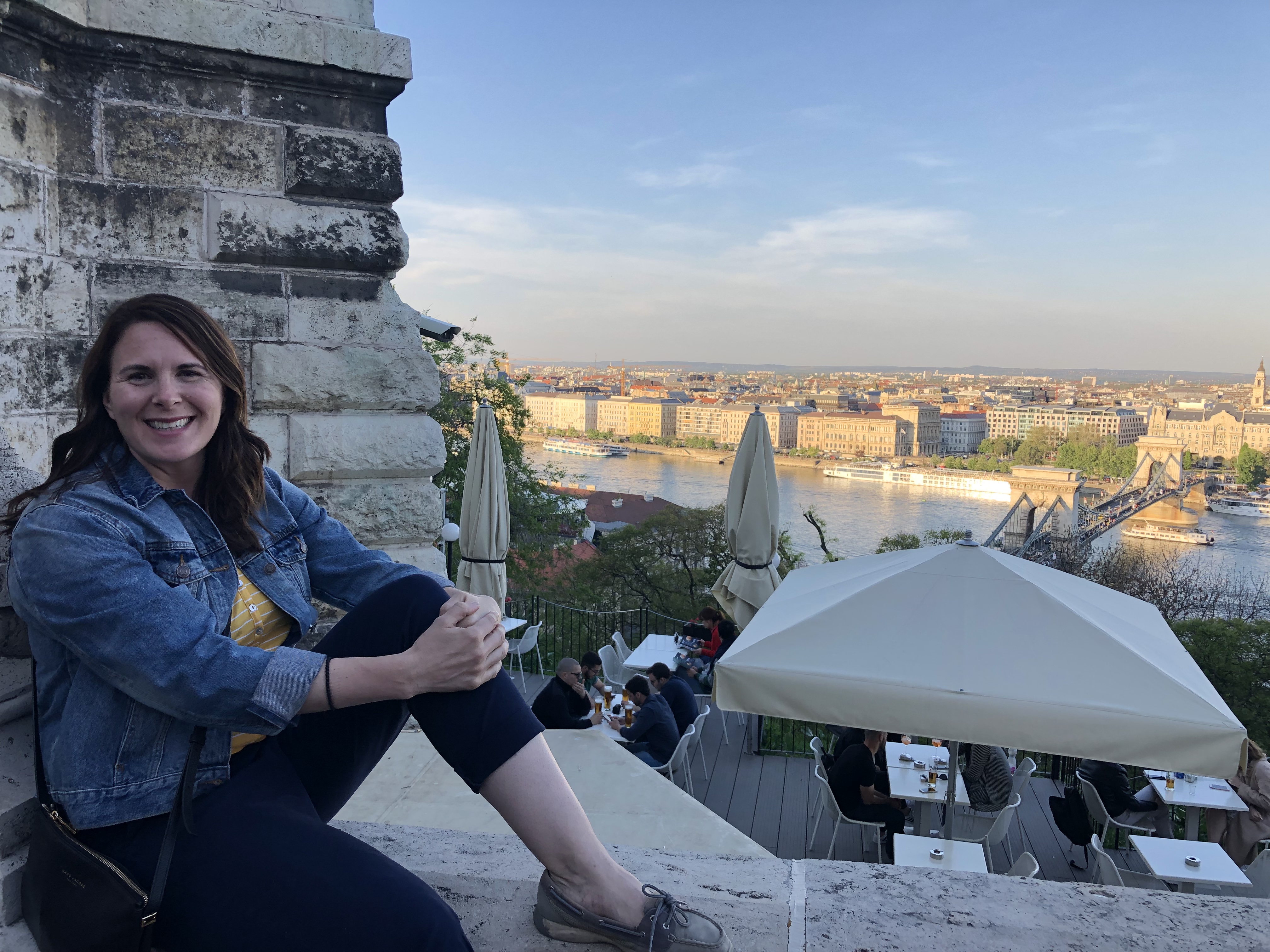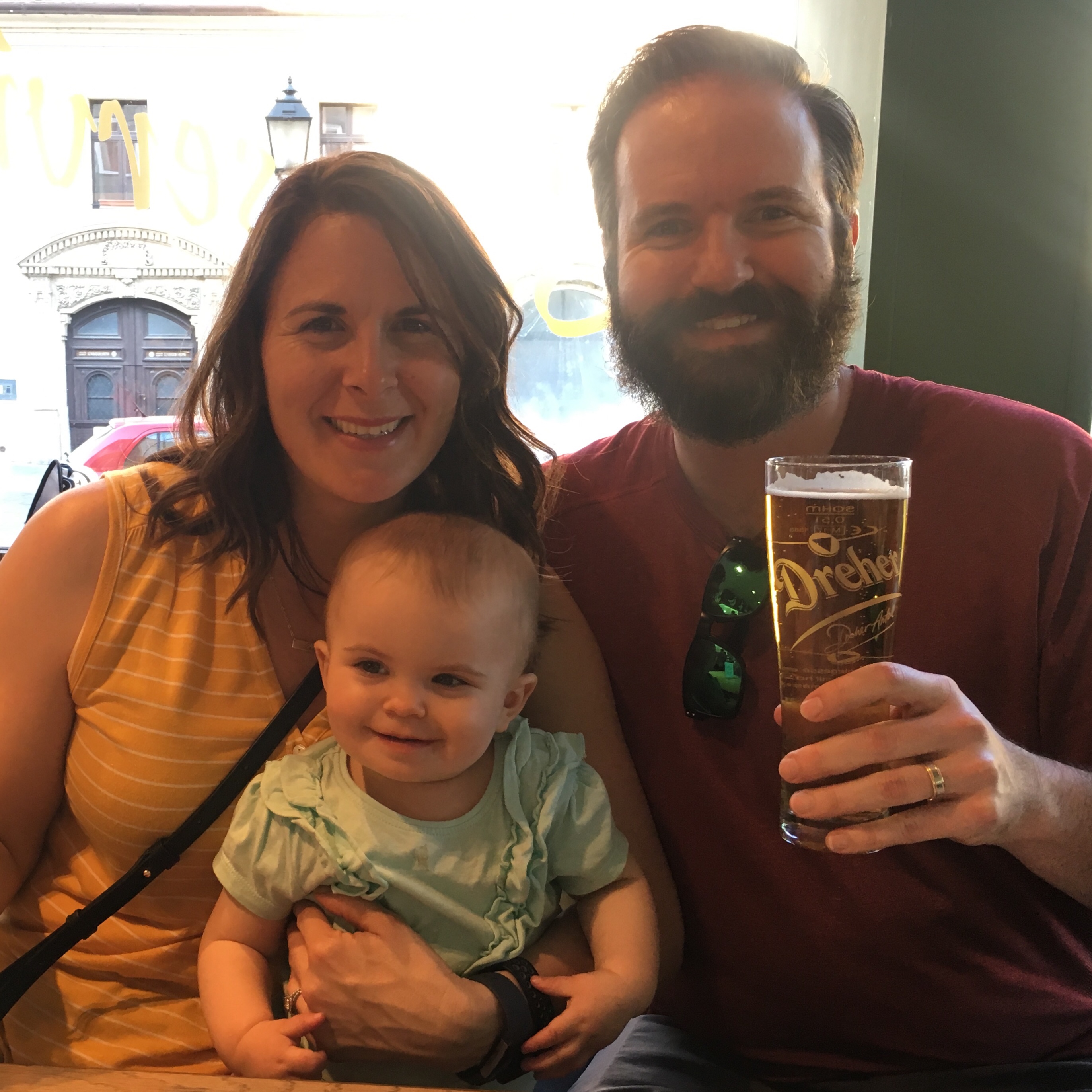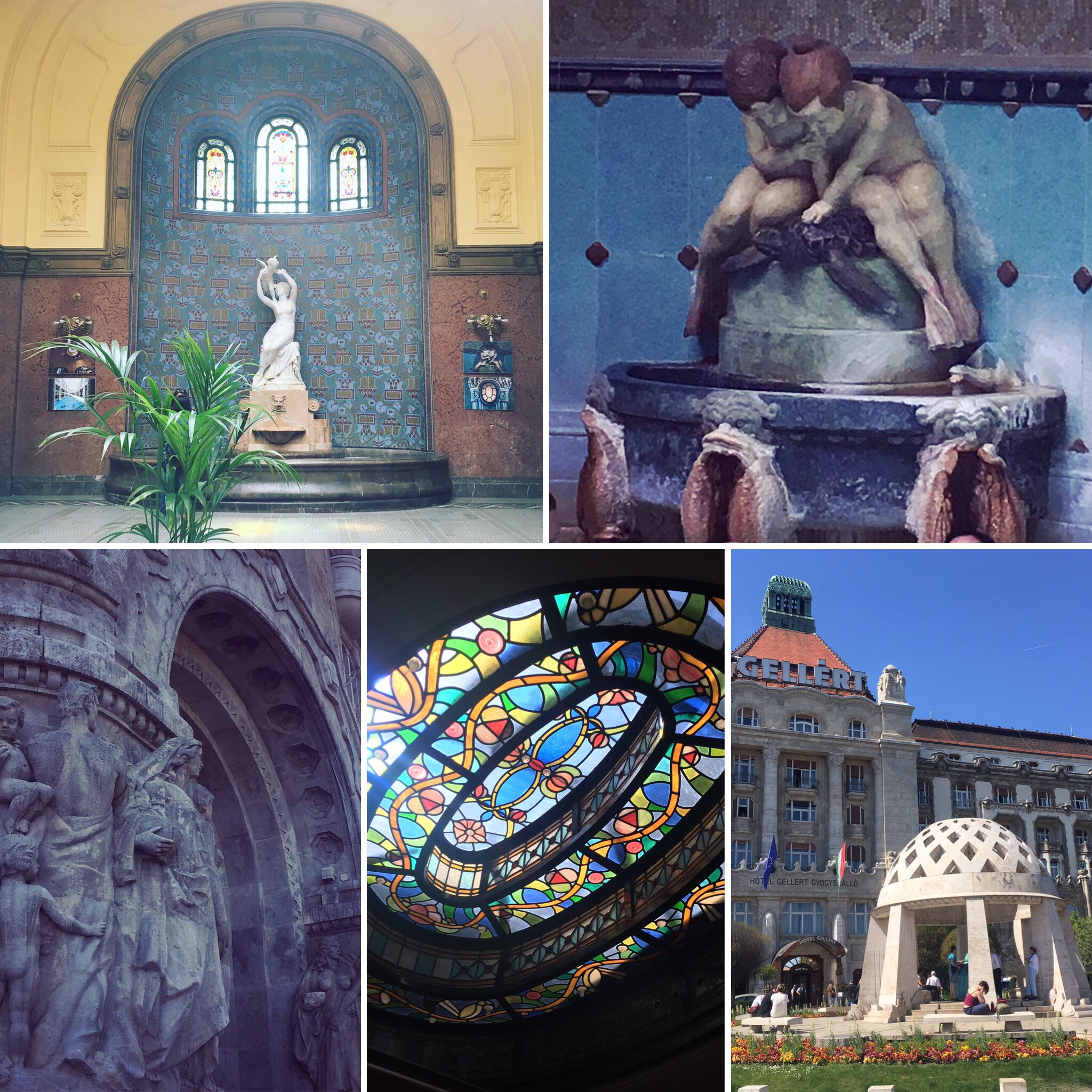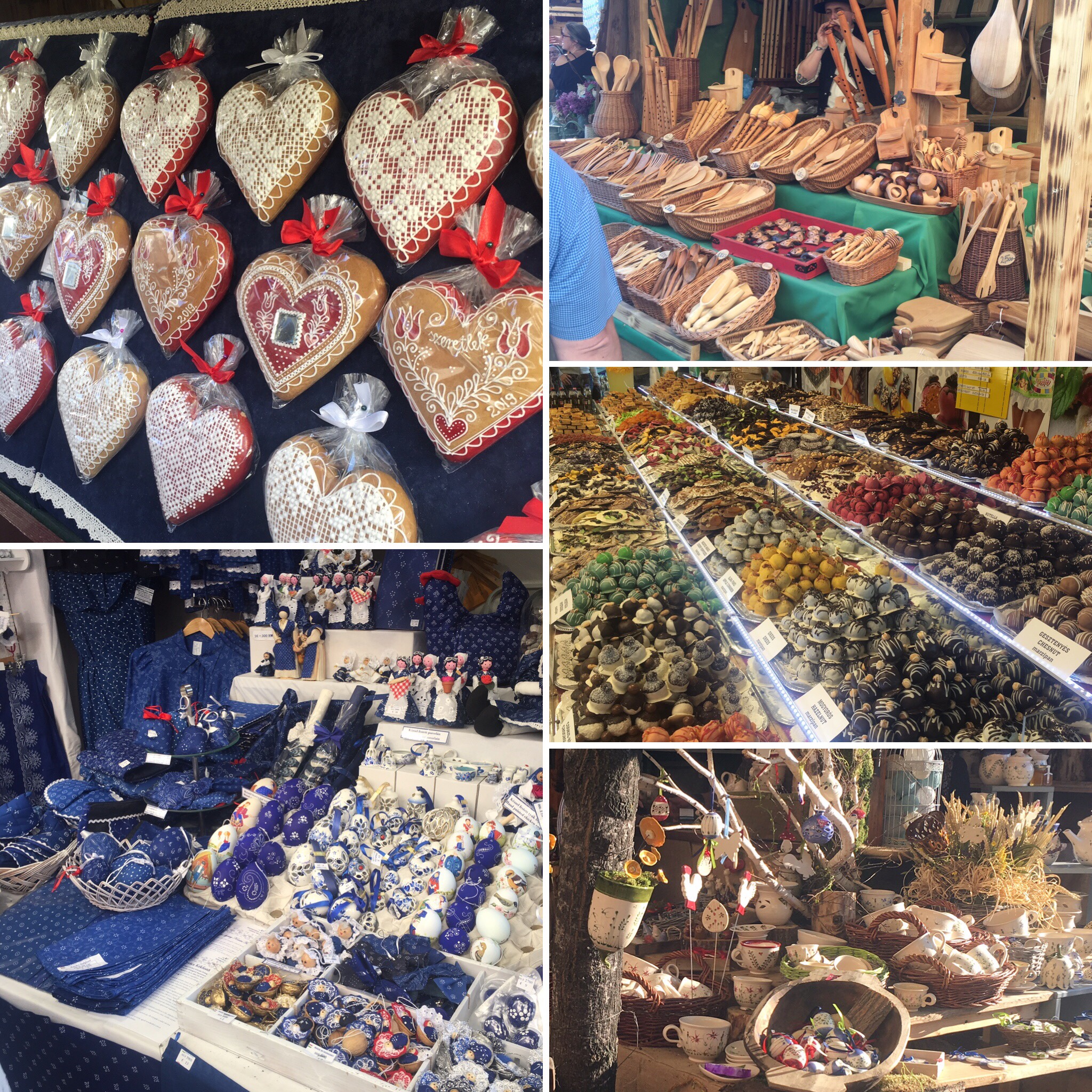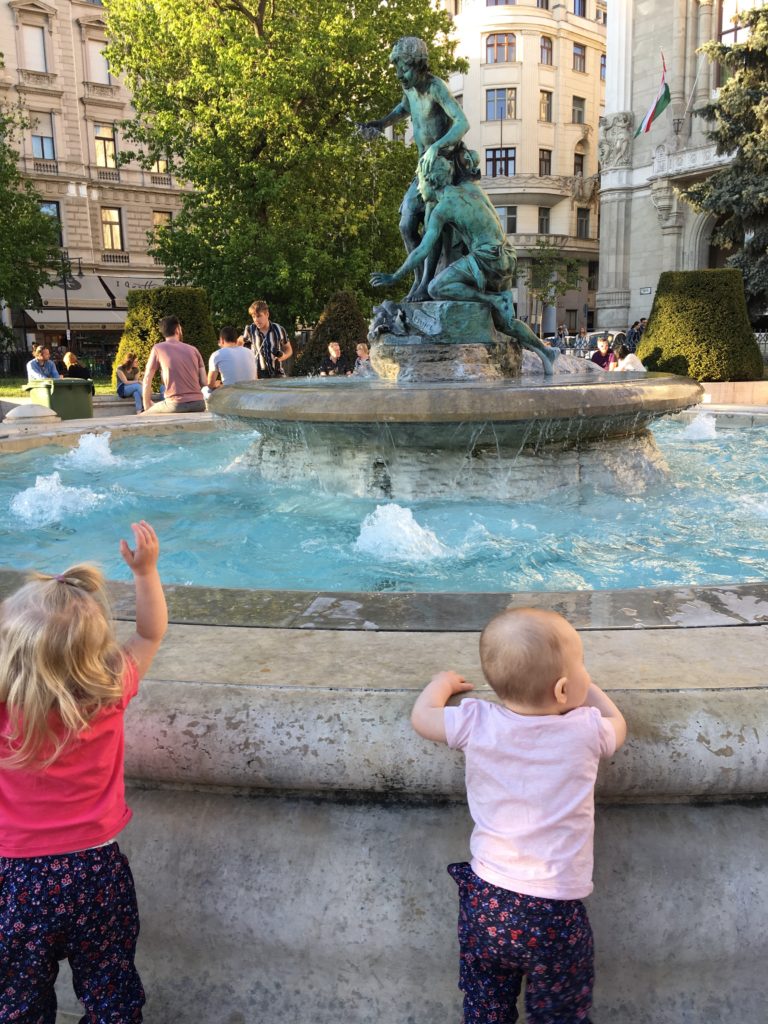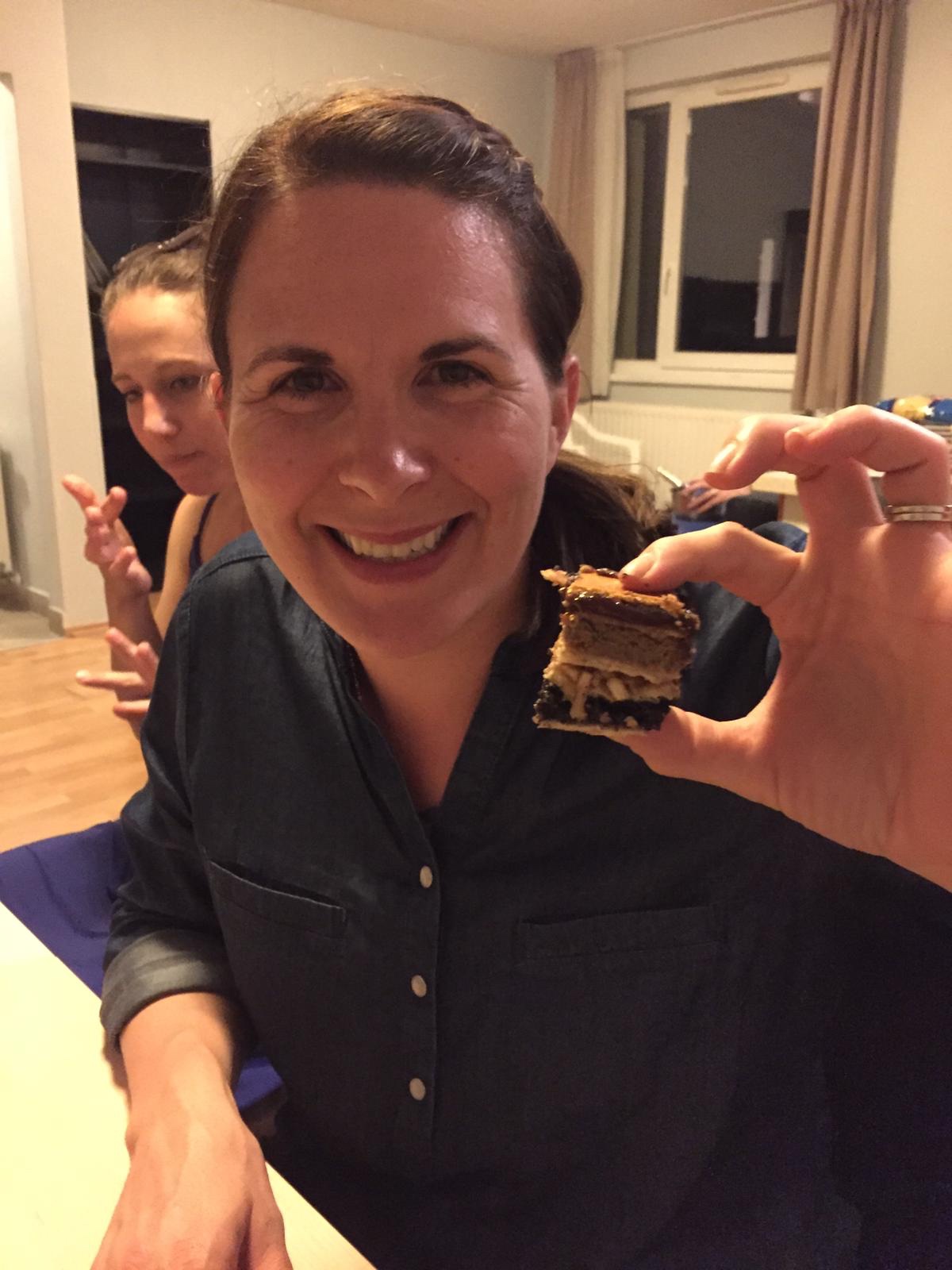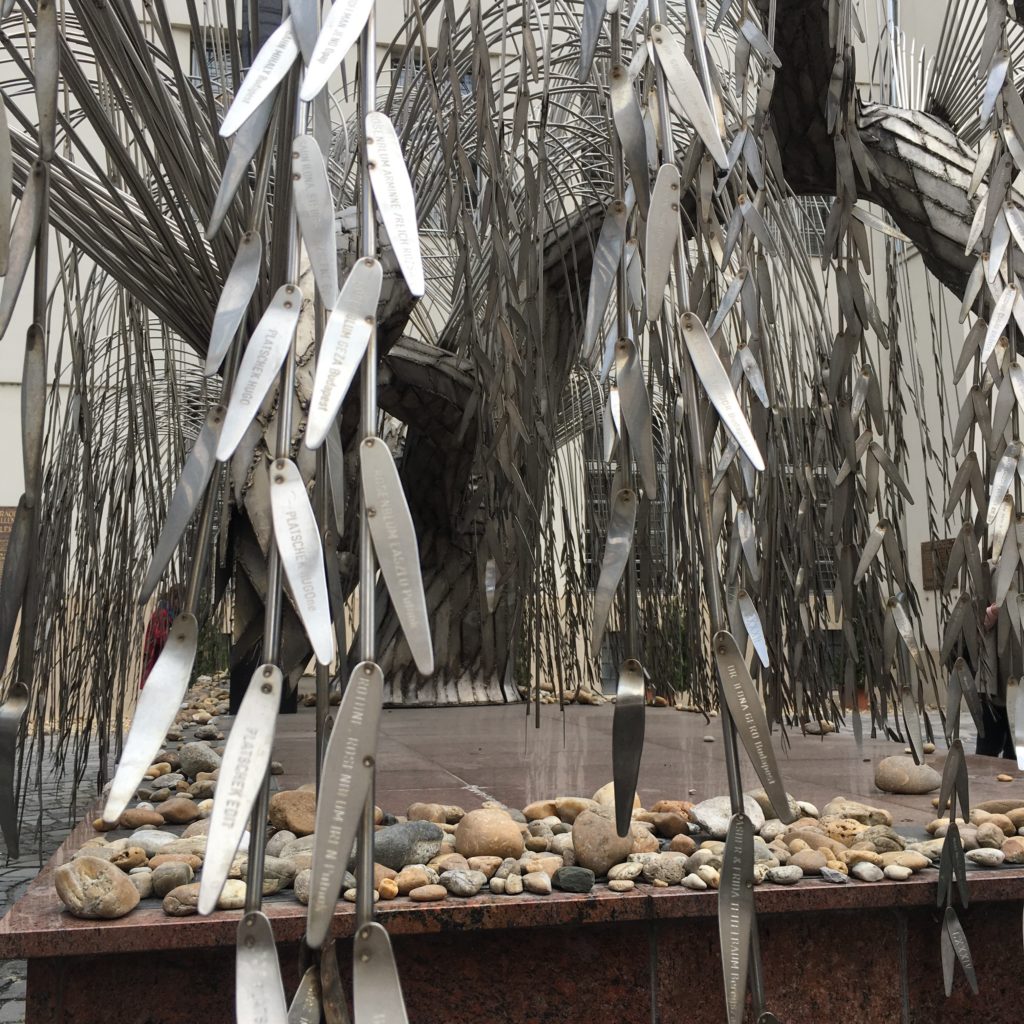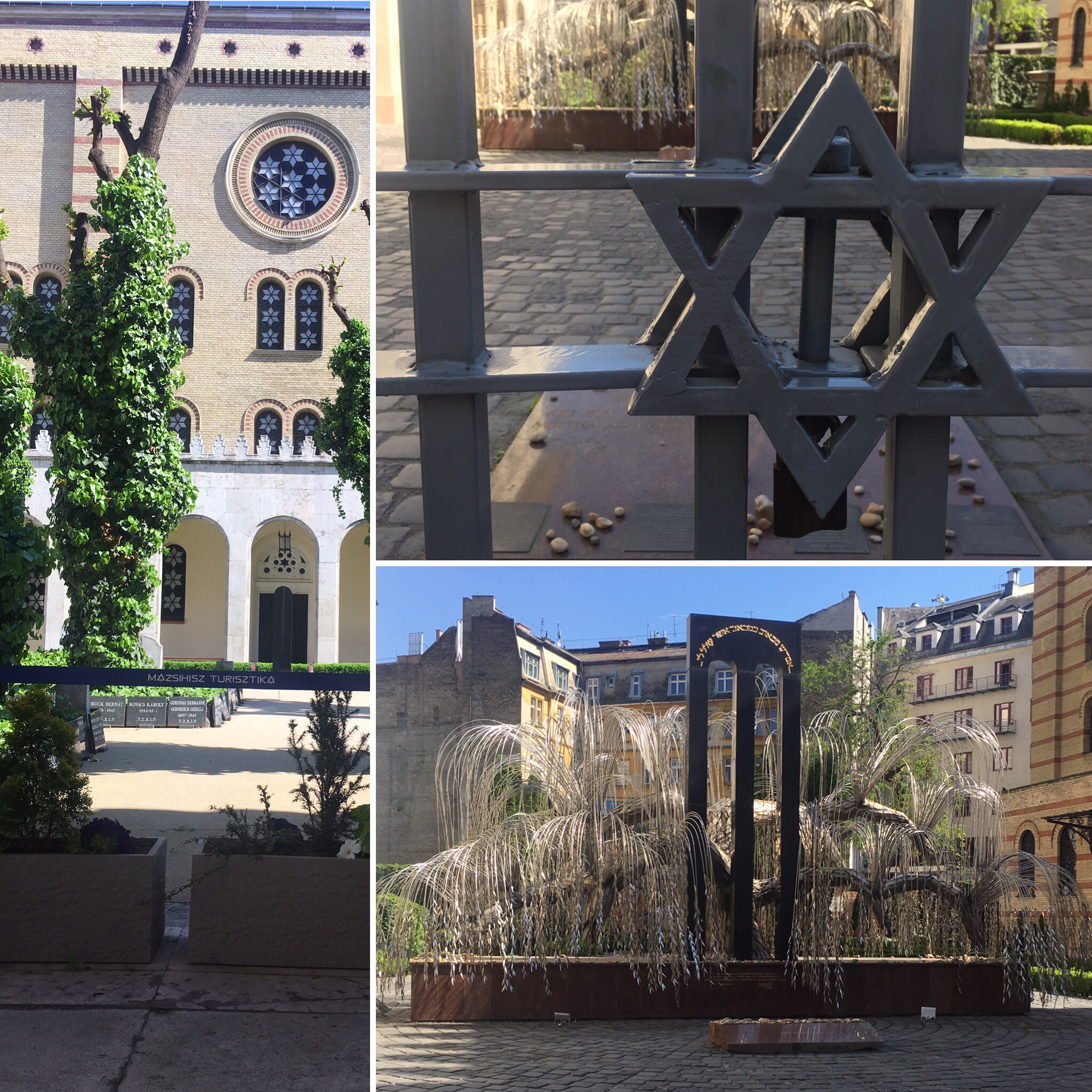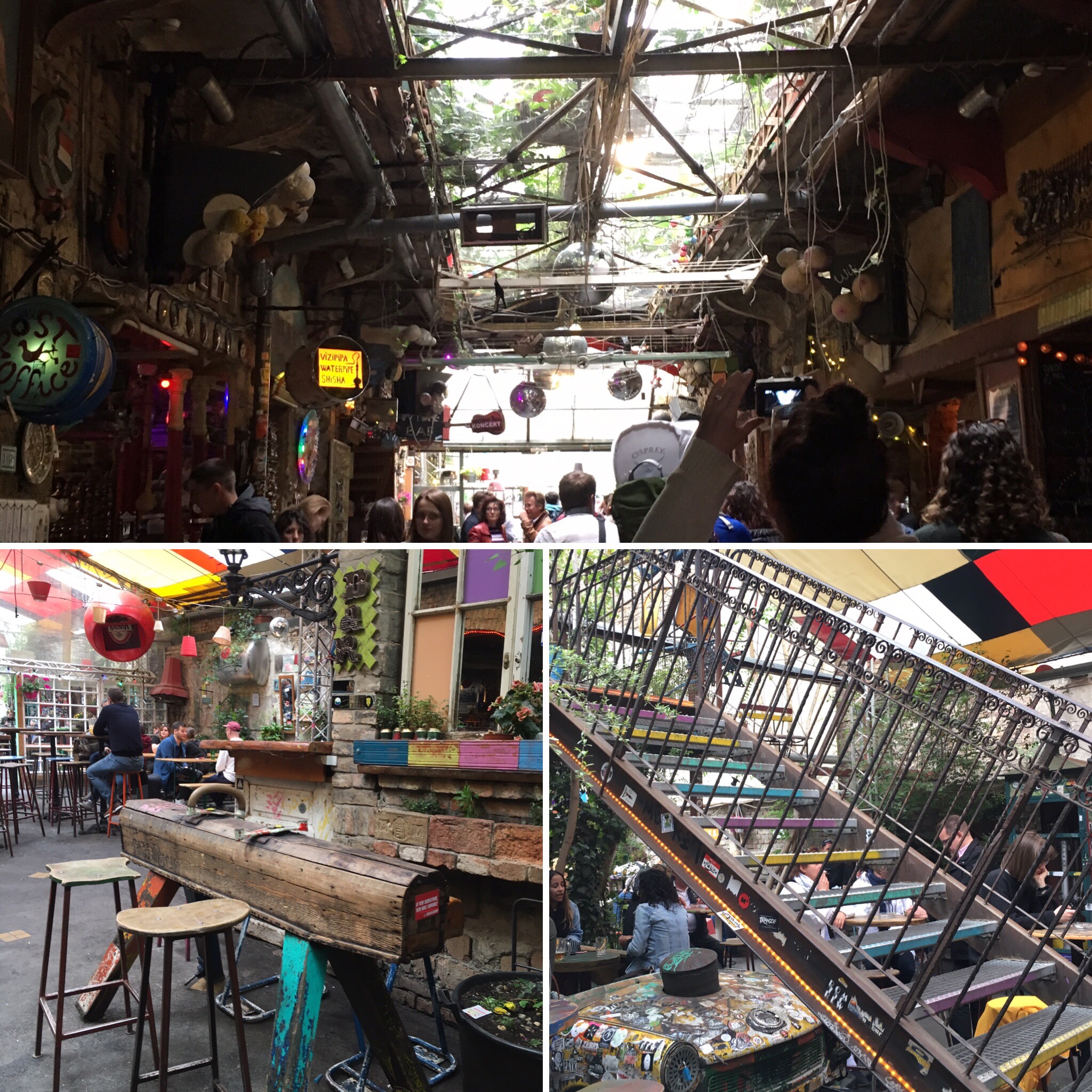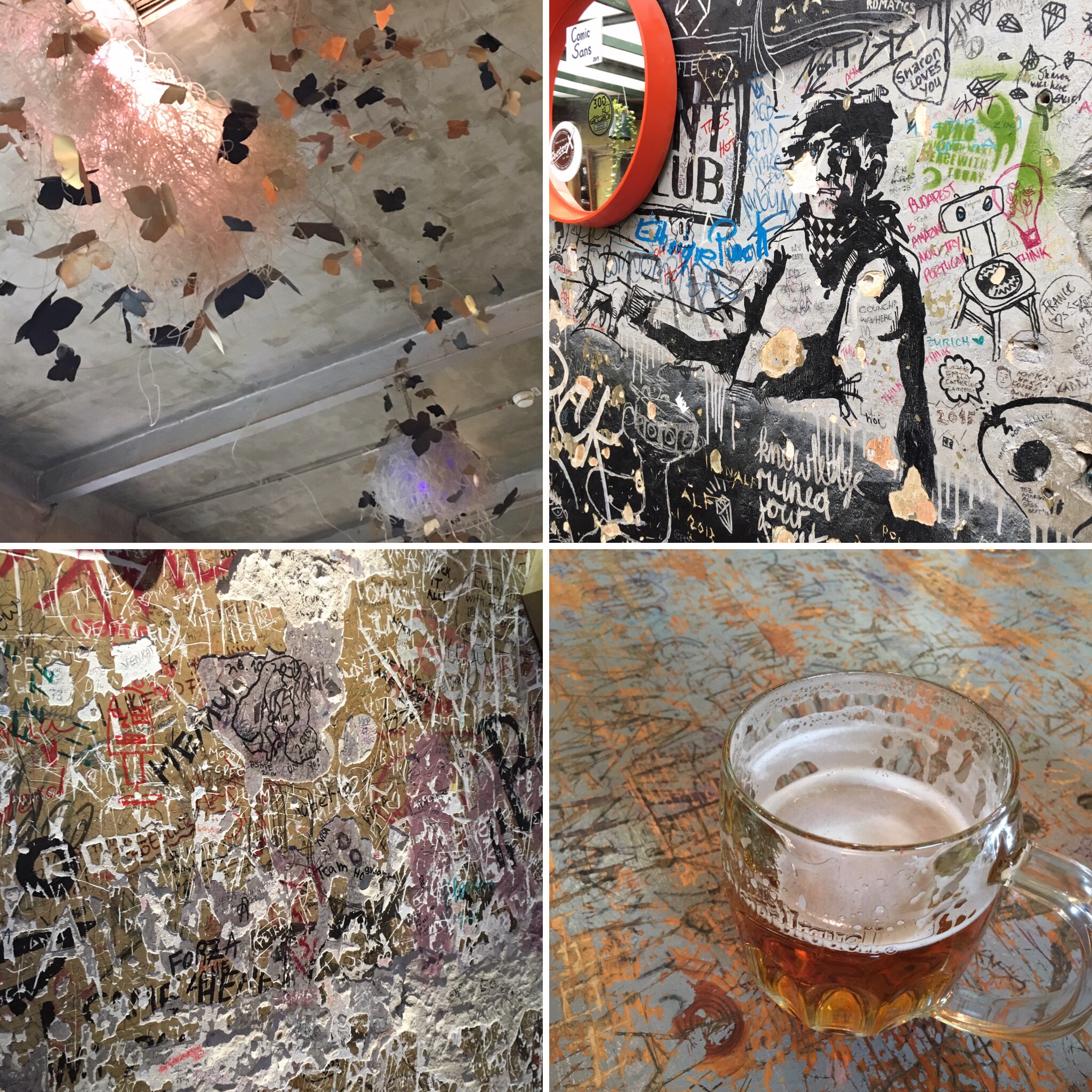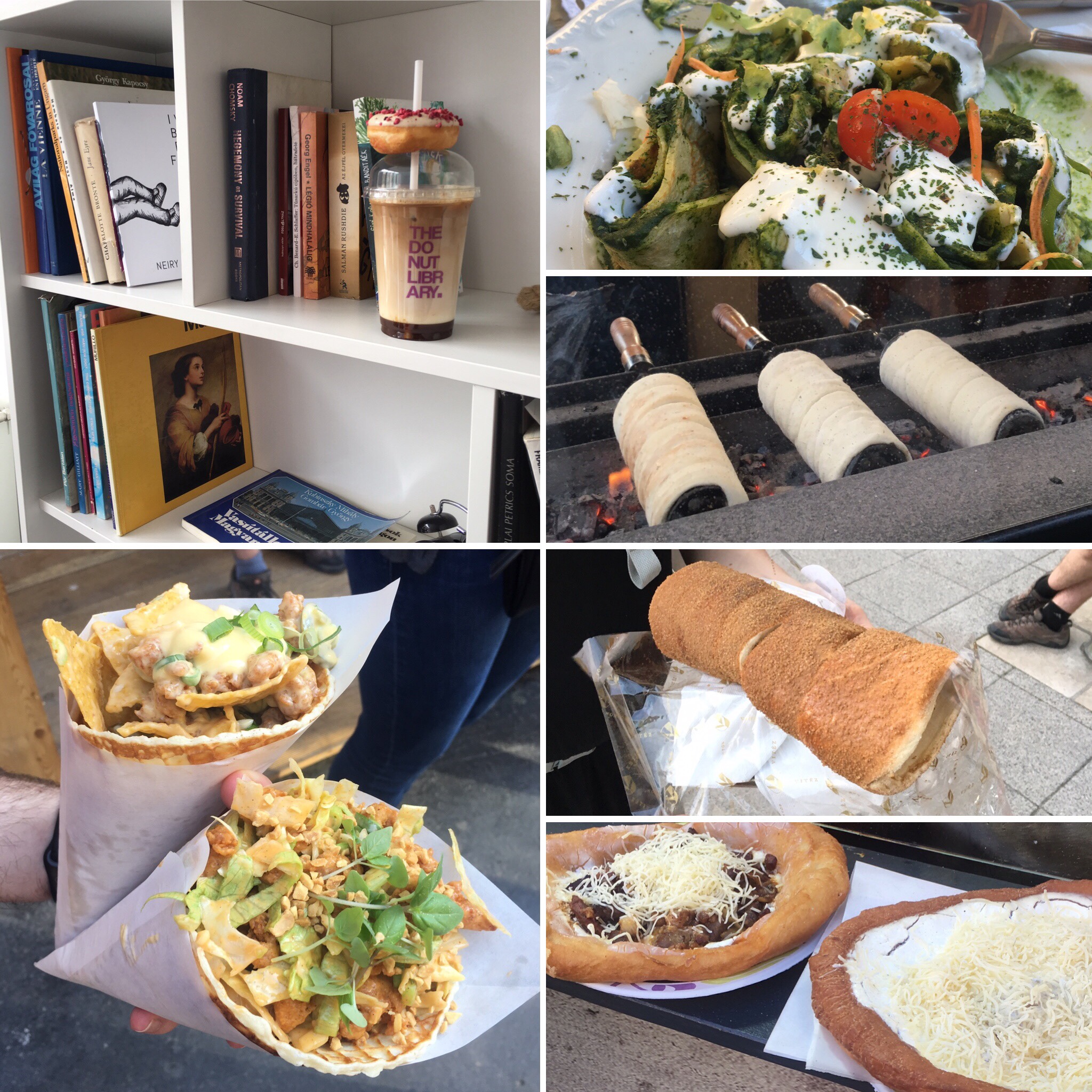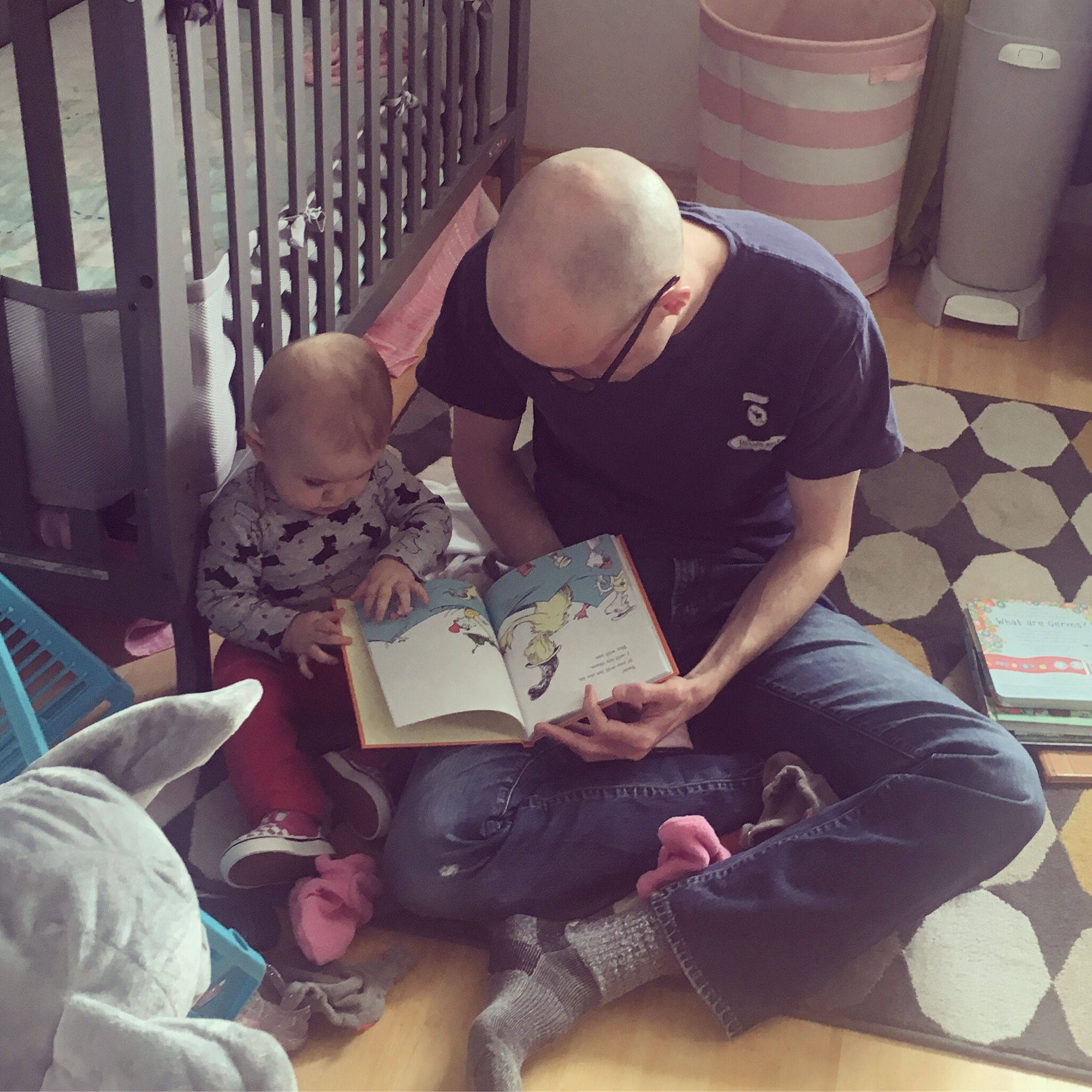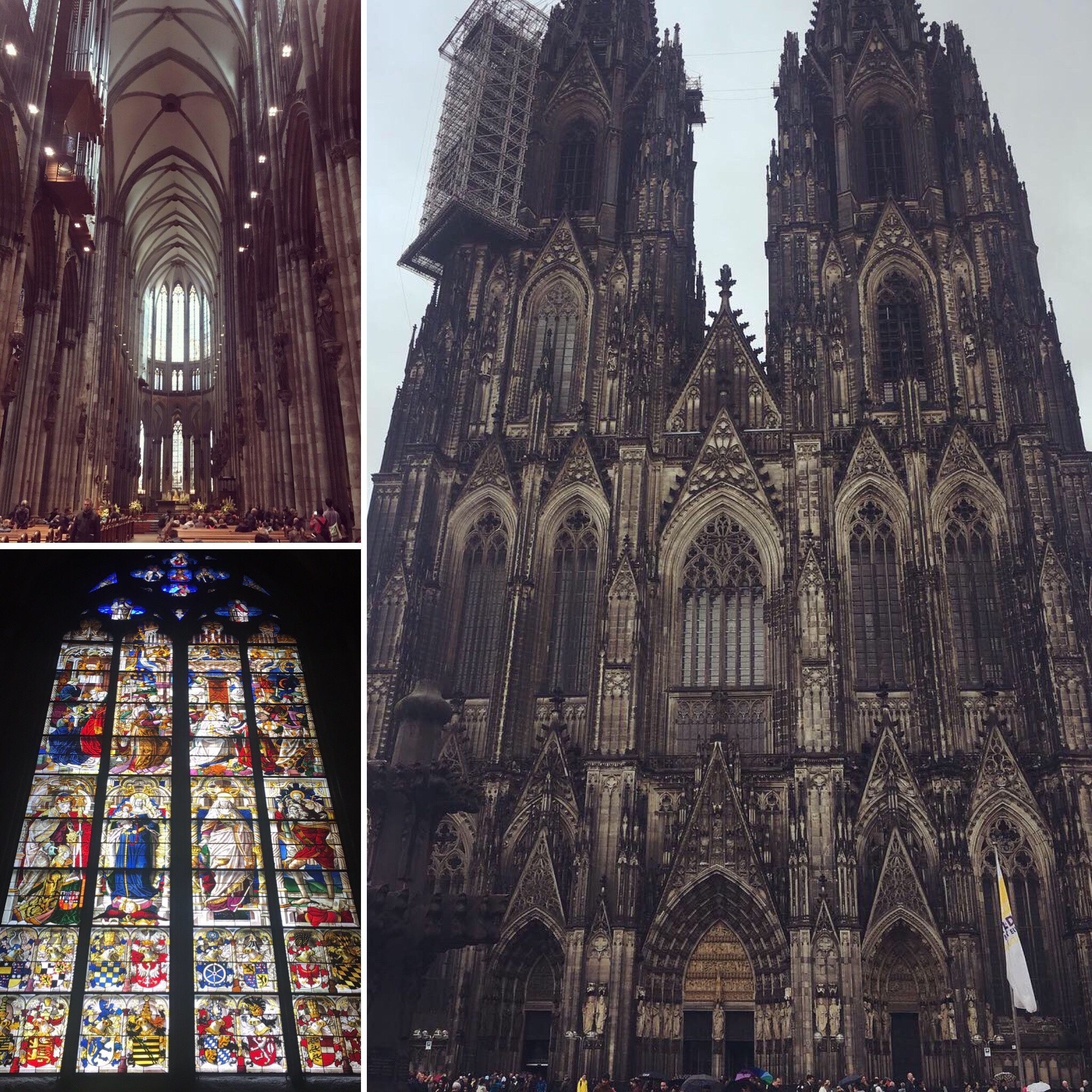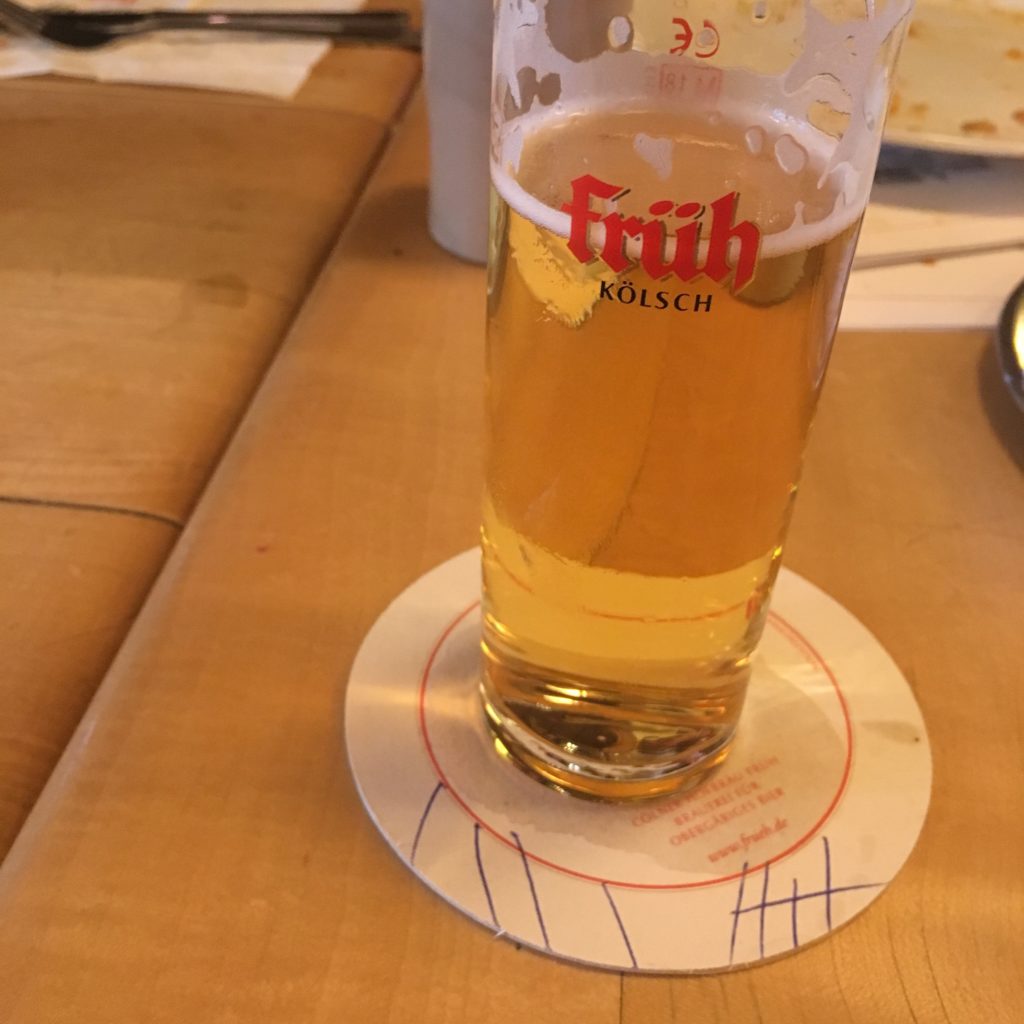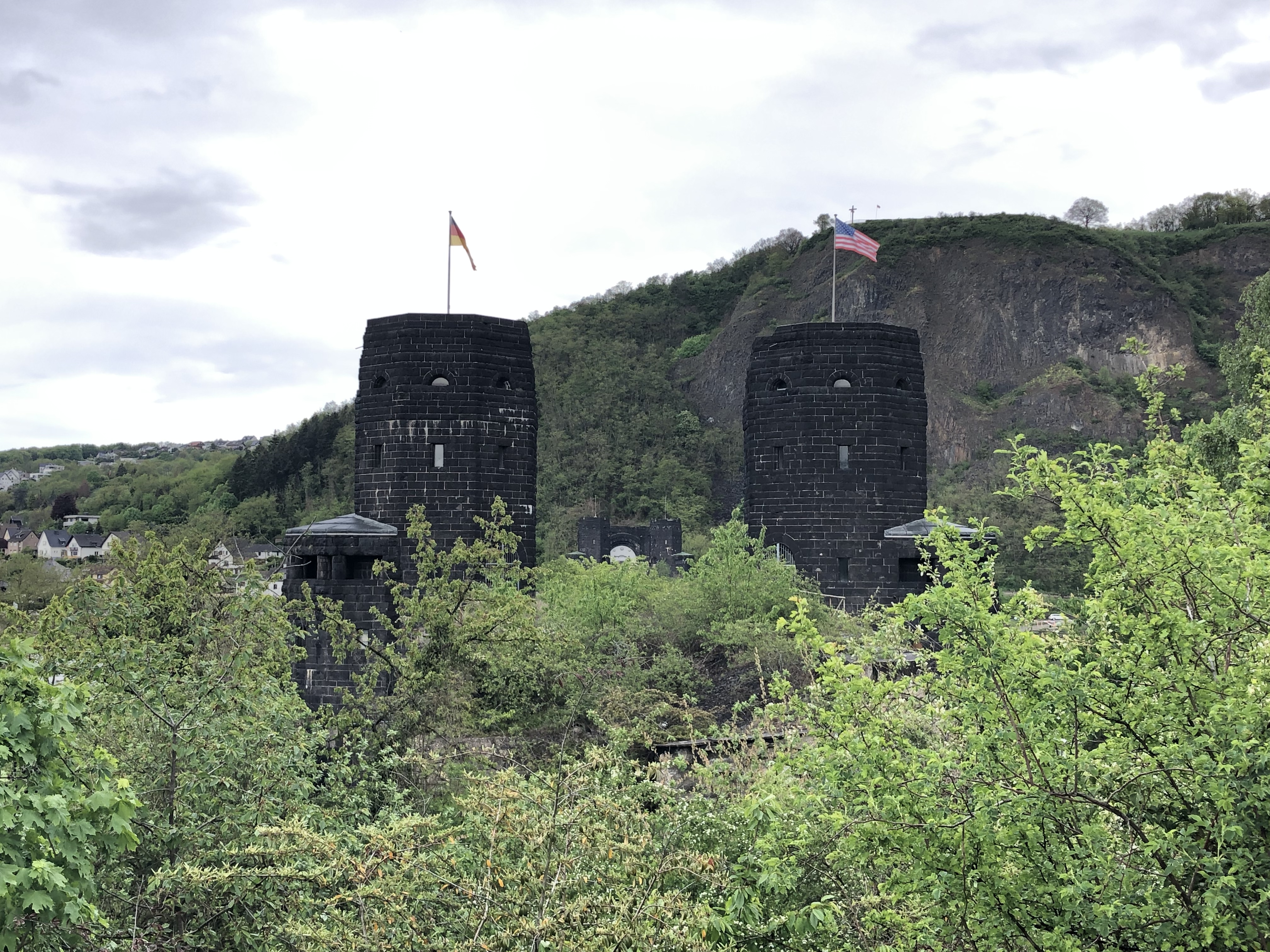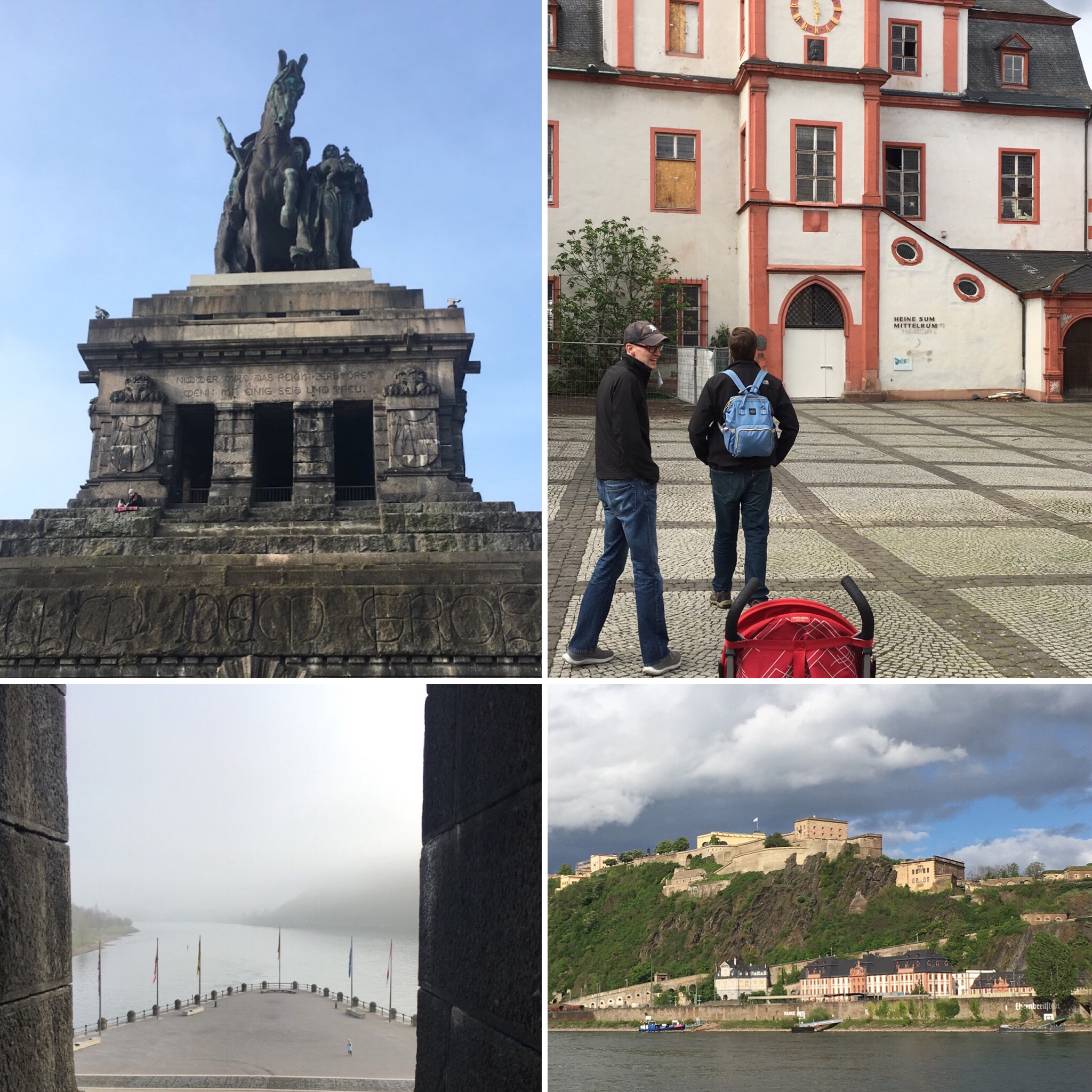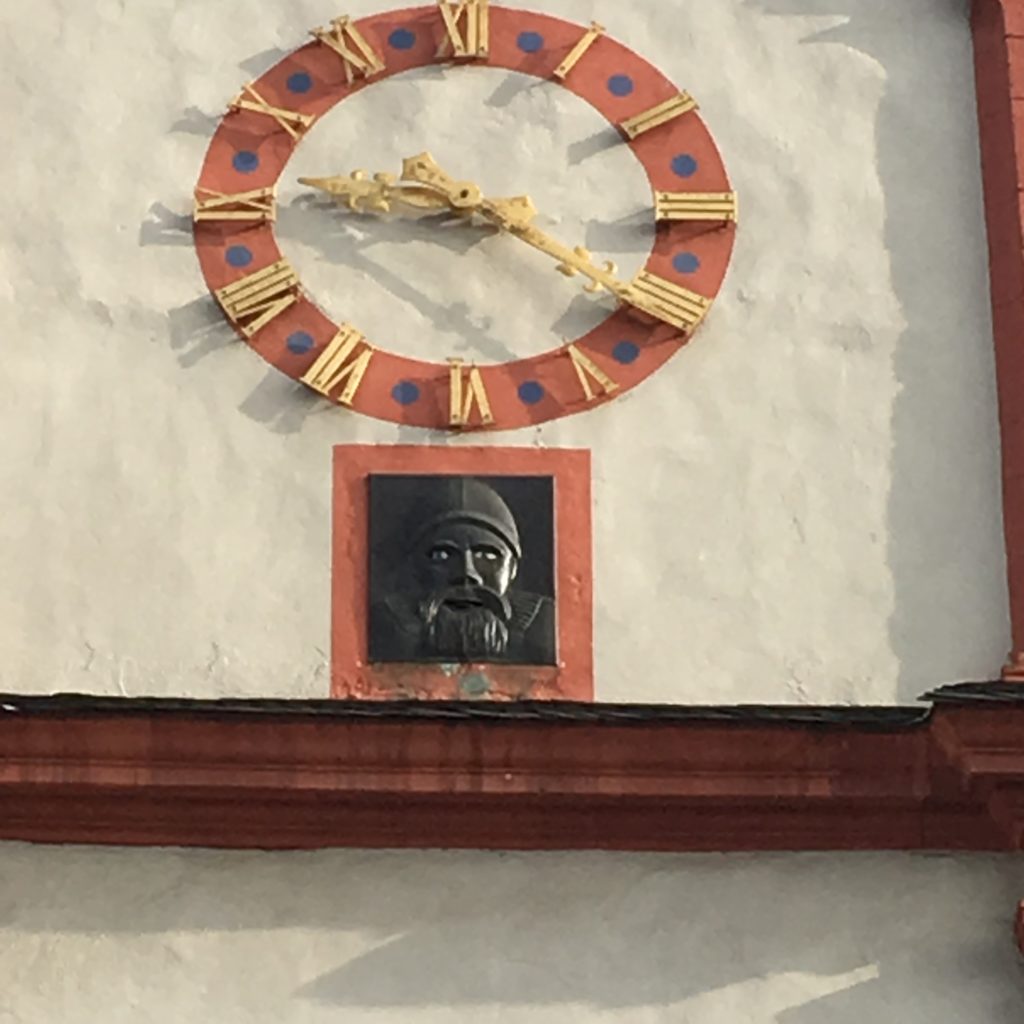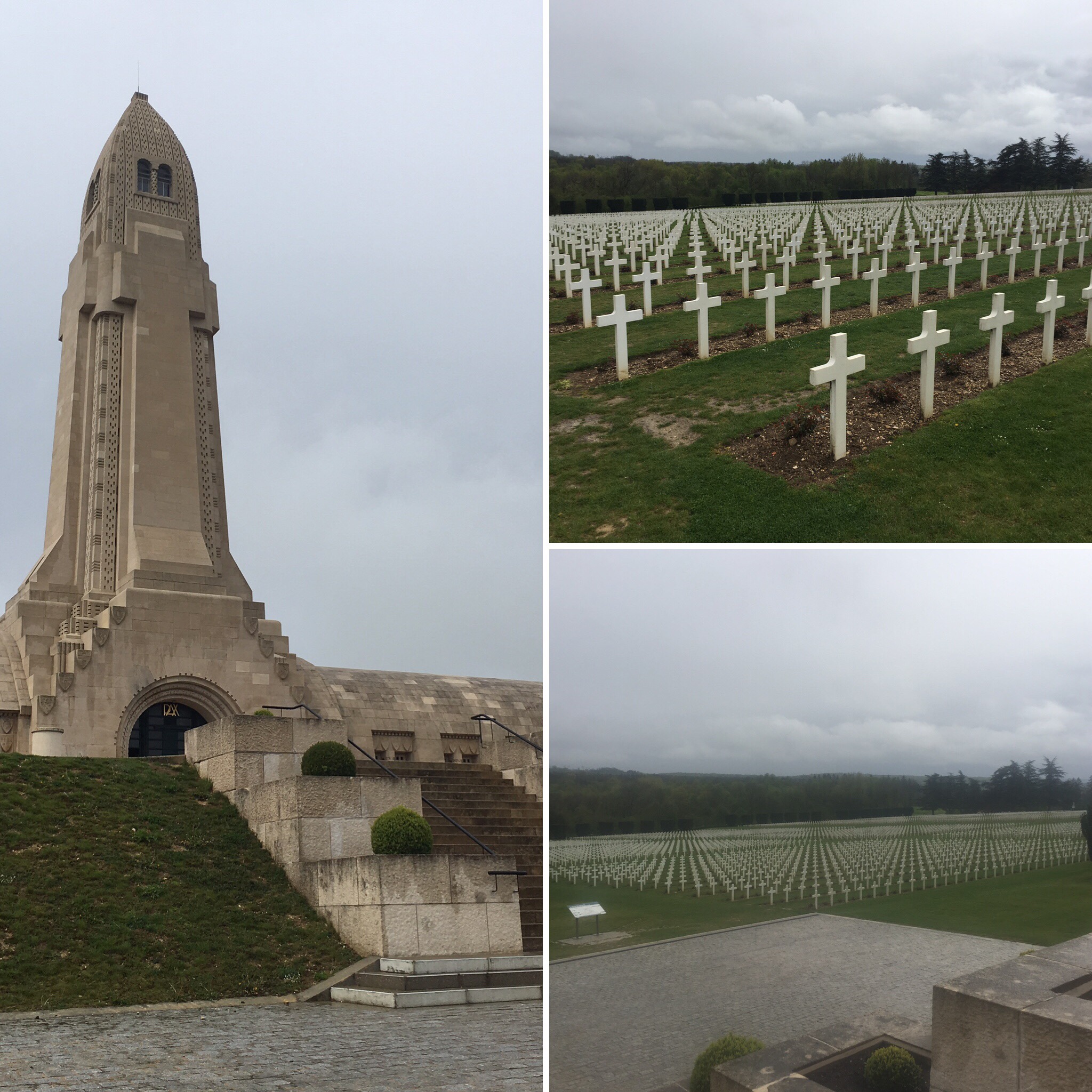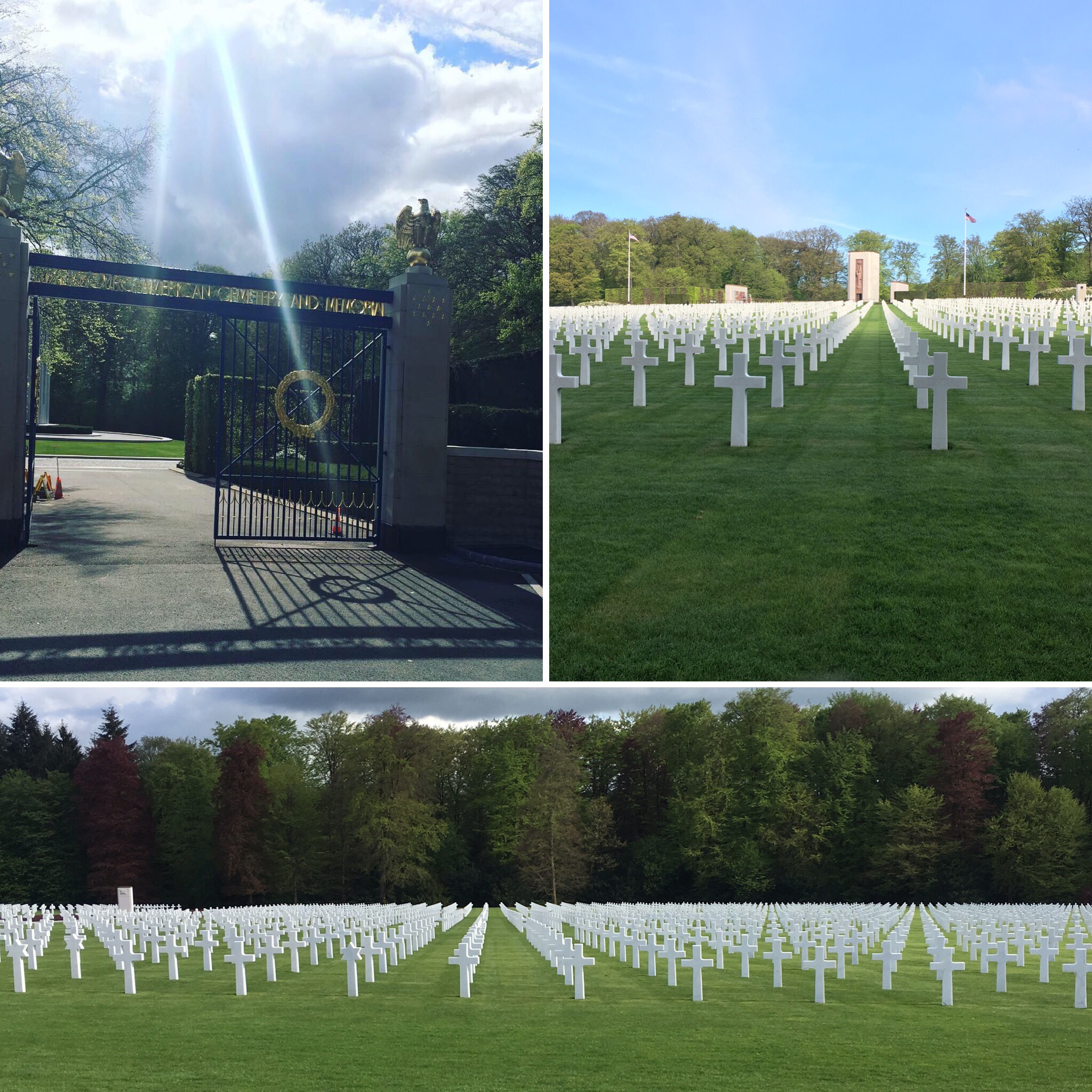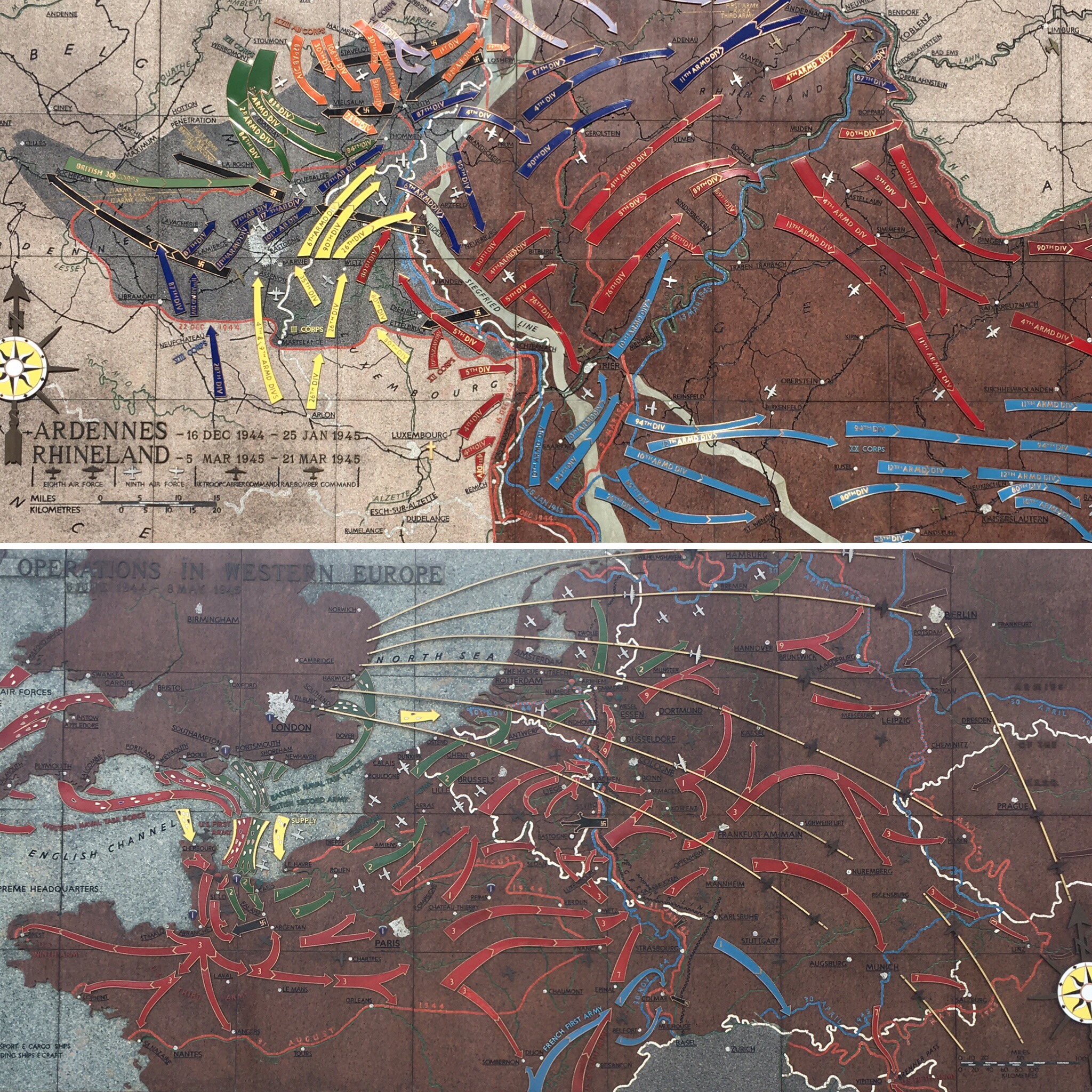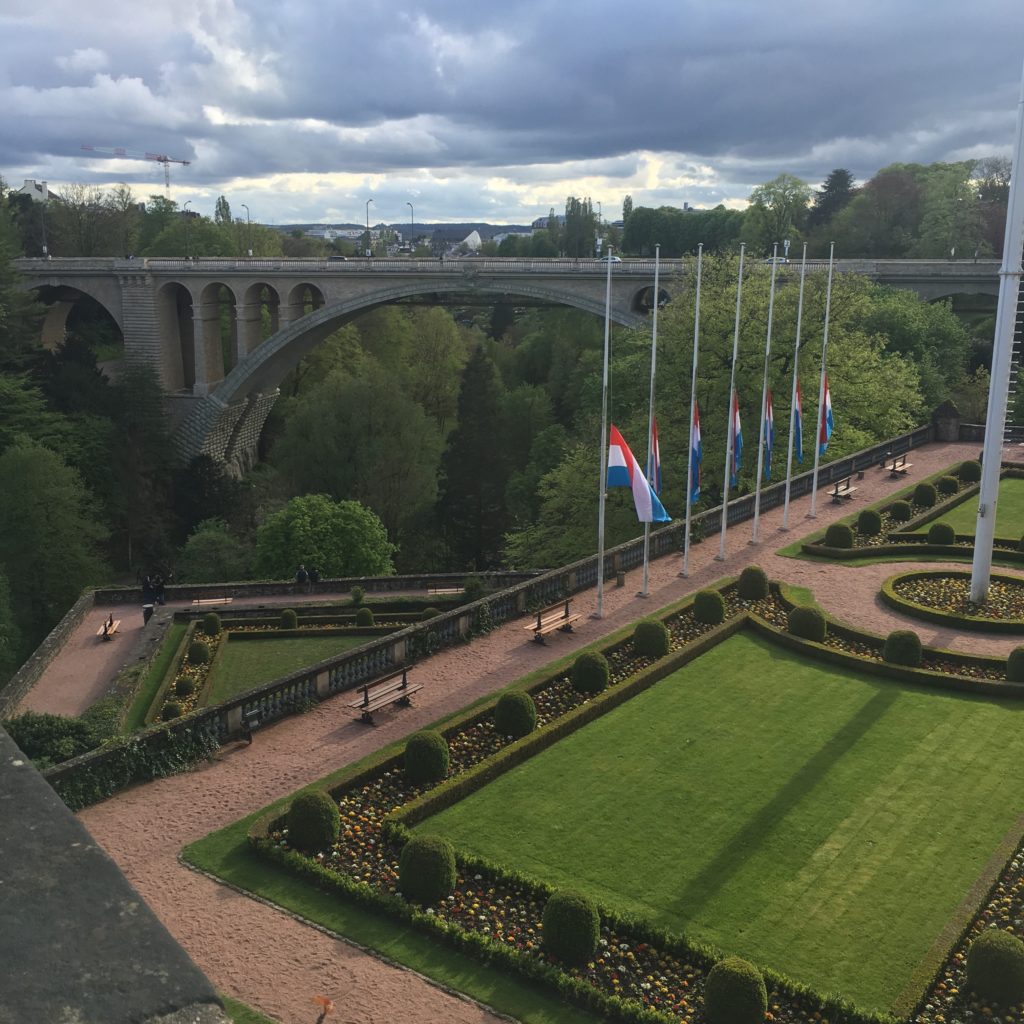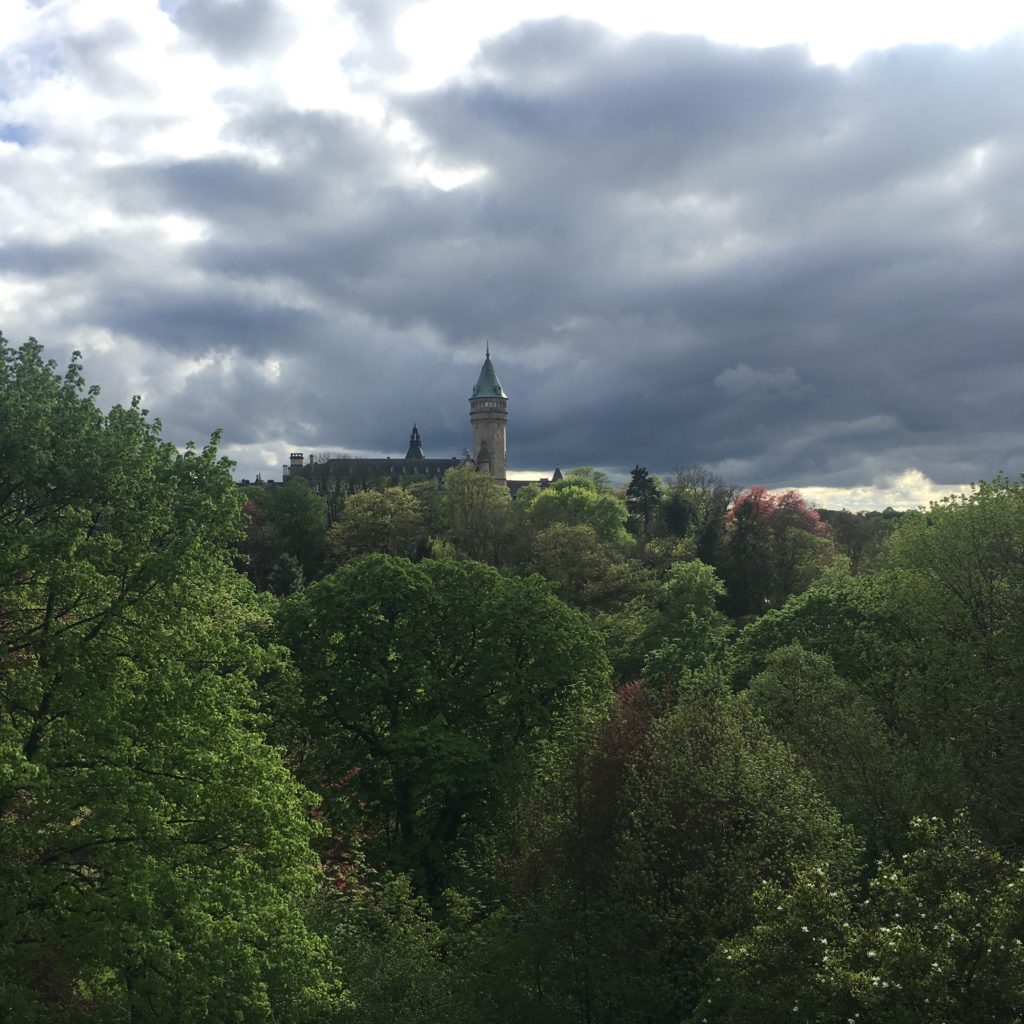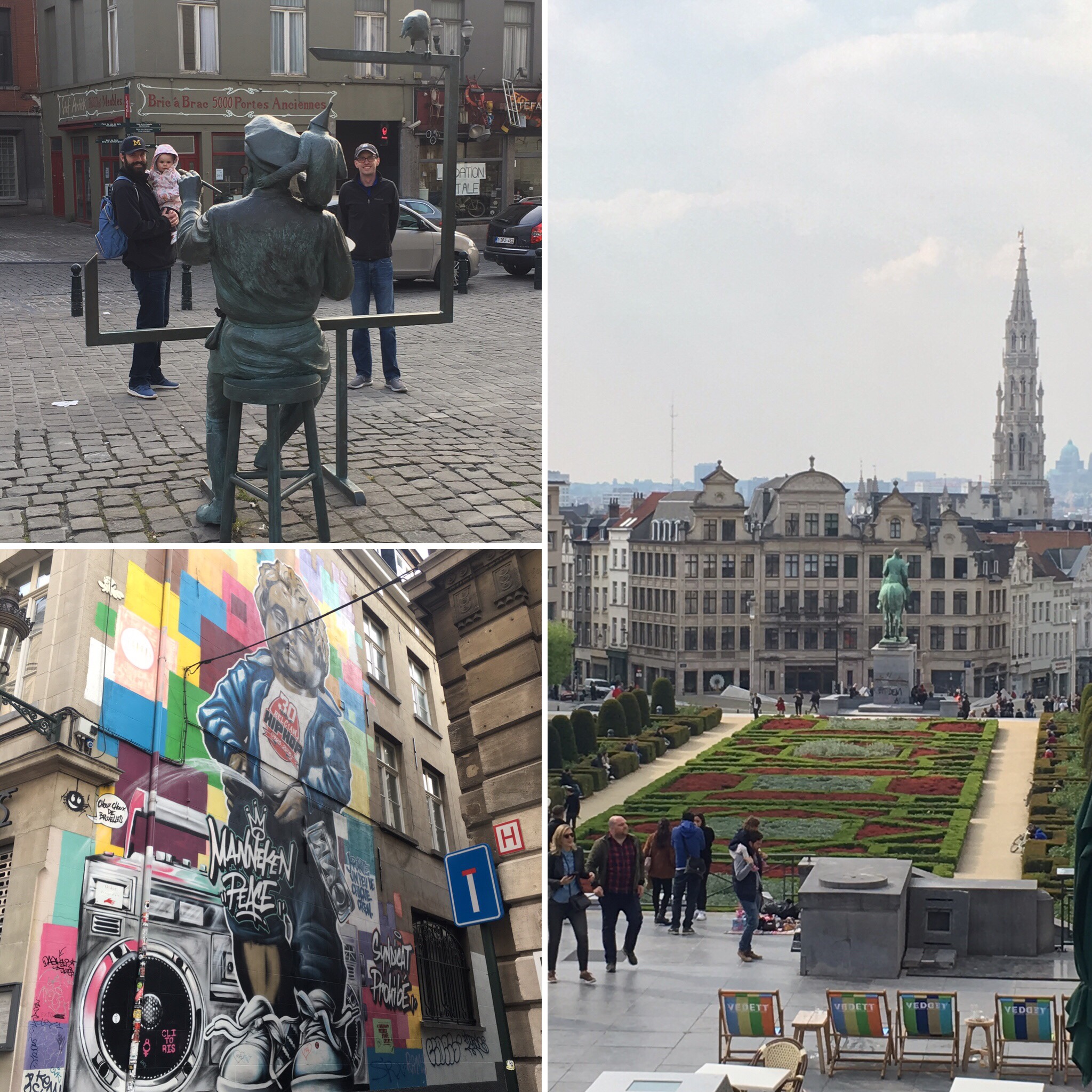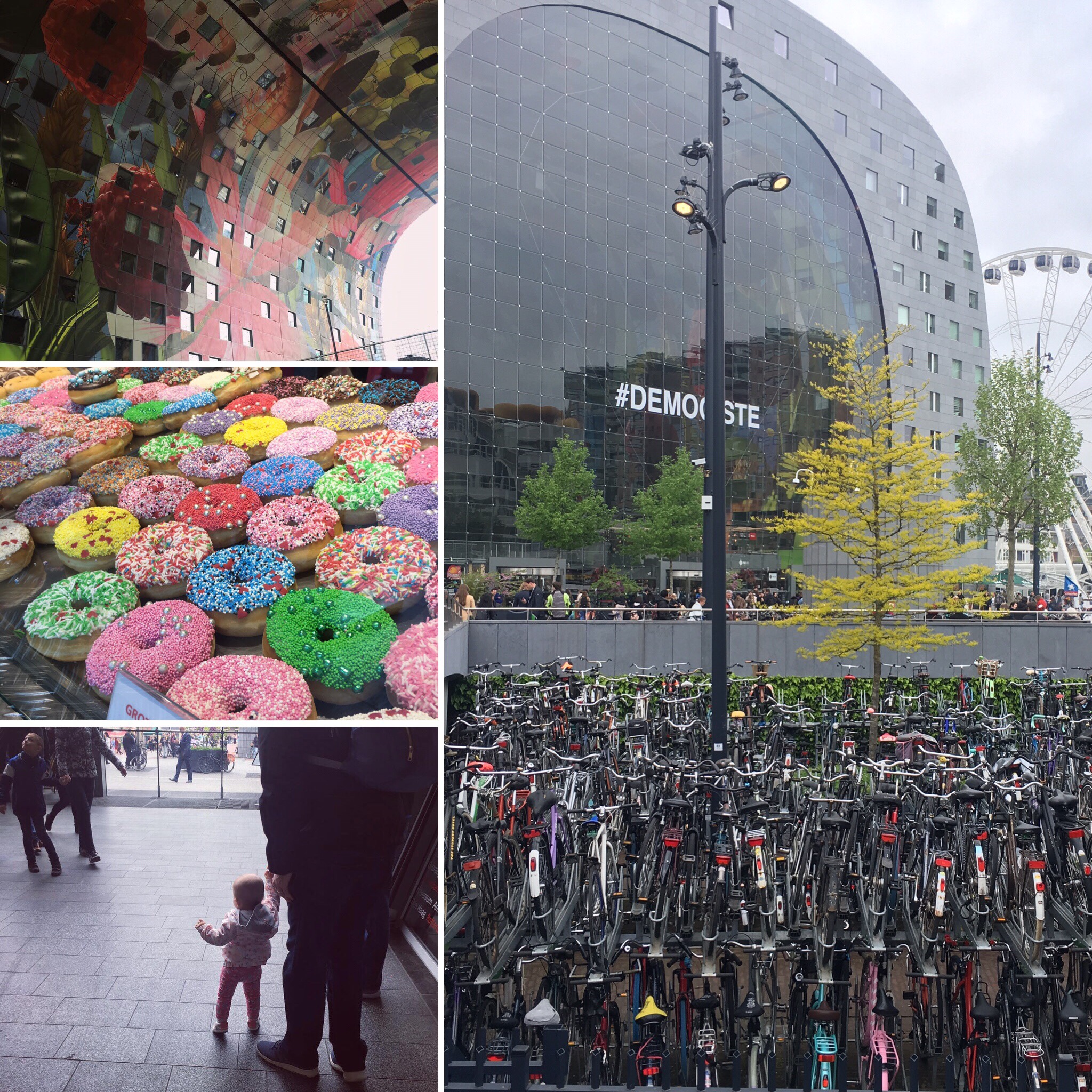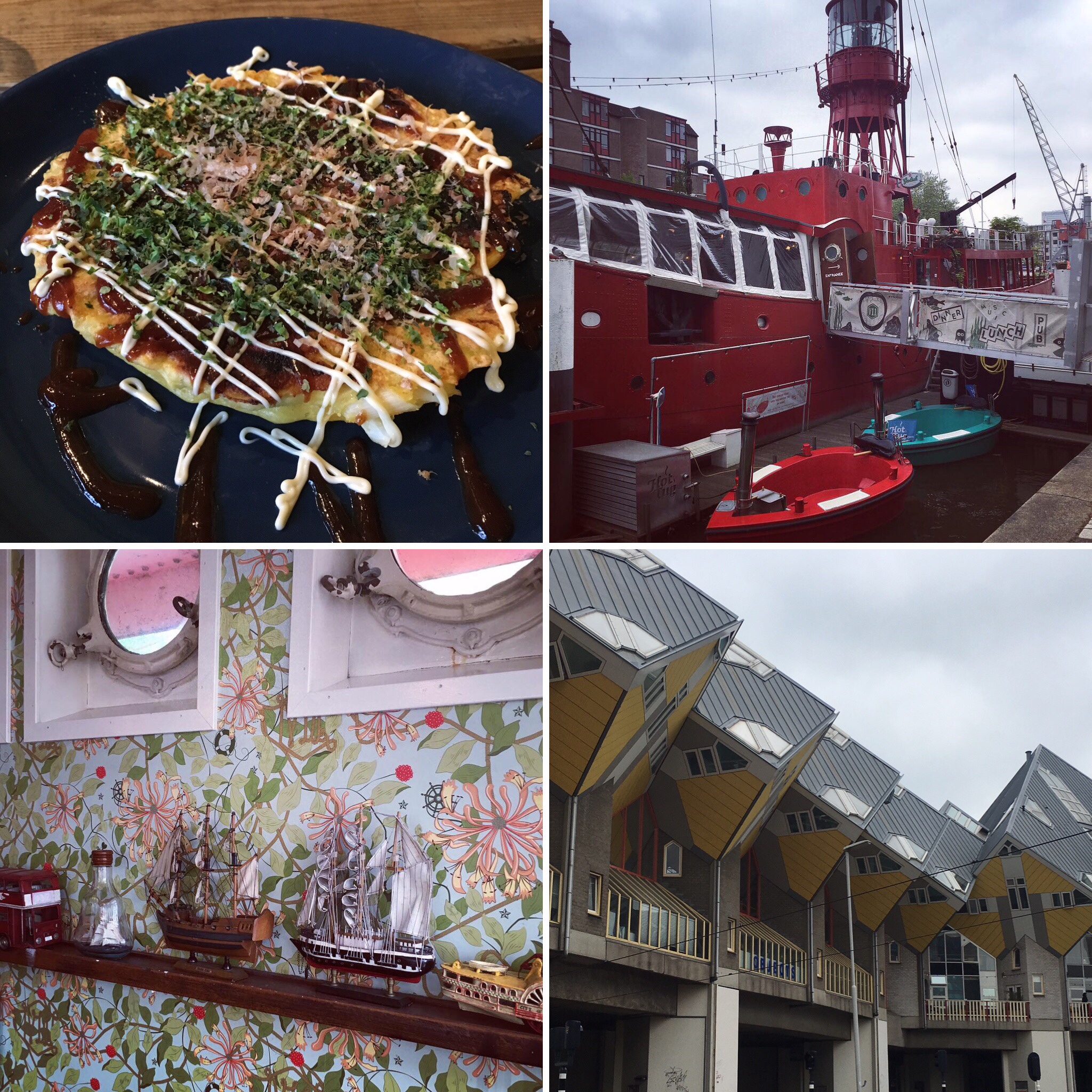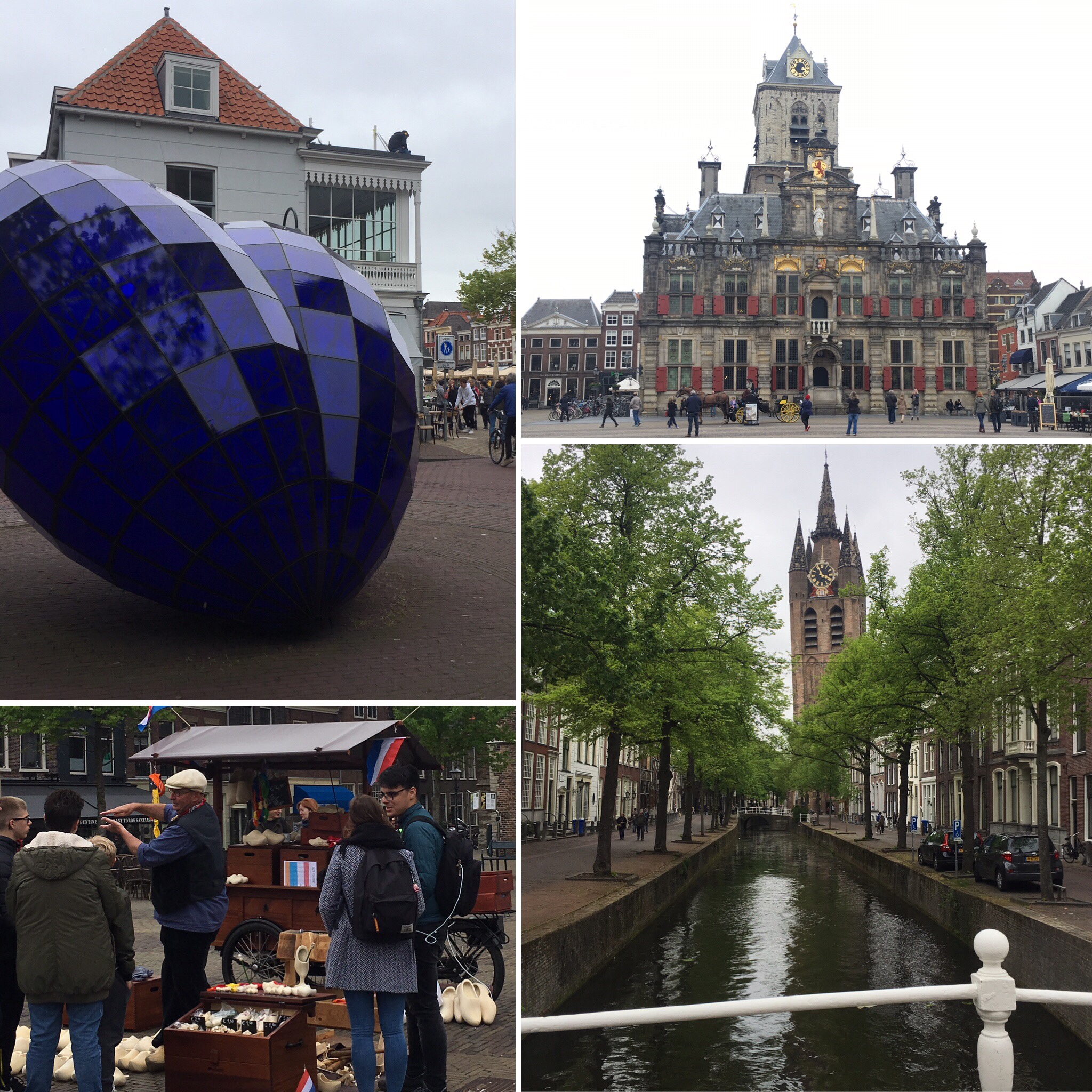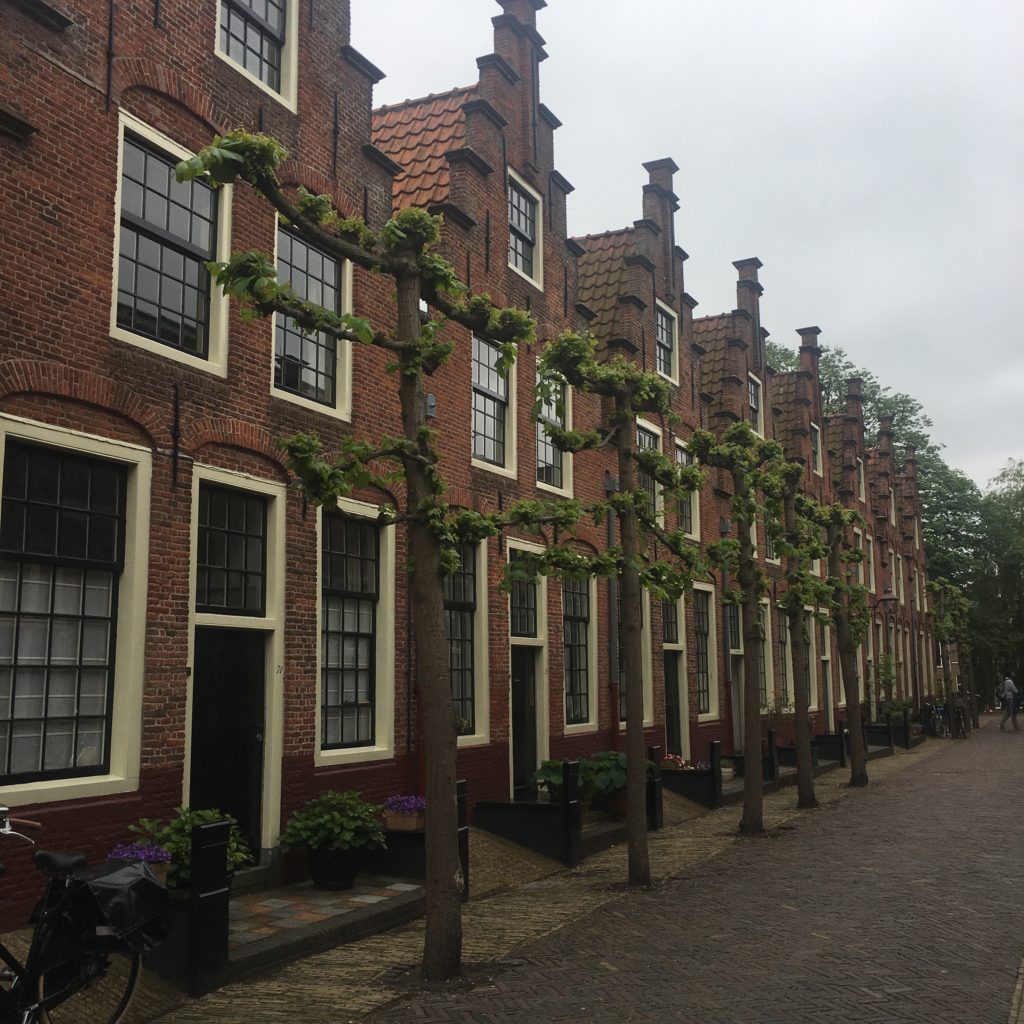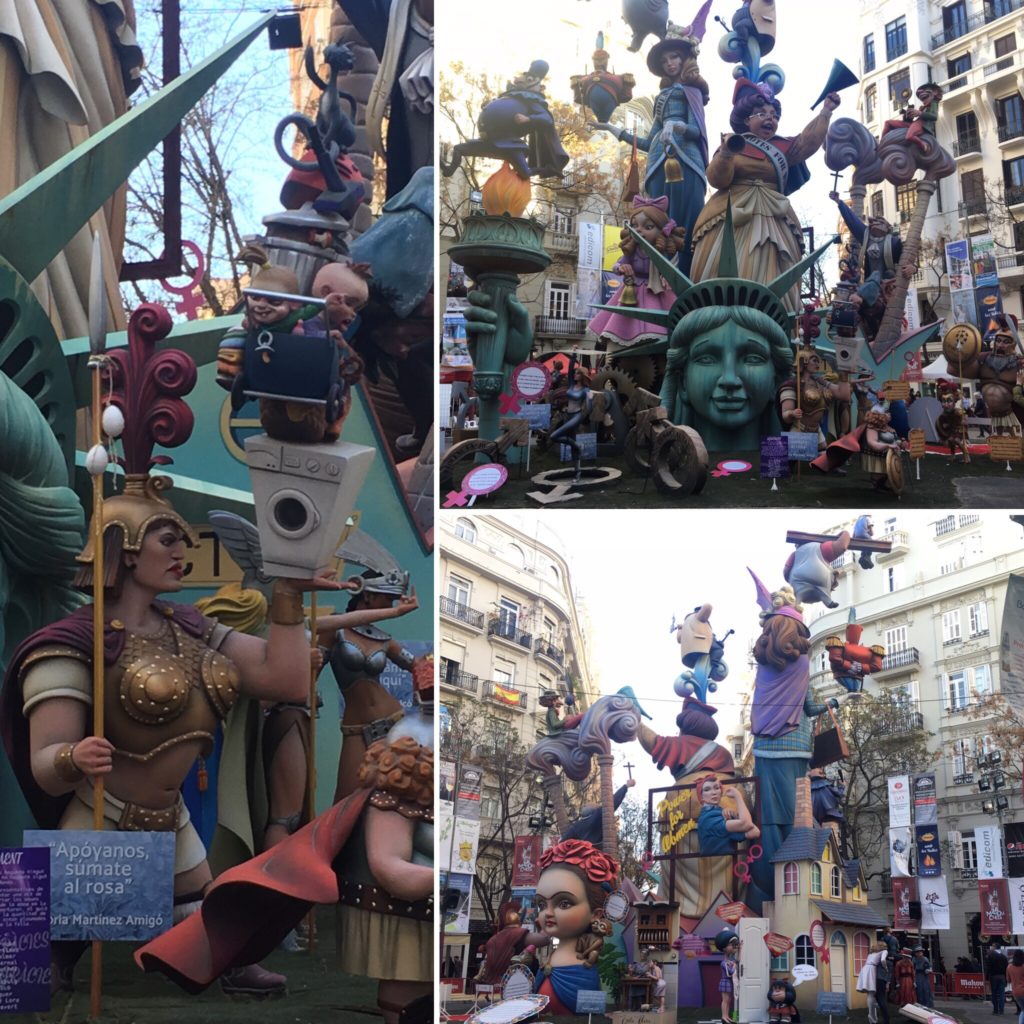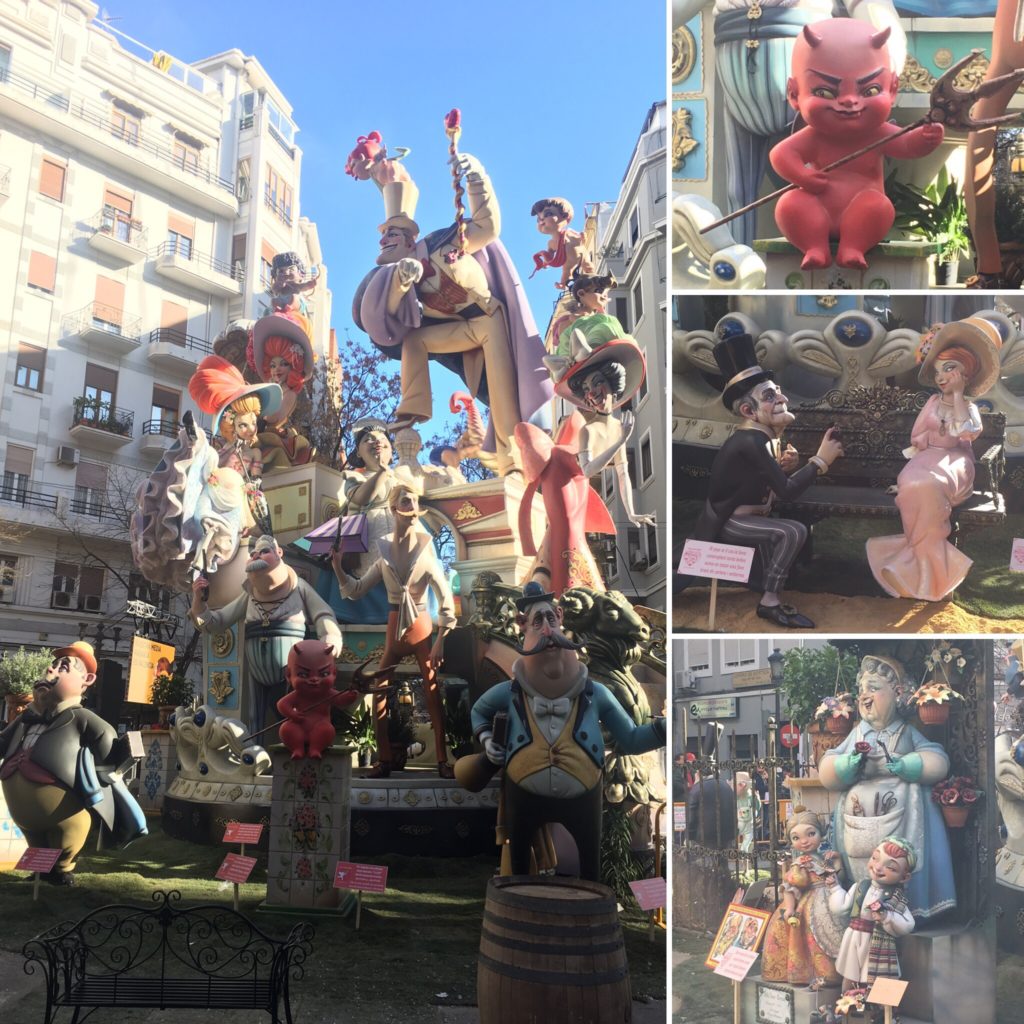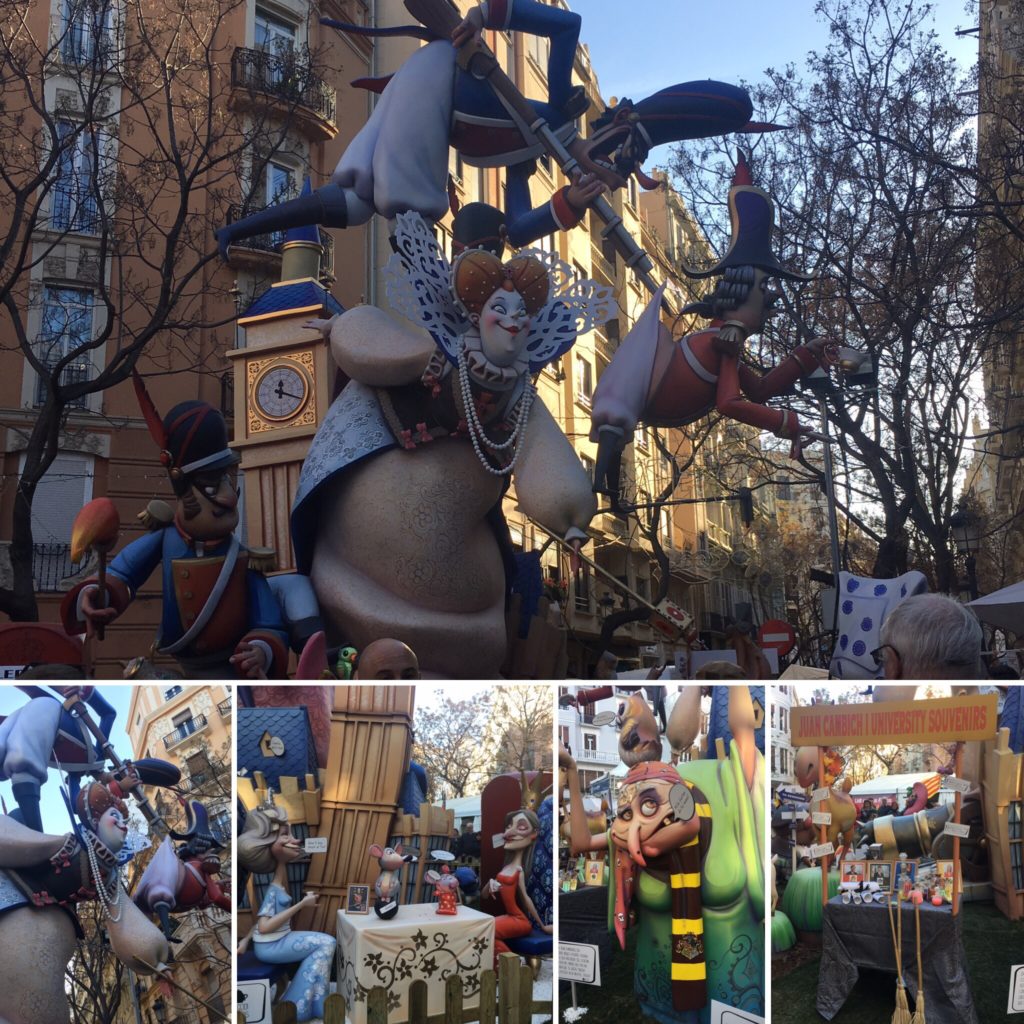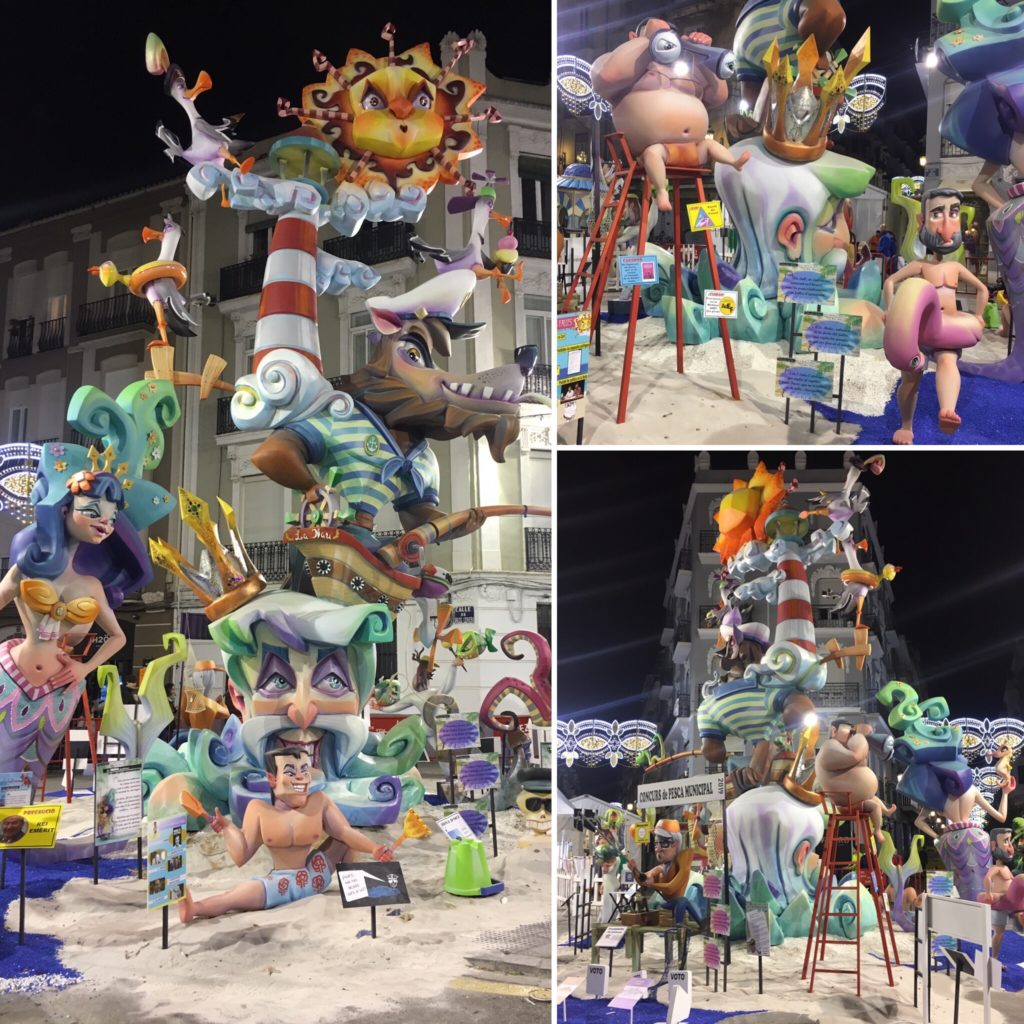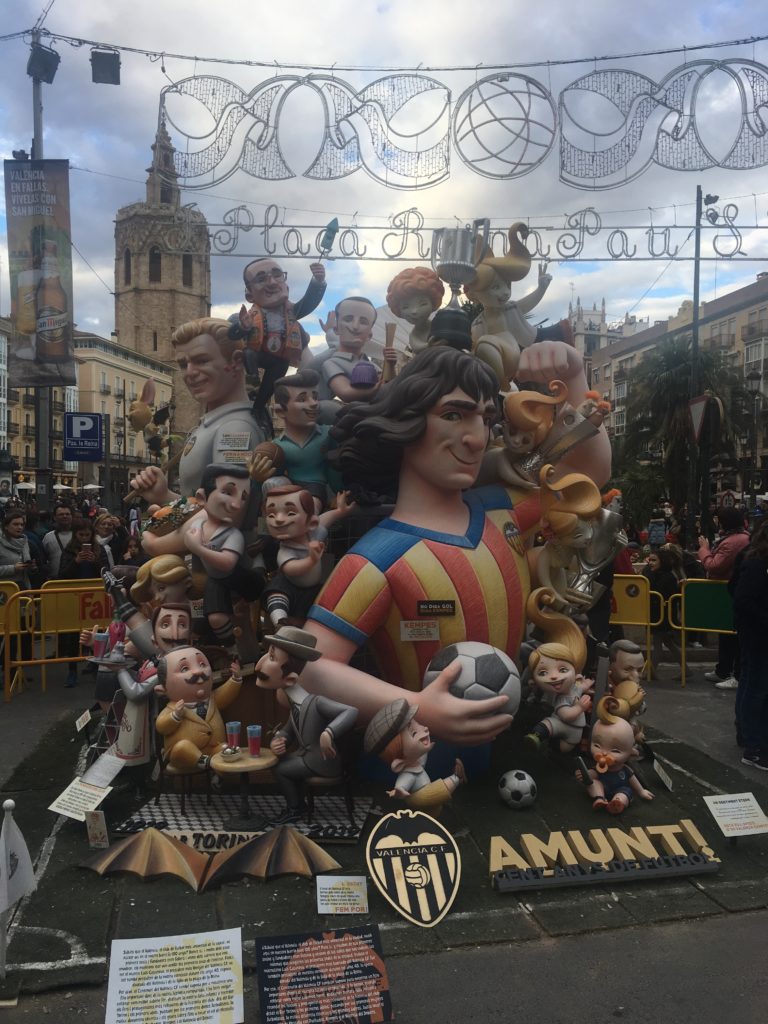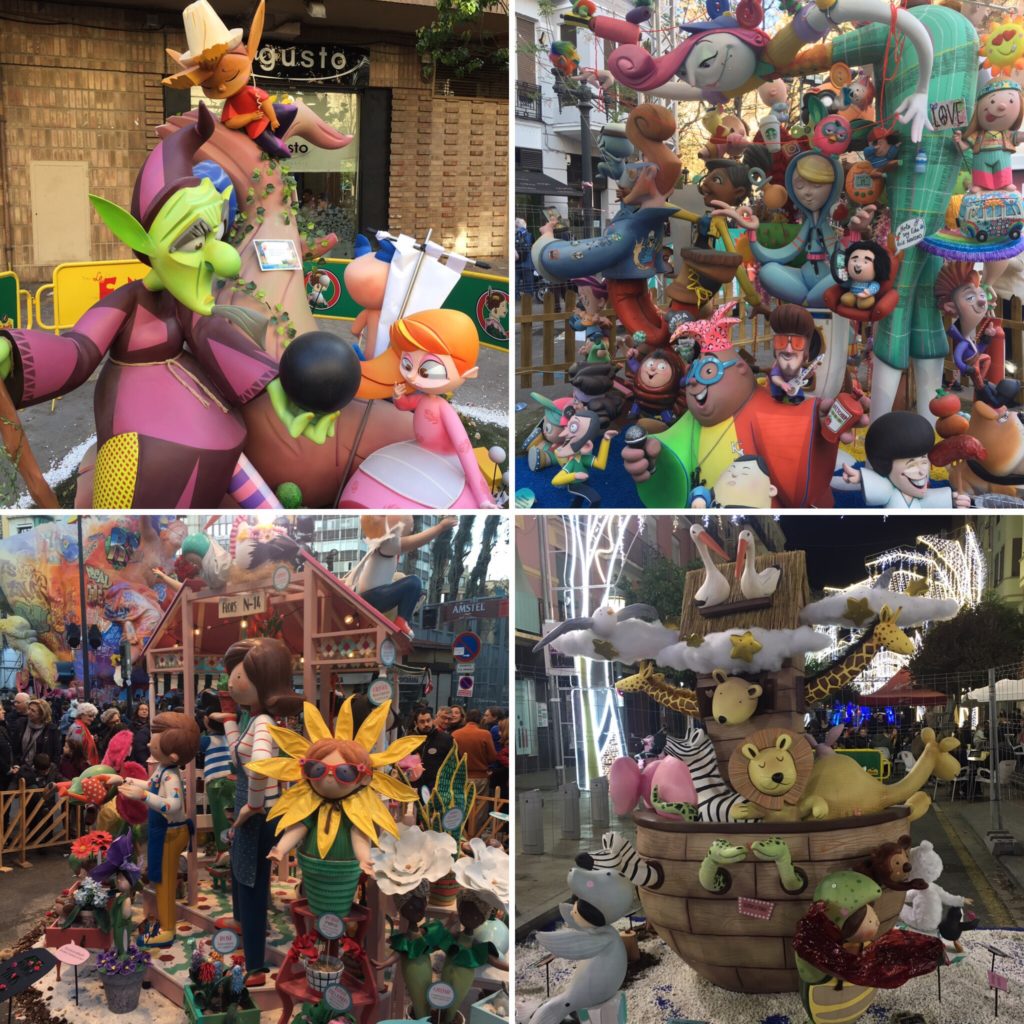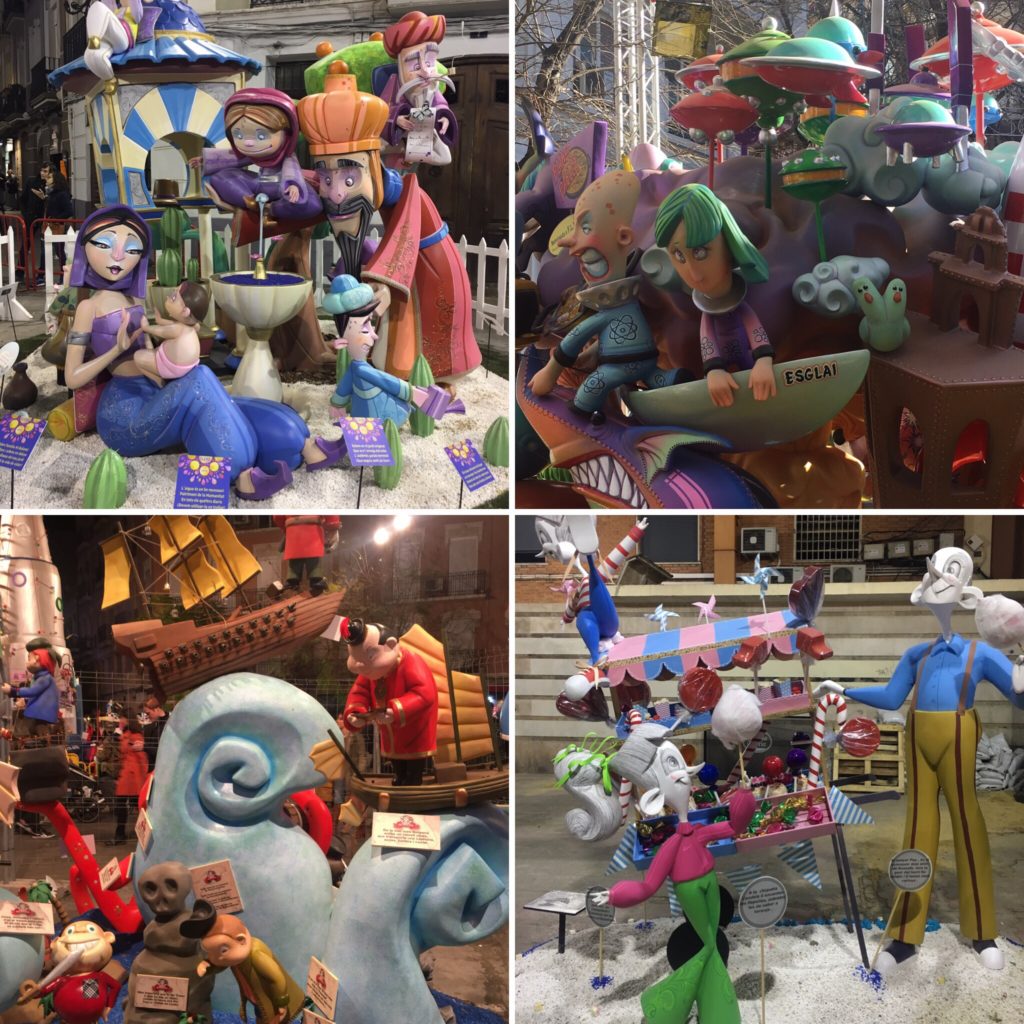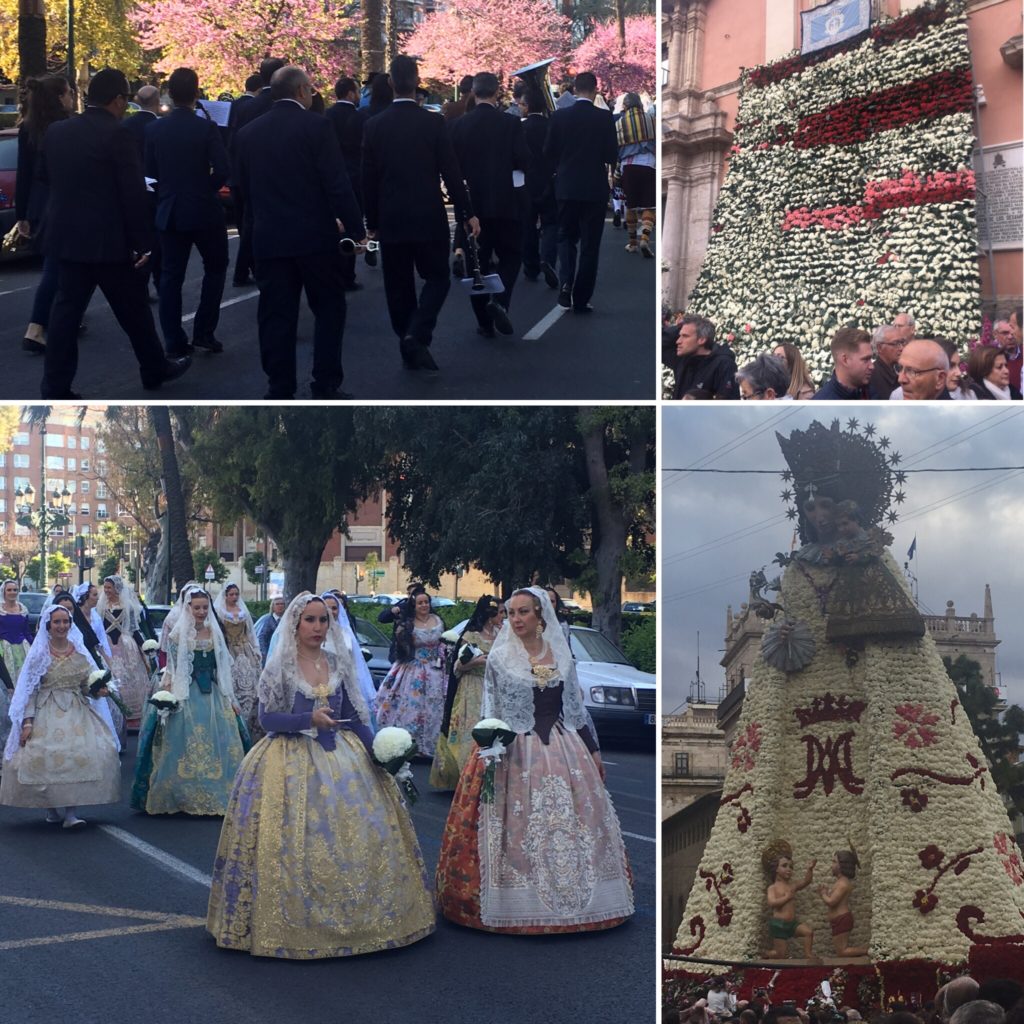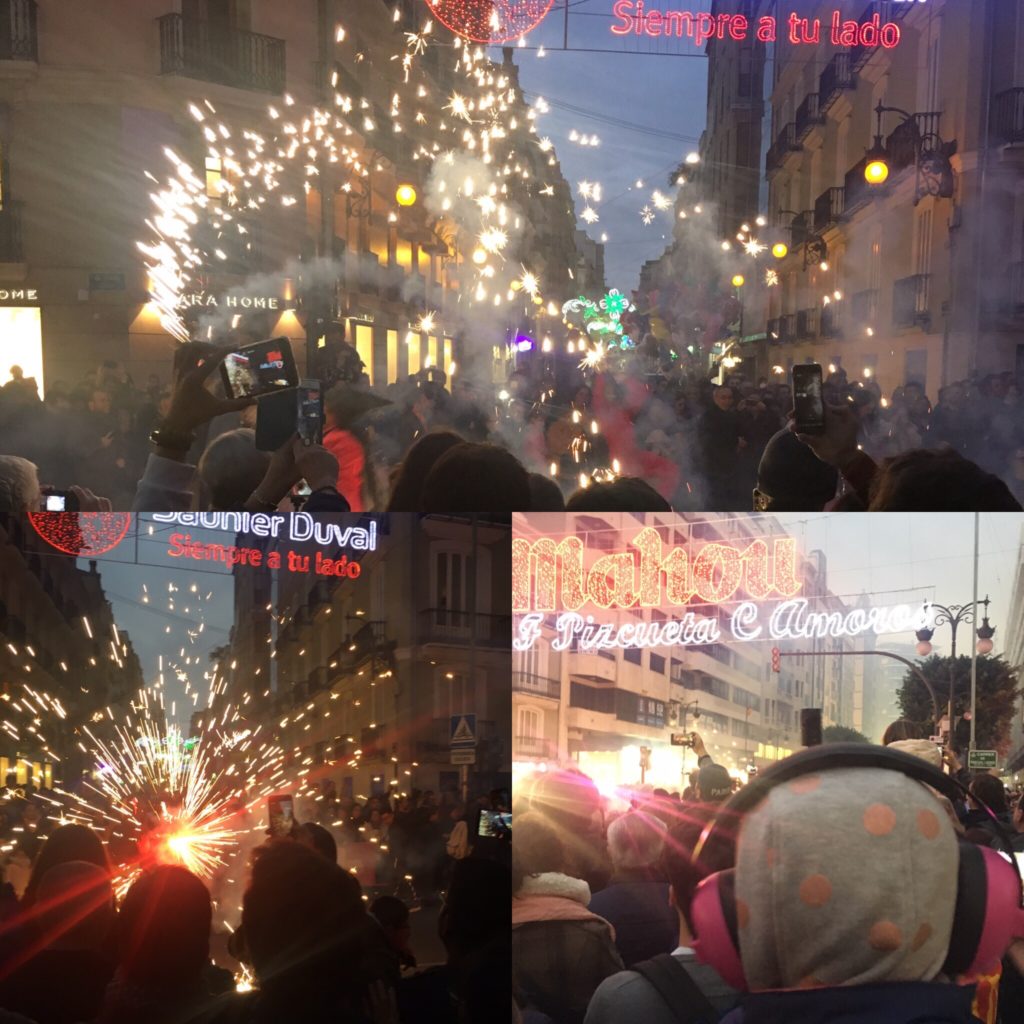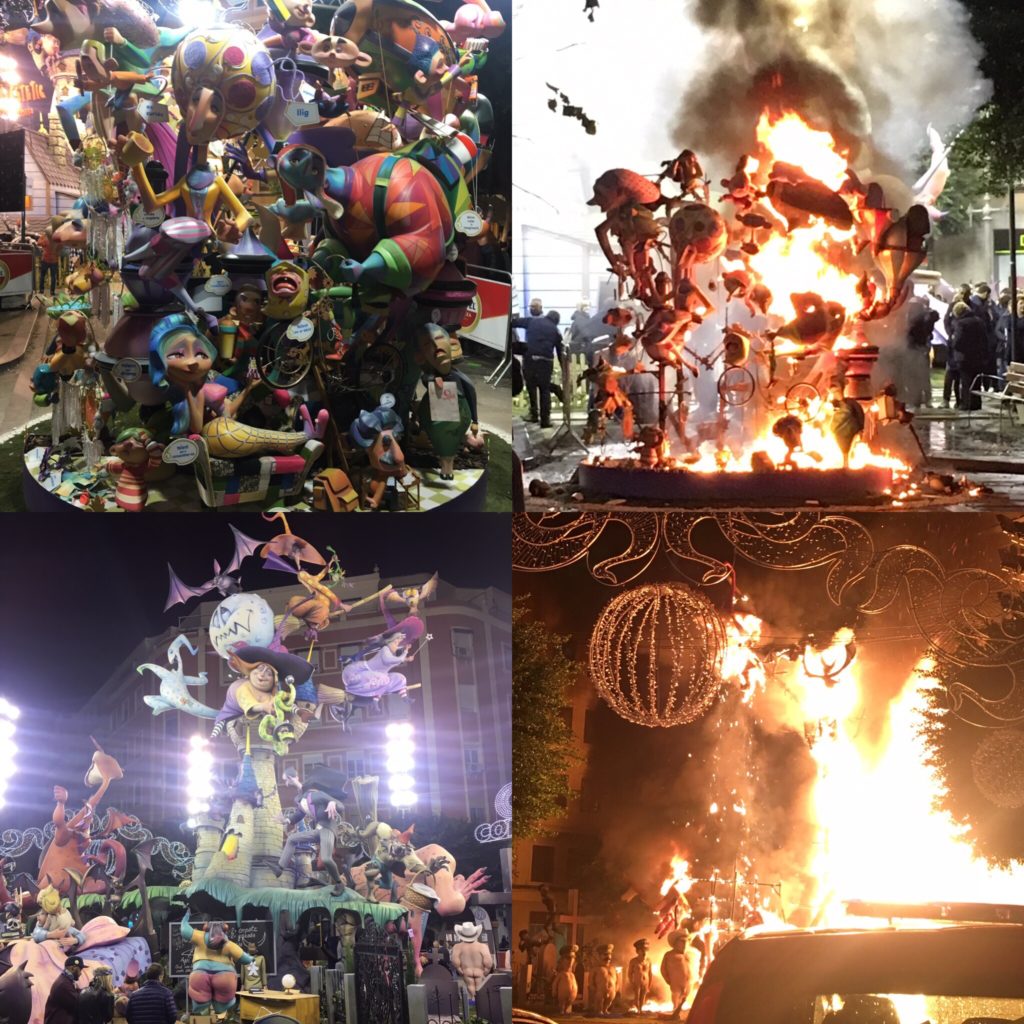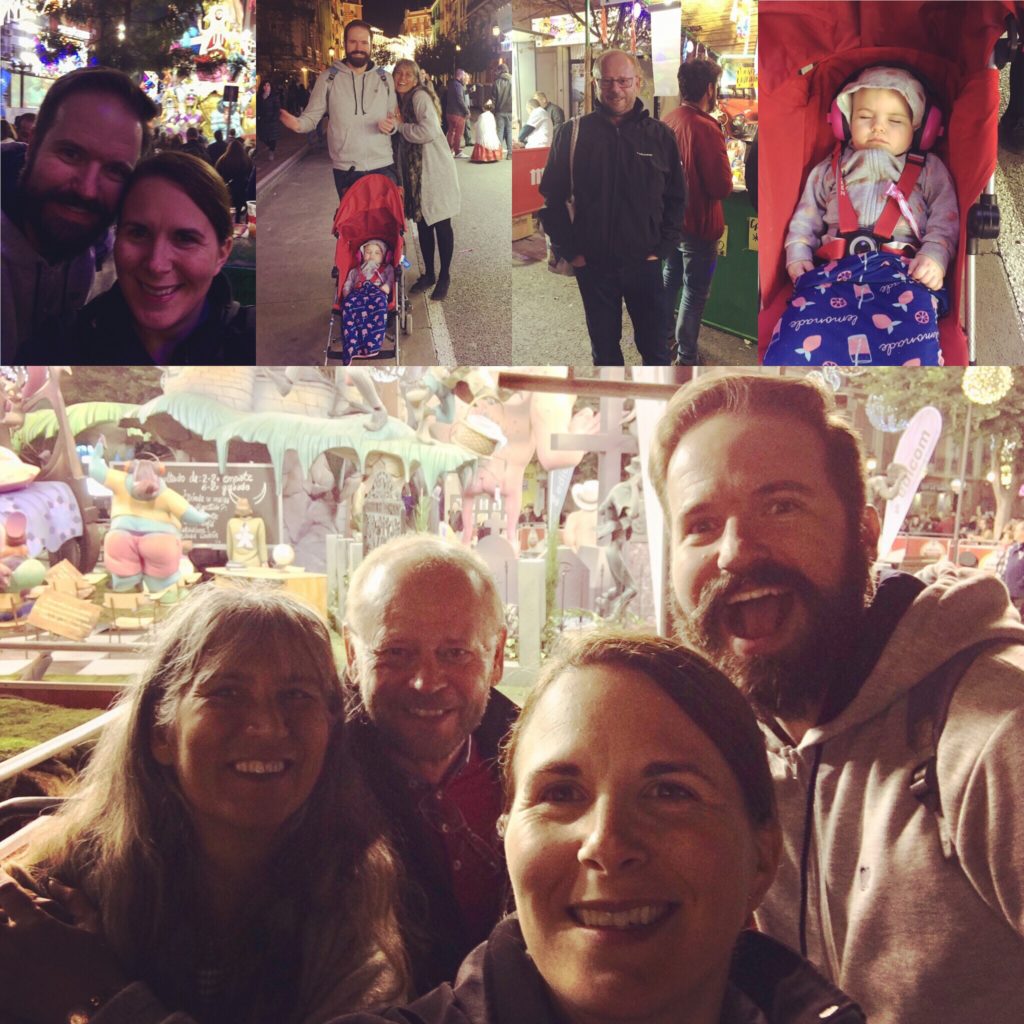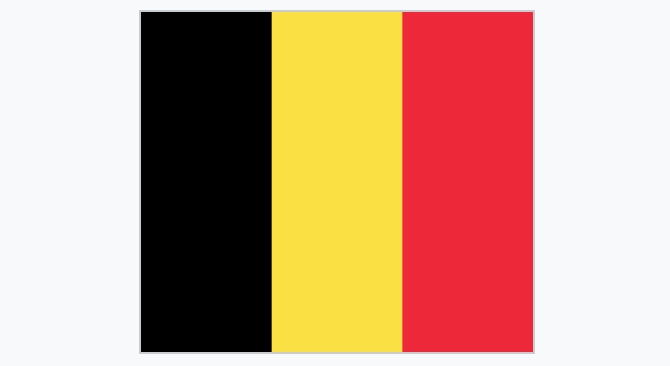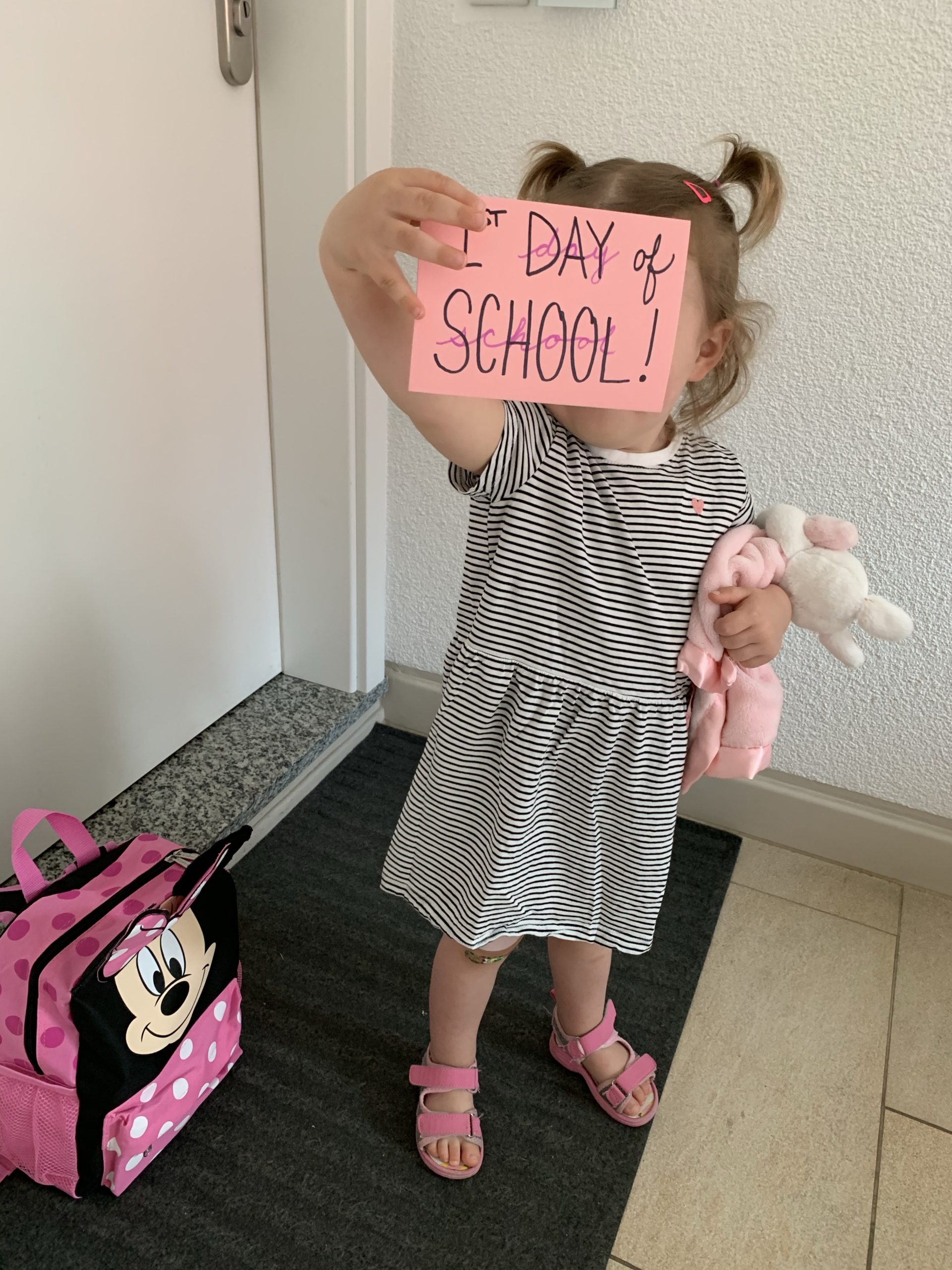
Seriously, how is my little girl in kindergarten? Well for starters, kindergarten in Germany is actually preschool. In Germany, schooling is taken seriously. Before the age of 3, kids go to Kita (daycare) or a Tagesmutter (day mother) if their parents work or need child care. Kindergarten or preschool begins at 3. Once the child is 3 years old, they have to be accepted into a preschool somewhere within city limits and if you are lucky, near your home. At the age of 6, kids go to regular school. Oh, and homeschooling is illegal. (Crazy to think about in the time of Covid-19 where families in the US who have never thought of homeschooling before are potentially choosing that option to keep their kiddos safe).
Our town has a system where every child is given a Kinderbetreuungspass (childcare pass) number. Parents register their child into a childcare system and apply for different kindergartens. Carson was luckily accepted into a preschool near our home, about a 10 minute walk. Her best friend also goes to the same school.
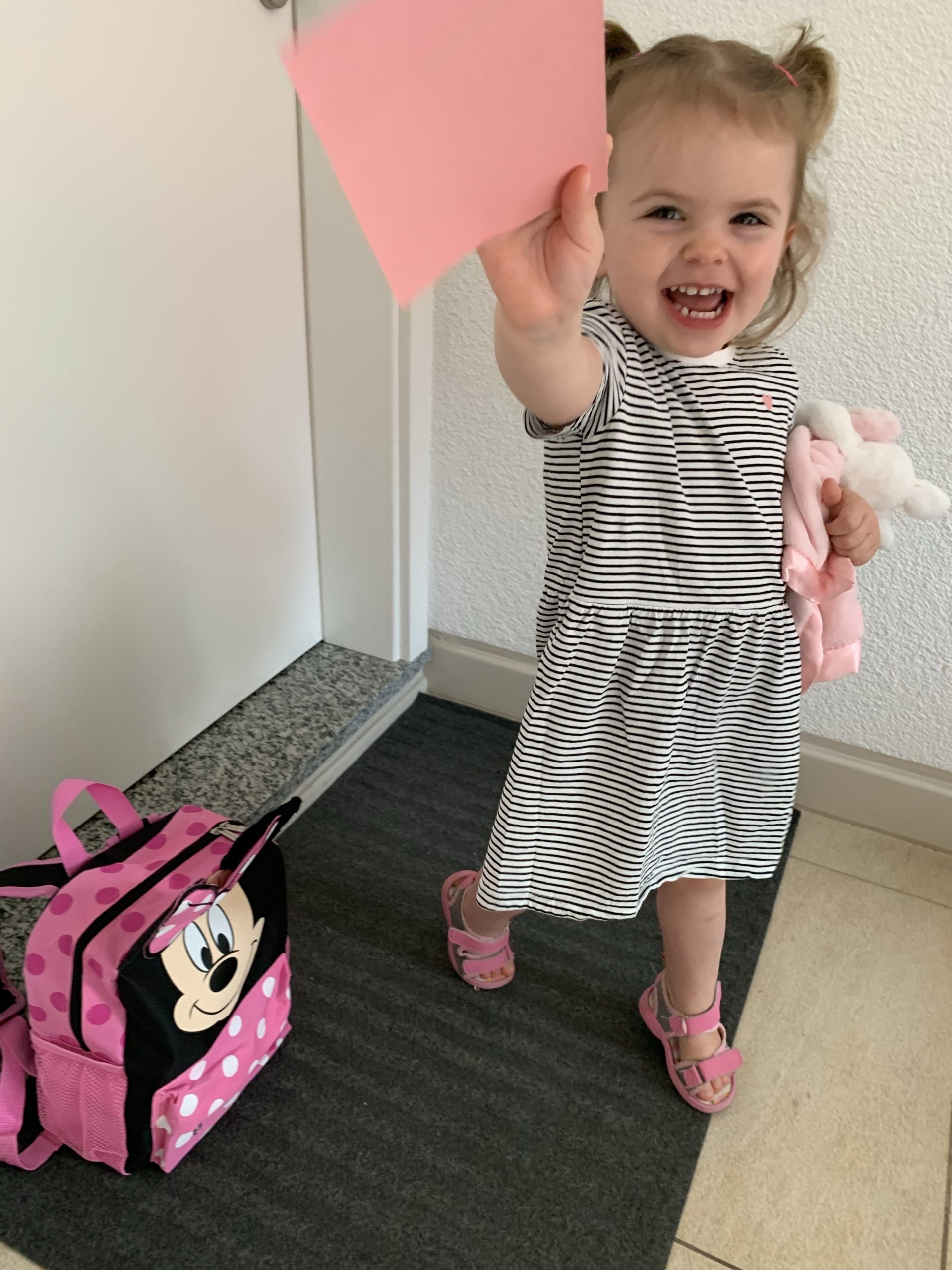
Carson started school back in August. What is different between the American schooling system and the German schooling system is a phase known as the “settling in” phase. From my experience as a teacher in the US, parents drop their children off at school on the first day of school in the morning and pick them up at the end of the school day. Yes, there are tears (by both parents and kiddos) but its more of a jump with both feet into the deep end approach. In Germany, its a weeks long process to get the children ready and comfortable with going to school a full day. More of a dip your toe in the water and gradually walk until the water gets deeper and deeper approach. By week two the water has reached your knee caps and by week three its at your waist.
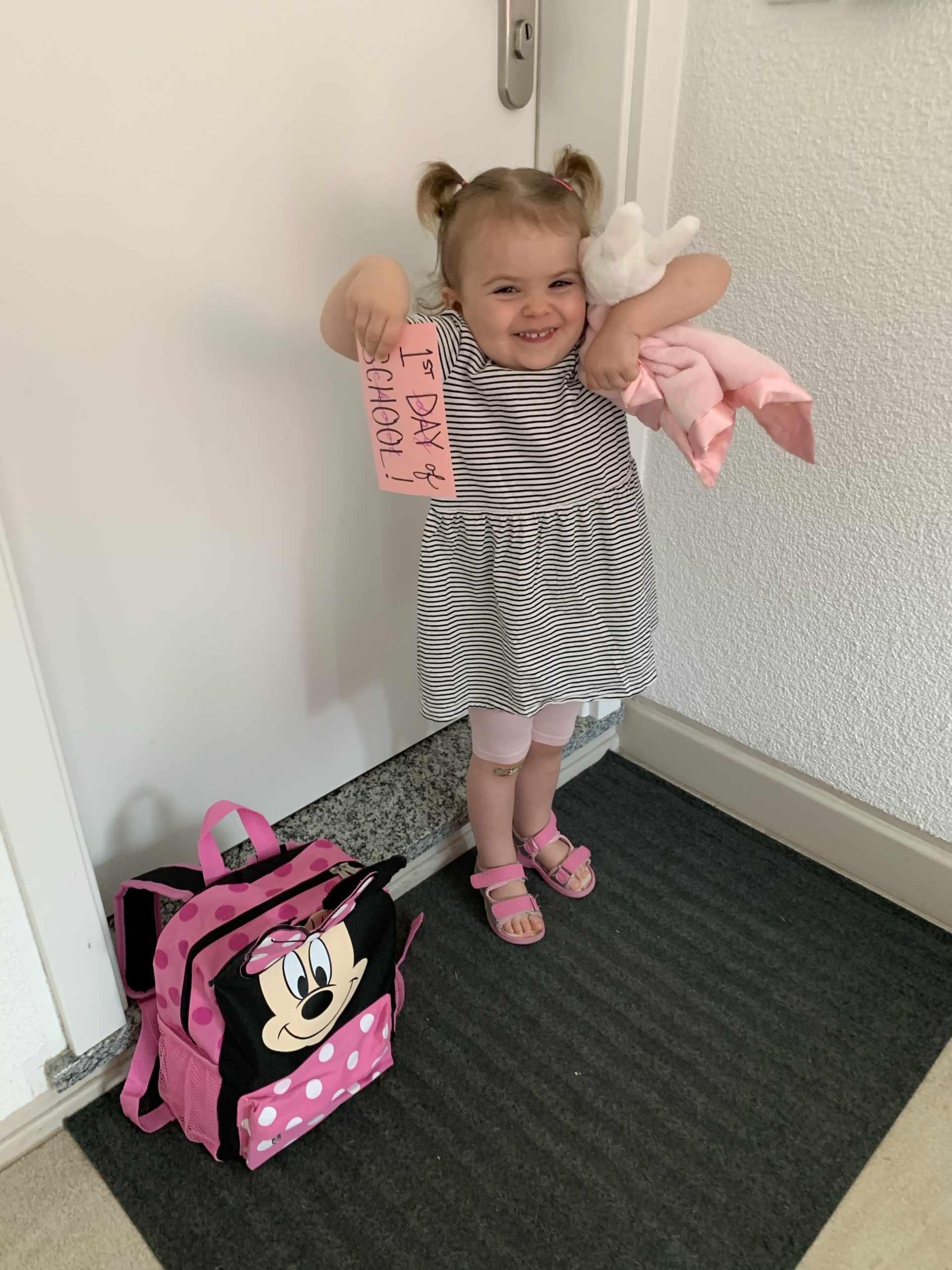
Just to give you an idea of what the “settling in” phase looks like, everyday week one, the parent and child experience the classroom for one hour. The child is allowed to explore and play while the parent sits off to the side. Throughout the “settling in” phase the parent is only to interact with the child if and when the child interacts with the parent. Week two, the child and parent go into the classroom for two hours. If the child seems comfortable, the parent leaves/waits outside for the last 15-30 minutes. The length of time is dependent on how comfortable the child is and whether the child can be comforted by an adult other then their parent. Week three, the child goes to school for about half a day. For Carson, this meant that she was dropped off in the morning and I picked her up right after lunch. Week four, the child goes to school for the entire day but the parent is a quick phone call away.
Yes, this is a long process. However, I found it particularly helpful. I do not speak German and Carson does not speak German. I am also very used to the American school system and knew very little to nothing of the German school system. It was nice to be in the classroom to experience circle time, play groups, toilet breaks, and interactions between Carson and classmates/teachers. Since her “settling in” phase was during a global pandemic, only one new parent/student combo were allowed in the classroom at a time (and with a mask, of course). In normal, non-pandemic times, 3-4 new students and their parents would be in the classroom at the same time.
Carson has been in kindergarten for about four months already! Wow, where has the time gone? After a month of Carson going to kindergarten regularly, I met with her teacher to check in on her progress. It was a 30 min parent/teacher conference where Carson’s teacher informed me that Carson loves all things school related, especially circle time and singing. She said that Carson has many friends and while they may not speak the same language it hasn’t stopped them from communicating and playing all day.
